
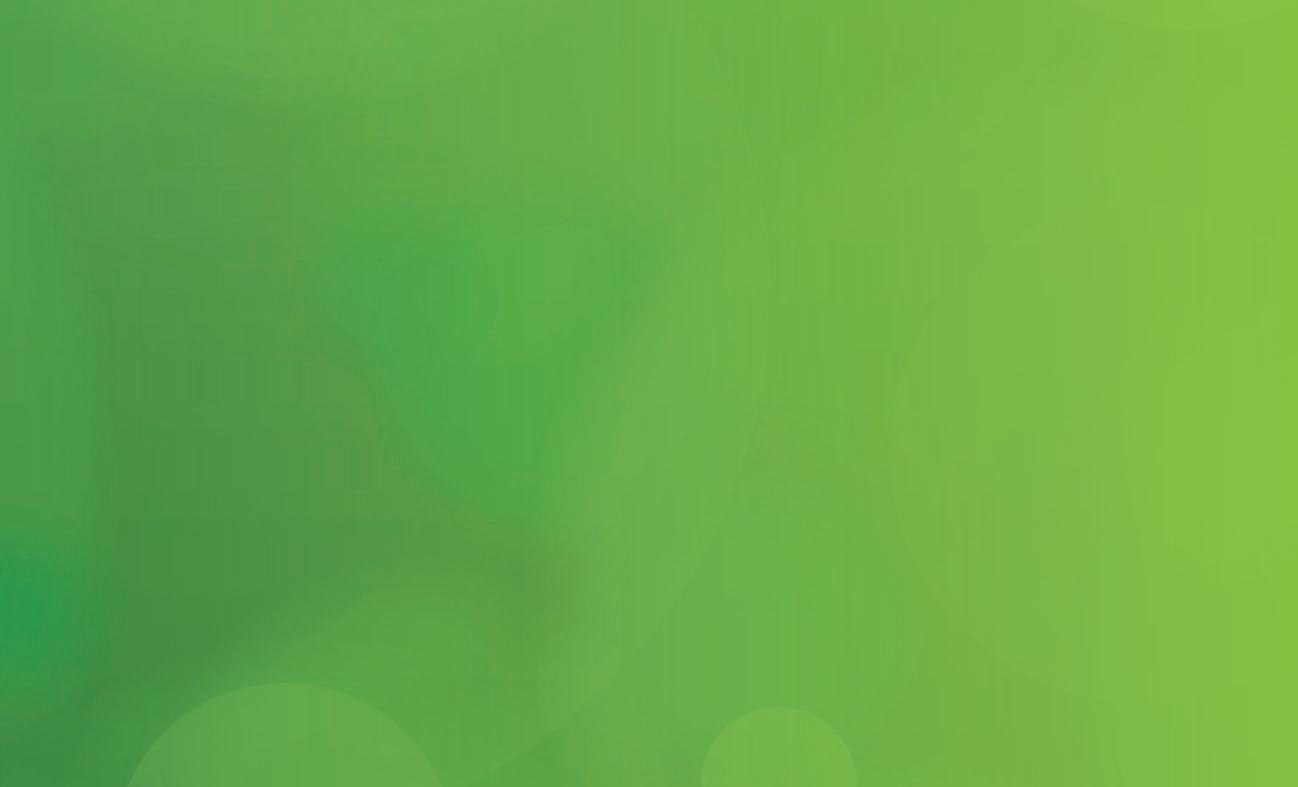











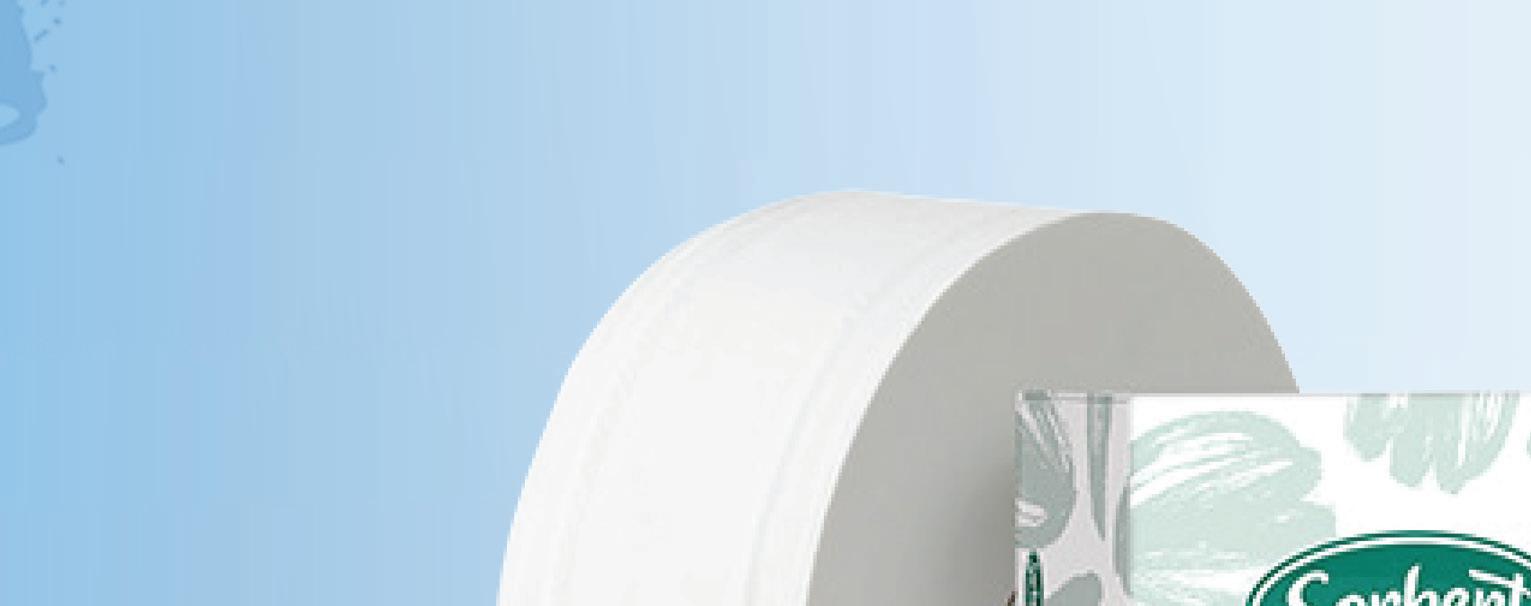

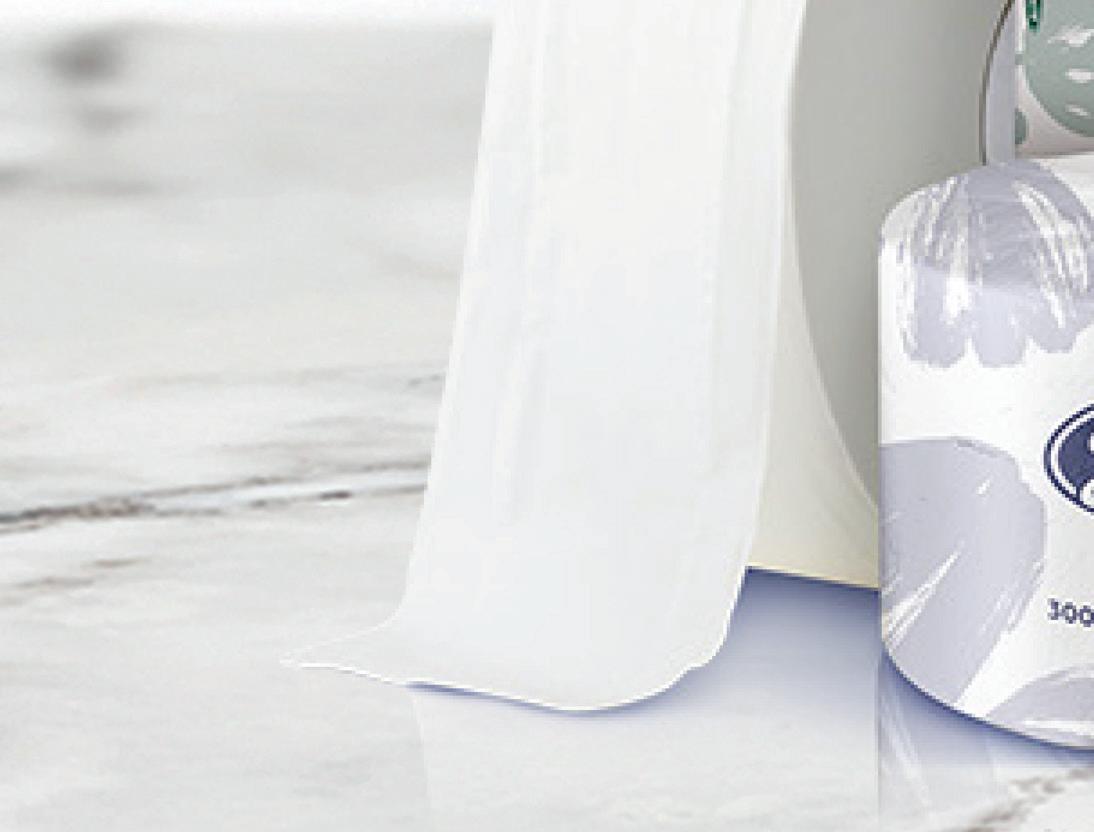

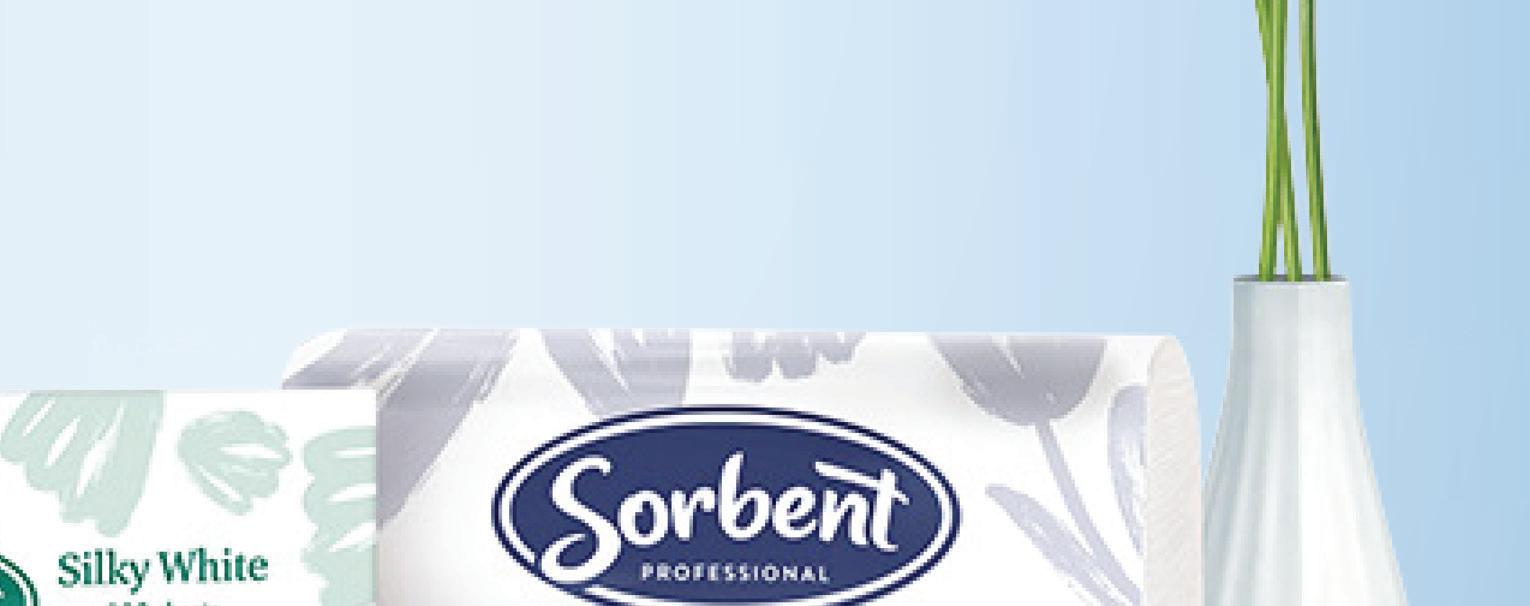
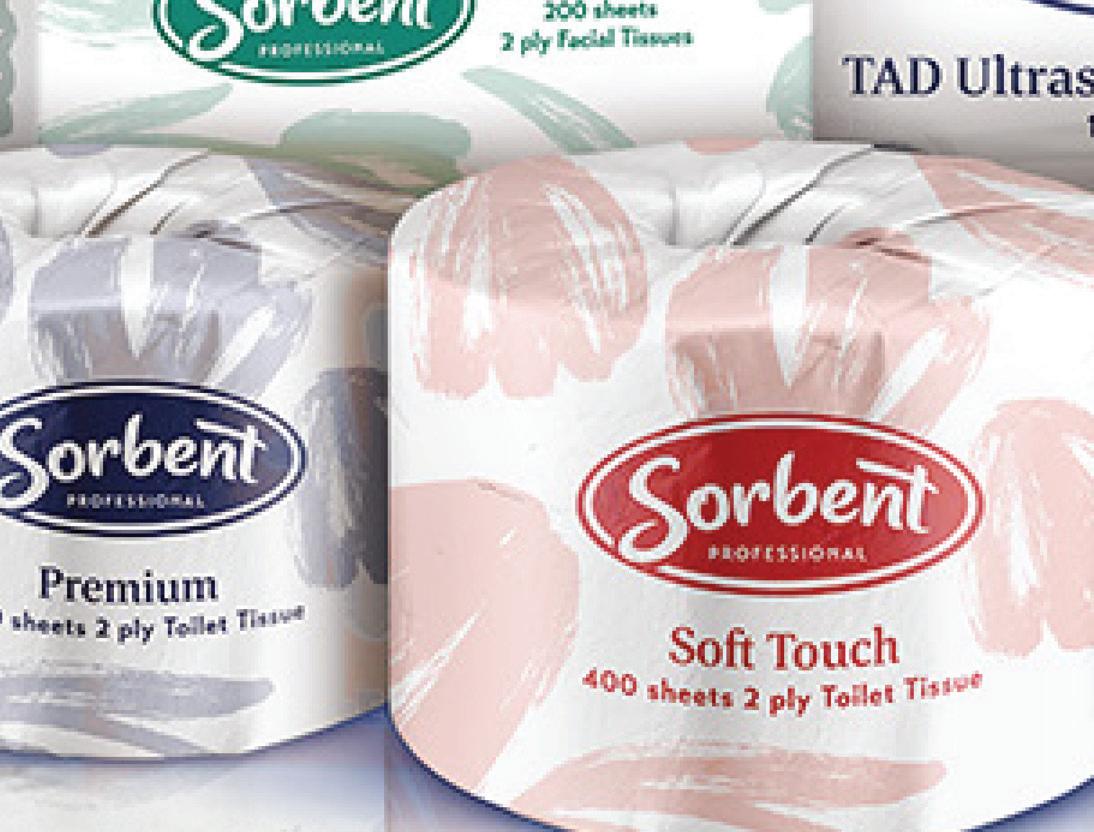

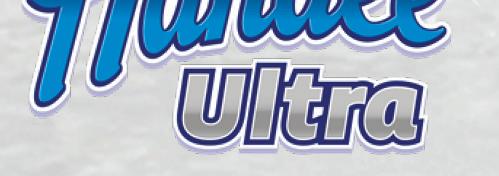

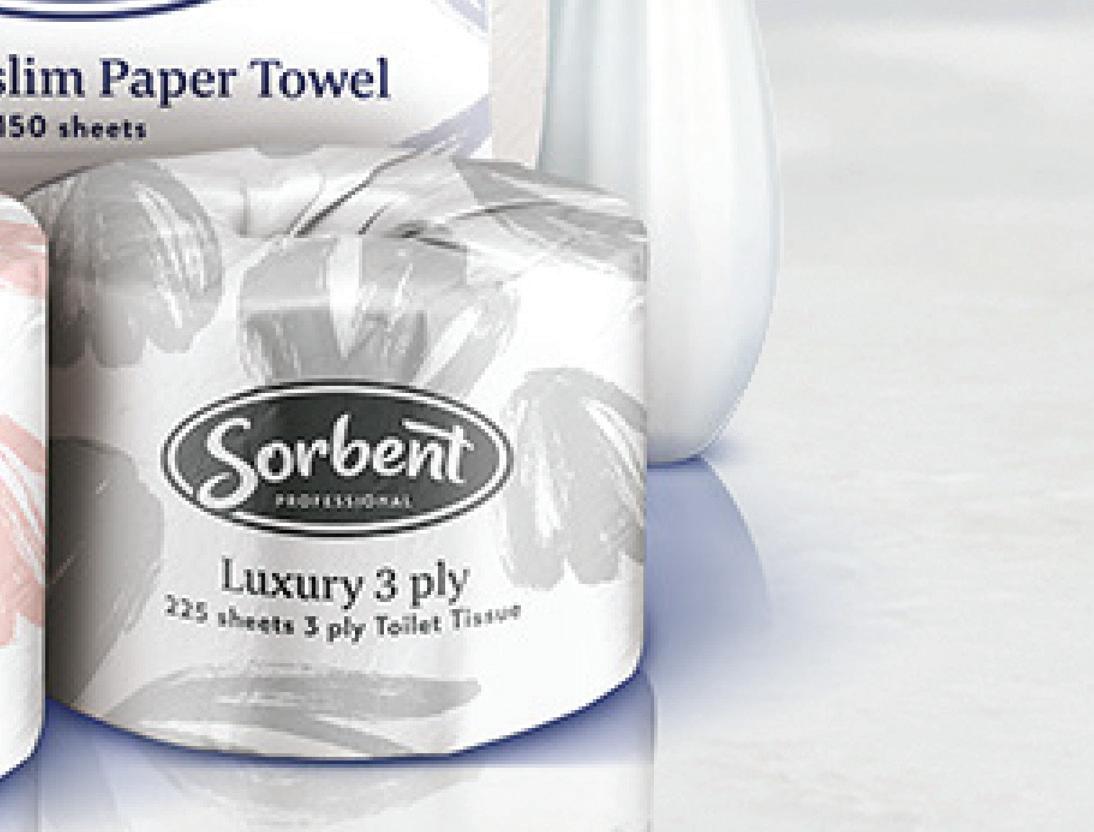





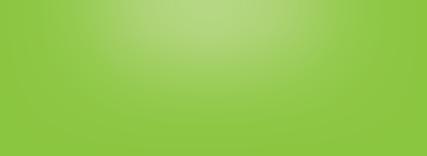





Bringing a TOUCH OF HOME to your work www.rapidclean.com.au EMPOWERING THE OCEANIA CLEANING AND HYGIENE INDUSTRY www.incleanmag.com.au March / April 2024 powered by
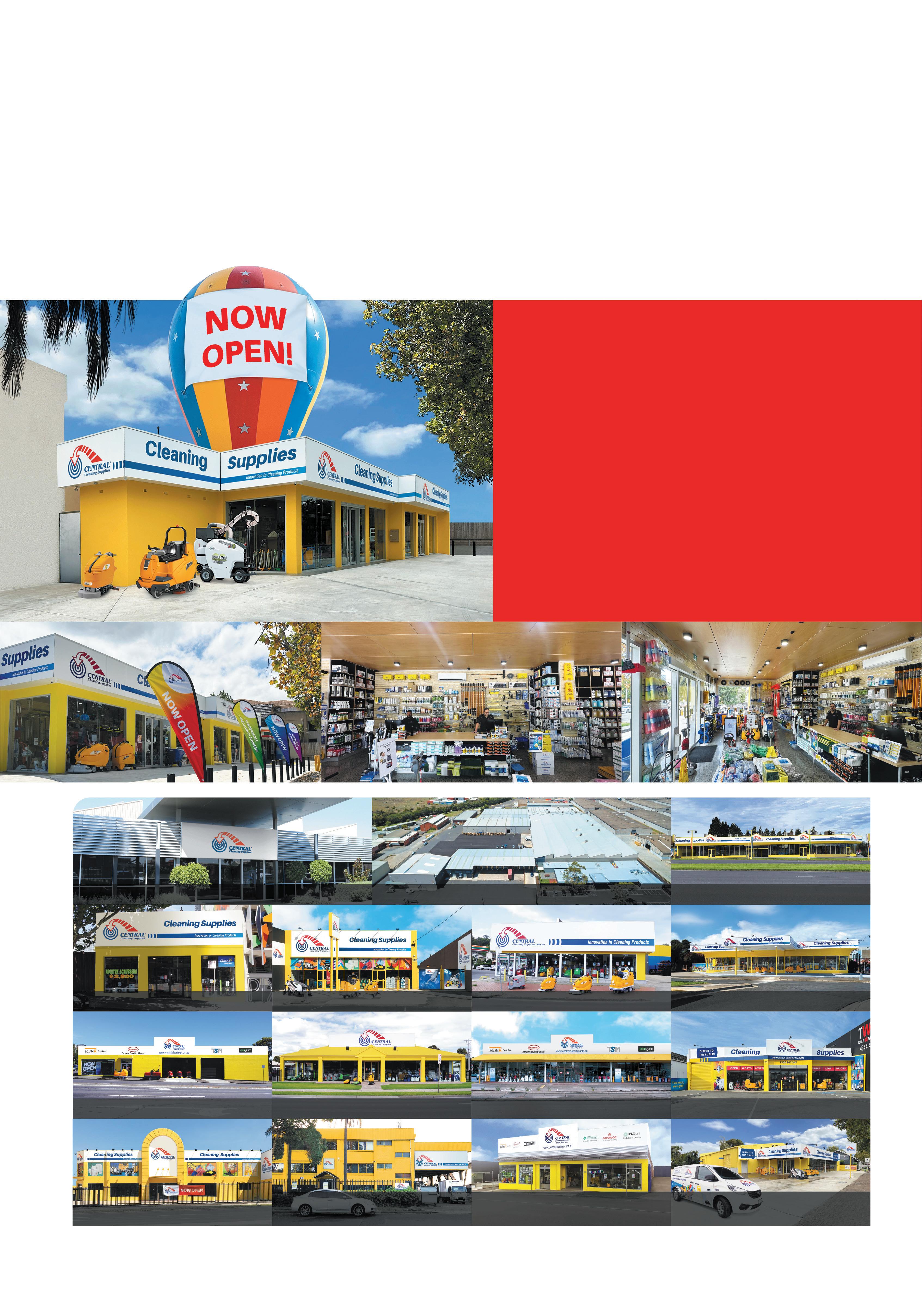
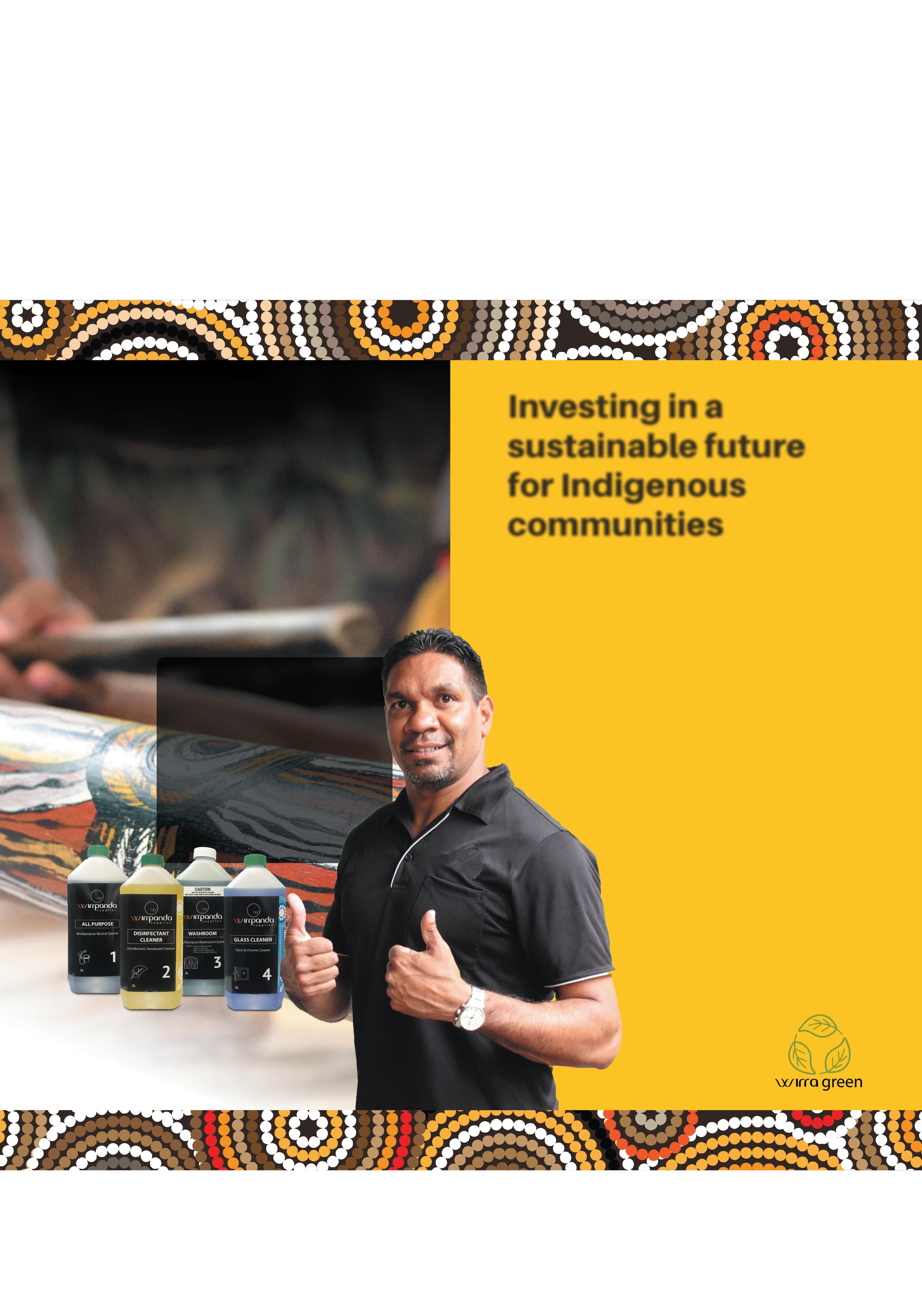



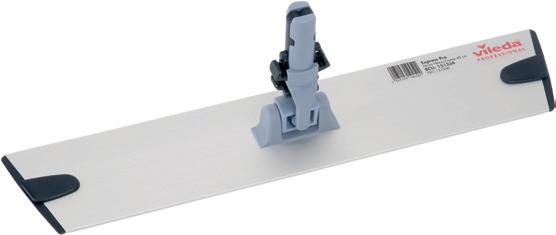








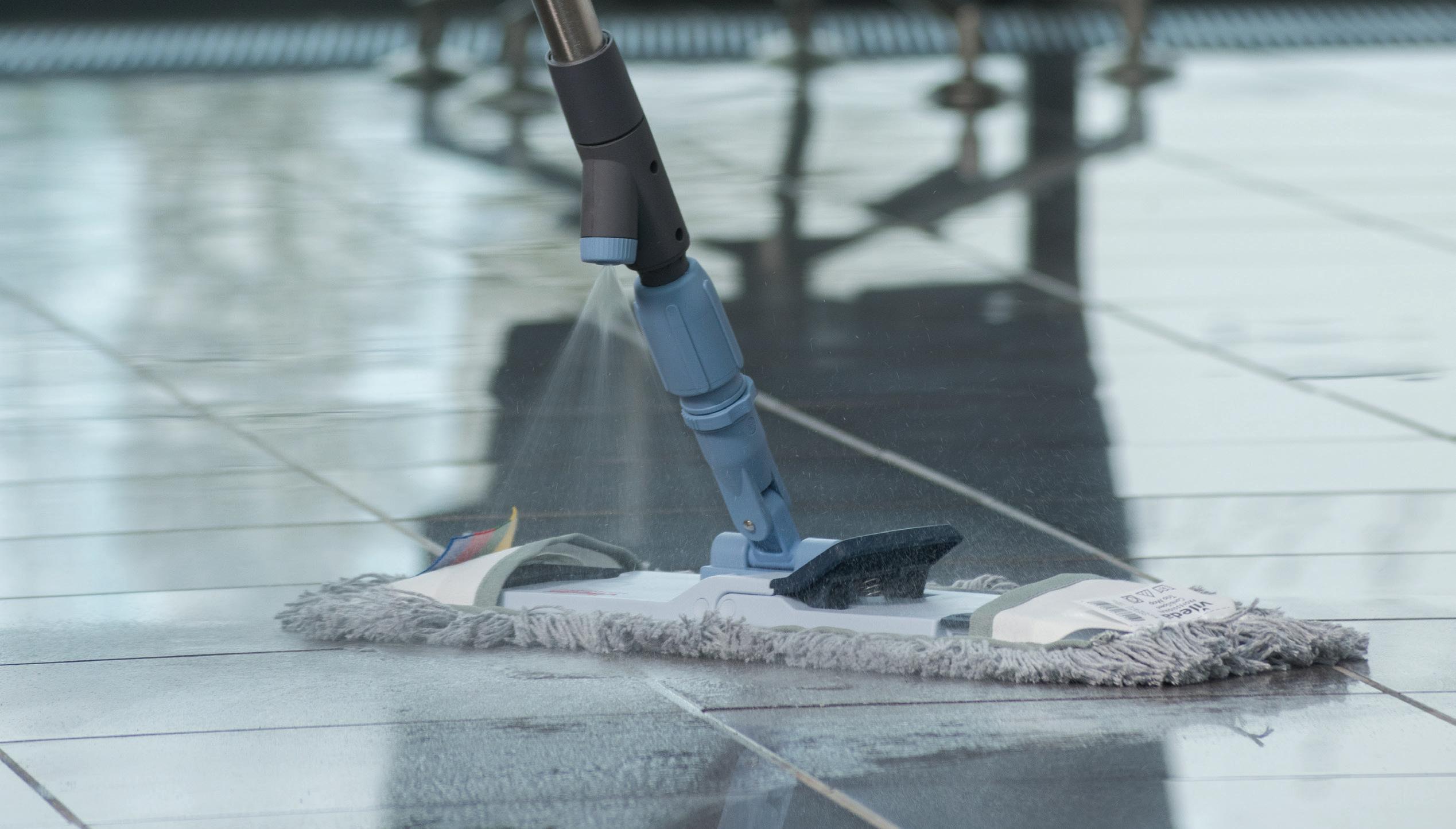

INCLEAN
Lauren

MANAGER:
Je Cross
Email: editor@incleanmag.com.au
ADVERTISING MANAGERS:
Micah Ogburn
Iris Weinstein
Email: sales@incleanmag.com.au
DESIGNER:
Erika Talbot
Approved Publication
No.
PP: 100007242
SUBSCRIPTION RATE
issues)
powered by
agents, company o icers or employees. Any use of the information contained in this publication is at the sole risk of the person using that information. The user should make independent enquiries as to the accuracy of the information before relying on that information. All express or implied terms, conditions, warranties, statements, assurances and representations in relation to the Publisher, its publications and its services are expressly excluded save for those conditions and warranties which must be implied under the laws of any State of Australia or the provisions of Division 2 of Part V of the Trade Practices Act 1974 and any statutory modification or re-enactment thereof. To the extent permitted by law, the Publisher will not be liable for any damages including special, exemplary, punitive or consequential damages (including but not limited to economic loss or loss of profit or revenue or loss of opportunity) or indirect loss or damage of any kind arising in contract, tort or otherwise, even if advised of the possibility of such loss of profits or damages. While we use our best endeavours to ensure accuracy of the materials we create, to the extent permitted by law, the Publisher excludes all liability for loss resulting from any inaccuracies or false or misleading statements that may appear in this publication. Copyright © 2024 - ISSA.
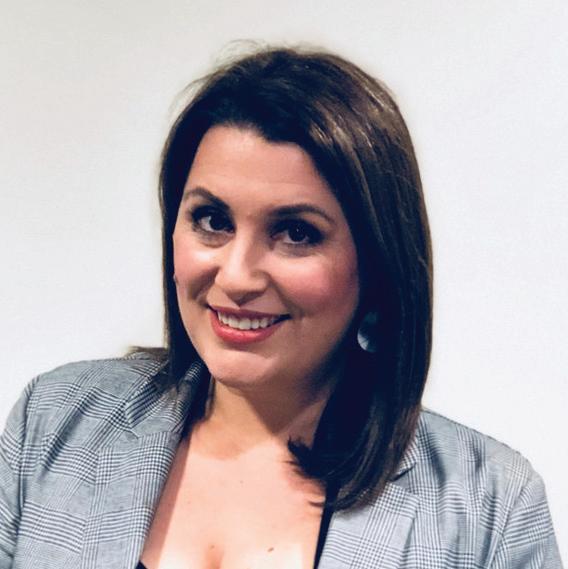
IINCLEAN’s modern evolution to serve Oceania is now.
n a rapidly changing media landscape, our priority is adapting and innovating to meet the needs of our cleaning and restoration audiences and our ISSA industry partners.
With this in mind, we are excited to announce a significant transformation within INCLEAN that will unite the Australian and New Zealand editions into a powerful media brand that serves the entire Oceania market. This strategic decision reflects our commitment to enhancing your media experience.
This represents more than just a merger; it signifies a new chapter in the history of INCLEAN. With over a century of global experience from ISSA, our mission is to create a more connected Oceania region equipped with updated platforms to serve our audience better while generating opportunities for industry suppliers and partners.
What can you expect? Here are a few improvements you can look forward to.
• Amplified digital reach
We will bring together the Australian and New Zealand subscriber bases, resulting in a broader and more influential digital audience across the Oceania region. We aim to provide you with even more diverse perspectives, insights, and opportunities from across Oceania’s cleaning and restoration industries.
• Enhanced digital offerings
As technology continues to impact us, we are committed to leveraging the latest digital tools and social channels to deliver valuable content. Expect improved digital offerings that cater to your preferences and provide an enhanced browsing experience.
• Frequency enhancements
To streamline content delivery and provide everyone with more in-depth analysis, the entire region will now be on the same schedule and receive INCLEAN media content bimonthly.
• Weekly e-newsletter
To keep you updated in real time and maintain an ongoing dialogue with our readers, we bring you a weekly e-newsletter. This newsletter will deliver the latest industry news, exclusive interviews, and highlights from our bimonthly publication directly to your inbox. ■
Lauren Micallef is the Oceania Manager of ISSA, the worldwide cleaning industry association. She has been instrumental in organising the ISSA Cleaning & Hygiene Expo in Australia, which is the largest cleaning and hygiene show in the region.
FOR MORE INDUSTRY NEWS FOLLOW US ON
CHECK OUT WWW.INCLEANMAG.COM.AU
ISSA takes its corporate and social responsibilities seriously and is committed to reducing its impact on the environment. We continuously strive to improve our environmental performance and to initiate additional CSR based projects and activities.
As part of our company policy we ensure that the products and services used in the manufacture of this magazine are sourced from environmentally responsible suppliers. This magazine has been printed on paper produced from sustainably sourced wood and pulp fibre and is accredited under PEFC chain of custody.
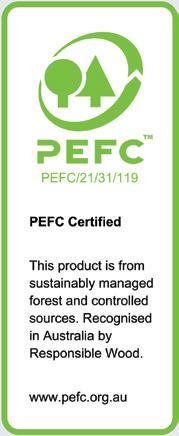
DISCLAIMER: This publication is published by ISSA, the worldwide cleaning industry association. Materials in this publication have been created by a variety of di erent entities and, to the extent permitted by law, the Publisher accepts no liability for materials created by others. All materials should be considered protected by Australian and international intellectual property laws. Unless you are authorised by law or the copyright owner to do so, you may not copy any of the materials. The mention of a product or service, person or company in this publication does not indicate Publisher endorsement. The views expressed in this publication do not necessarily represent the opinion of the Publisher, its
PEFC certified wood and paper products come from environmentally appropriate, socially beneficial and economically viable management of forests. is published by ISSA - The Worldwide Cleaning Industry Association. Suite 1, Level 1, 52 O’Connell Street, Parramatta, NSW 2150
Micallef
OCEANIA
DIRECTOR:
MEDIA
NATIONAL
GRAPHIC
Print Post
AUSTRALIAN
$66
GST)
12 months (6
-
(inc.
INCLEAN is owned by ISSA ABN: 44 617 407 020 P: +61 2 9890 4951 A: Suite 1, Level 1, 52 O’Connell Street, Parramatta, NSW, 2150 W: www.issa.com
www.incleanmag.com.au 3 EDITOR’S LETTER
Email: info@incleanmag.com.au

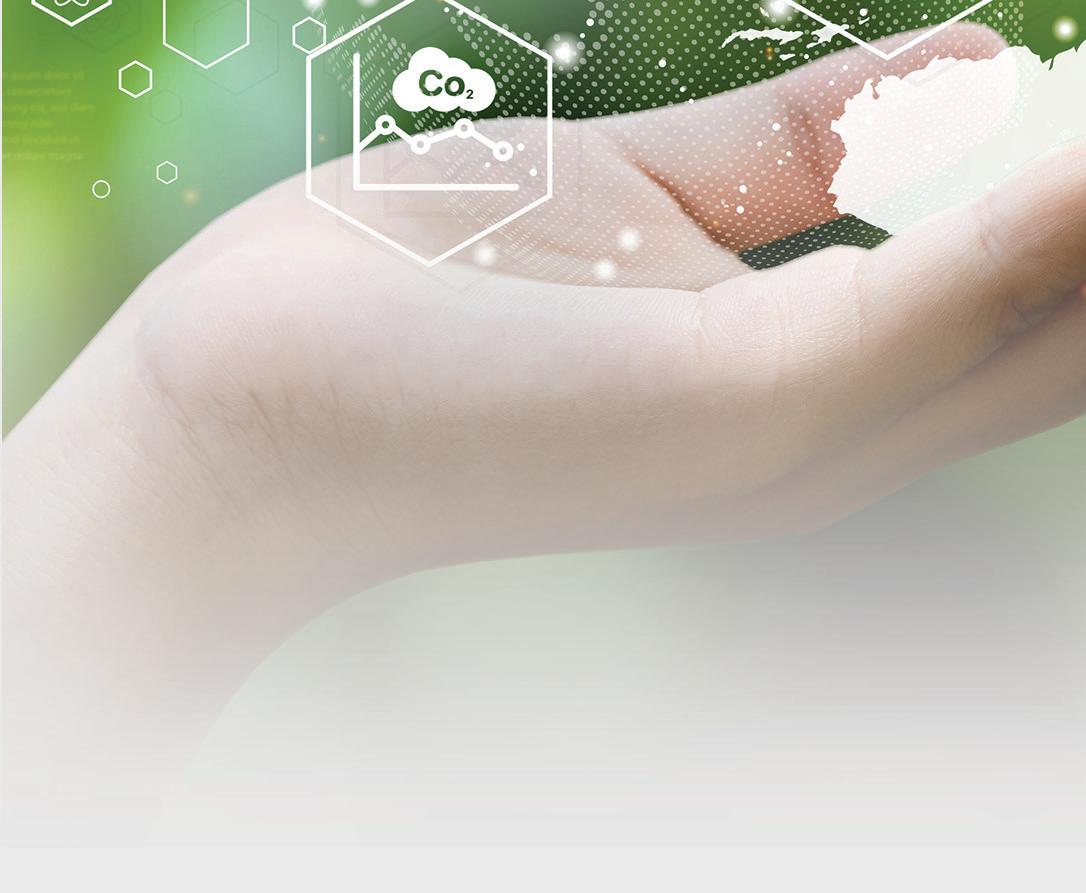
What’s on
2024
ISSA Pavilion China Clean Expo
26-29 March 2024
The flagship exhibition returns to Shanghai in 2024. www.chinacleanexpo.com
Interclean Amsterdam
14-17 May 2024
Industry professionals to gather in Amsterdam. www.intercleanshow.com/amsterdam
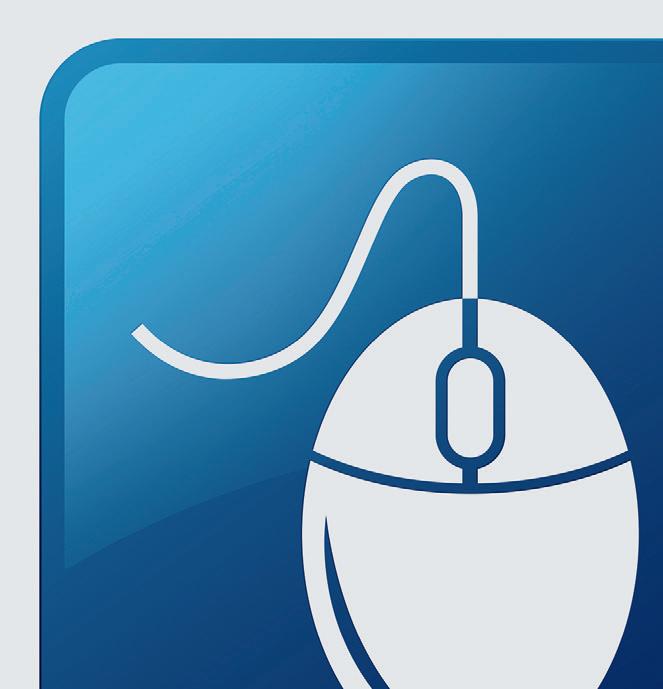
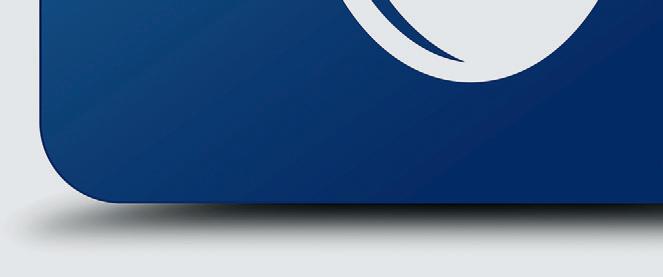

IN THE NEWS!
www.incleanmag.com.au
Fels takes aim at price-gouging practices of big business
An inquiry into corporate price gouging has revealed that unfair prices are fueling cost-of-living pressures for many Australians.
MCG set to shine following Quayclean agreement
IICRC announces new standard for trauma and crime scene cleanup
The Institute of Inspection Cleaning and Restoration Certification (IICRC) has announced the publication of a newly revised ANSI-approved ANSI/IICRC S540 Standard for Trauma and Crime Scene Cleanup (2nd edition, 2023).
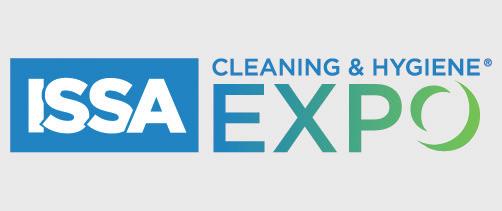
Quayclean Australia awarded a five-year contract by the Melbourne Cricket Club (MCC) for work at the iconic Melbourne Cricket Ground (MCG).
ISSA Cleaning & Hygiene Expo
11-12 September 2024
Australia’s premier trade event for the cleaning and hygiene industry will be held at ICC Sydney. www.issacleaninghygieneexpo.com
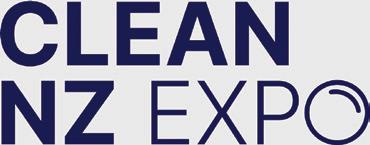
CleanNZ Expo
6-7 November 2024
Clean NZ Expo will take place at the Te Pae Christchurch Convention Centre in Christchurch. www.cleannzexpo.co.nz
ISSA Show North America
18-21 November 2024
The premier trade show exclusively for the cleaning and facility management industries returns to Las Vegas. www.issashow.com
Godfreys Group enters voluntary administration
Godfreys Group Pty Ltd and its subsidiaries in Australia and New Zealand (‘Godfreys’) have today entered into Voluntary Administration.
Study examines connection between hospital beds and C. di icile infections
Researchers recommend increased attention on cleaning and disinfecting.
UK study says bleach ine ective against C. di icile spores in scrubs
the report’s findings raise concerns about disinfectant e icacy and bacterial resistance when dealing with healthcareassociated infections (HAIs).
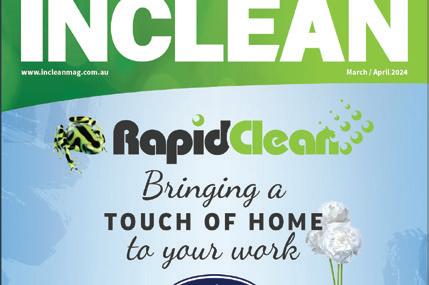
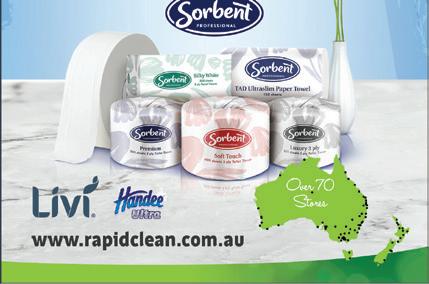
ON THE COVER
RapidClean is an Australian and New Zealand Cooperative with over 70 stores, employing more than 500 dedicated professionals with 150 delivery vehicles on the road. The RapidClean business is made up of cleaning supply experts who manage their own stores and focus on providing customers with the support of a national organisation, along with a local touch and one-stop-shop, cost-e ective solutions.
4 INCLEAN March / April 2024

14
20
22
24

32
34
38

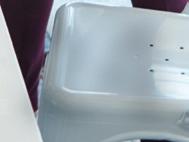
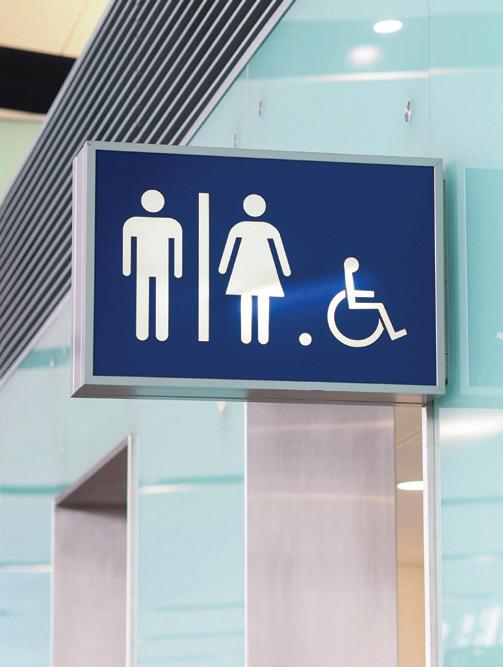
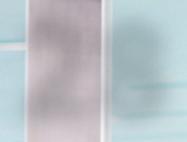
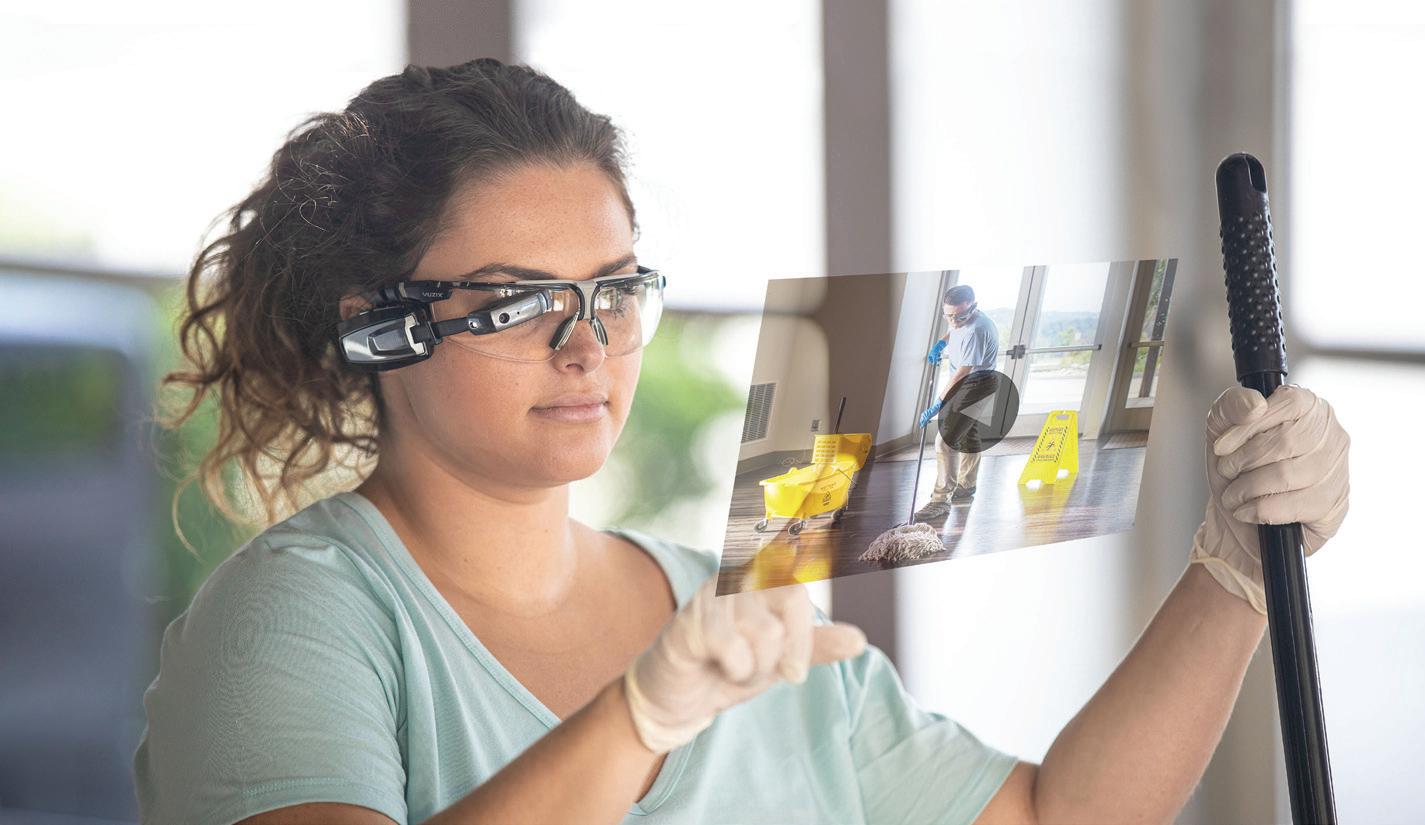
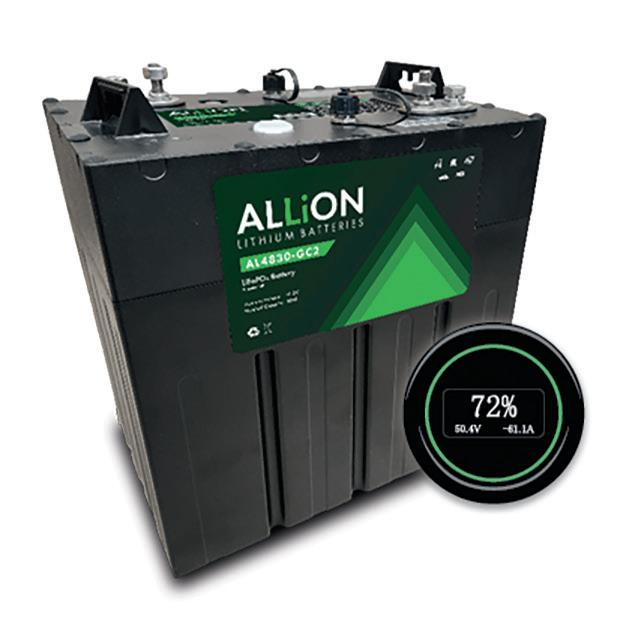

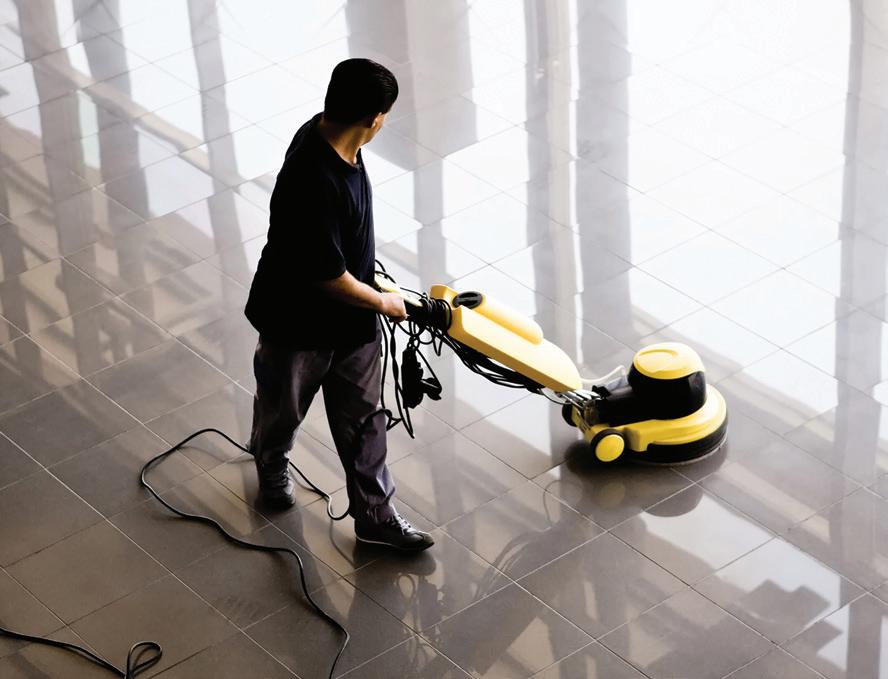
Features
Killing Germs With UV-C Light
Q&A featuring
man and
Gavin Macgregor-Skinner.
A
Doug Ho
Dr
The Art of Prospecting
has changed, and we must change with it.
It
Transforming Your Brand
water damage marketing strategies proven to work.
Five
Attracting Younger Sales Talent Tips and strategies to update your hiring techniques.
Data-Driven Cleaning Facility managers take note. It’s coming to a restroom near you.
28
The Plunger
tool no one wants to discuss, but one that every bathroom and business needs.
The
Are You Future Ready?
strategies for embracing technology and preparing your workforce for tomorrow.
Four
Smart Sales Strategies Create your plan to win commercial floor care clients.
Price Jobs to WIN in Uncertain Times An unseen battle for business owners and CEOs. 24 Regulars 03 Editor’s Letter 04 Industry News 14 Cover Story 44 Products 38 34 MARCH / APRIL 2024
ISSUE ISSUE #2 VOLUME 37 28 44 22 www.incleanmag.com.au 5
42
IN THIS
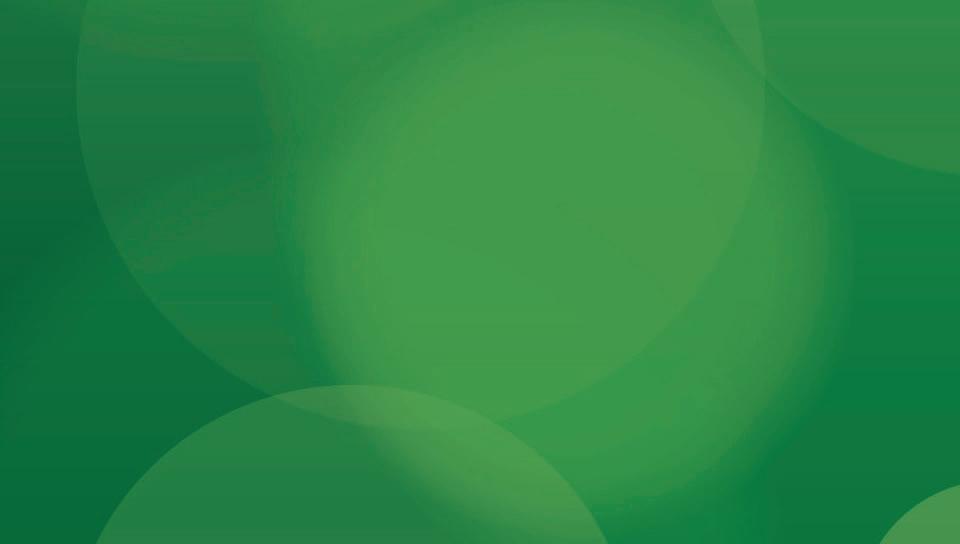

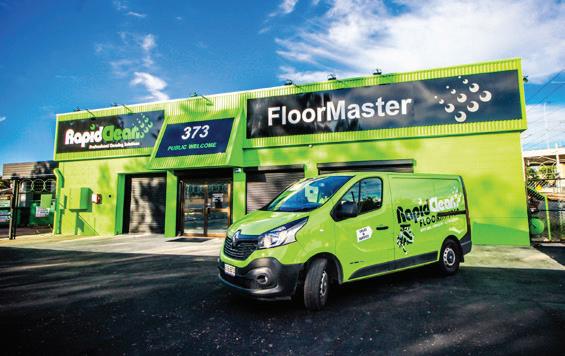

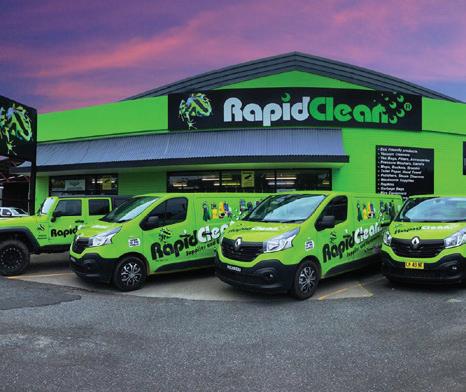







RapidClean
RapidClean
RapidClean
RapidClean
RapidClean
RapidClean



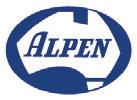


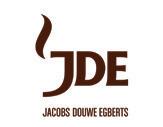


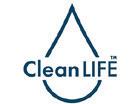




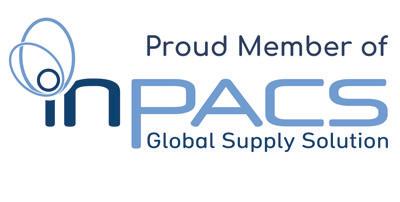
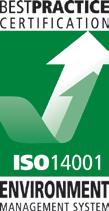
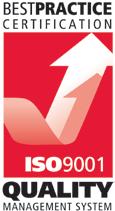
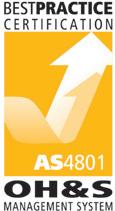

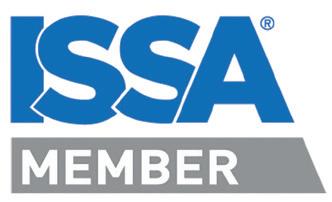



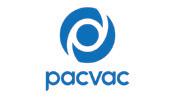


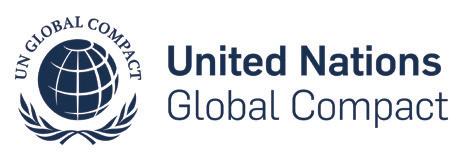


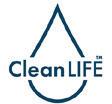
















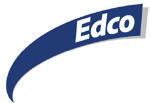





National Strength. Local Service. Experts In Cleaning Supplies WHY CHOOSE RAPIDCLEAN?
have a huge range of cleaning, catering, packaging and safety supplies
RapidClean
uses their bulk buying power to secure cost savings for customers
offer centralised Key Accounts for large customers
have over 70 stores in Australia and New Zealand
sell and service major brands of cleaning equipment
stock the best products from the best suppliers
is Quality Assured
has been trading for over 30 years
are Australian and New Zealand owned and operated RAPIDCLEAN SUPPLIES QUALITY PRODUCTS FROM INDUSTRY LEADERS CLEANING SOLUTIONS CLEANING ACCESSORIES PPE & SAFETY HEALTHCARE SUPPLIES AUTOMOTIVE PAPER & WASHROOM HOSPITALITY SUPPLIES WASTE MANAGEMENT CLEANING EQUIPMENT OUR PRODUCTS Custom Catalogues Wha changes can you make? Add ou L go Add d Ch t t h bu ne s o ou chem Custom Catalogues Wh t h g y k ? dd y g Add b Add you on a t de a h g p g h y b h Total Cleaning Supplies & Equipment Solutions ONE STOP SHOP
RapidClean
RapidClean


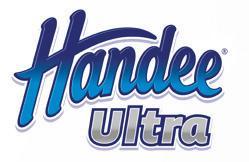
Bringing COMFORT to your EVERYDAY HYGIENE

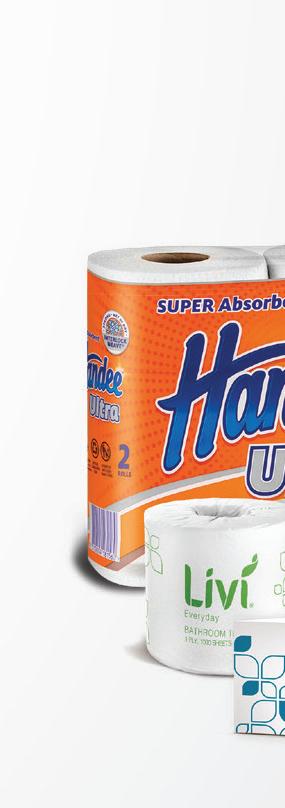
SUSTAINABLE SOLUTIONS: THE COLLABORATIVE JOURNEY OF SOLARIS PAPER AND RAPIDCLEAN IN FACILITY MANAGEMENT
In the dynamic world of facility management, partnerships play a pivotal role in delivering sustainable solutions that meet the evolving needs of businesses and consumers alike. One such partnership that stands out for its commitment to innovation, quality, and environmental stewardship is the collaboration between Solaris Paper and RapidClean. Together, we are reshaping the landscape of hygiene and sustainability within the facility management sector.
A SHARED VISION FOR SUSTAINABILITY
At the heart of this collaboration lies a shared vision for sustainability. Solaris Paper, known for its commitment to Sustainability & Ethical Sourcing and high-quality hygiene products, has been a trailblazer in the industry. From toilet tissue to hand towels and wipes, Solaris Paper’s products are not only efficient but also environmentally responsible, all products are PEFC certified.
As a trusted supplier of cleaning and hygiene solutions to several industries, RapidClean understands the importance of offering sustainable alternatives that promote health and wellbeing.
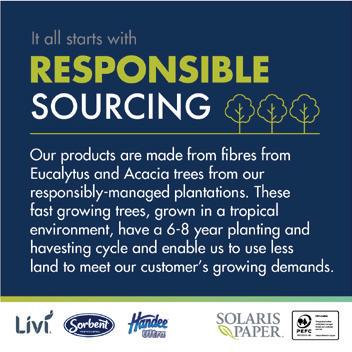
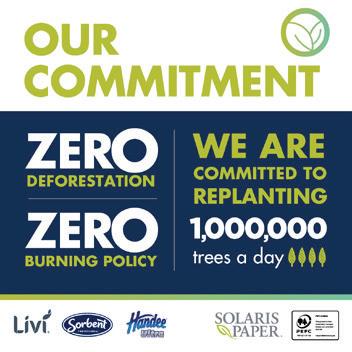
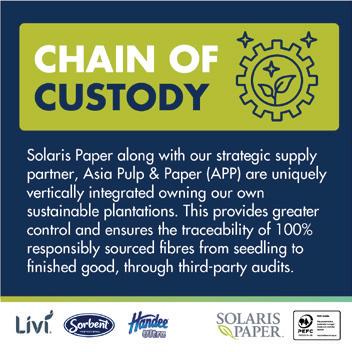
LEVERAGING STRENGTHS FOR MUTUAL GROWTH
The partnership between Solaris Paper and RapidClean is built on the complementary nature of their strengths, Solaris Paper’s state-of-theart manufacturing facilities ensure the production of premium hygiene products that meet the highest industry standards. RapidClean, with its expansive distribution channels and deep market insights, helps to bring these products to a wider audience, ensuring accessibility and convenience.

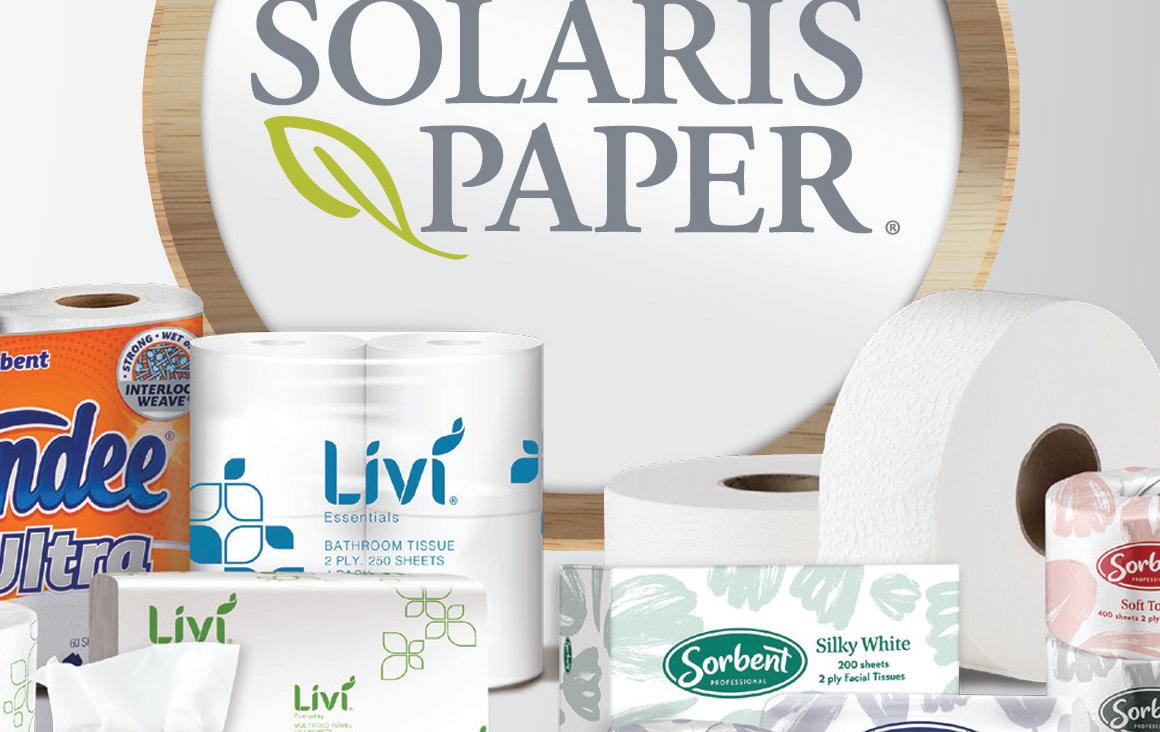



Together, Solaris Paper and RapidClean can offer a comprehensive suite of solutions that cater to the diverse needs of facility managers and consumers. Whether it’s providing cost-effective restroom solutions or promoting hygiene practices in high-traffic environments, this collaboration is redefining the way facilities are managed. Both companies are constantly exploring new ways to enhance the efficiency and effectiveness of their products and services.
From the development of biodegradable towels to the introduction of smart dispensing systems, Solaris Paper and RapidClean are at the forefront of driving positive change in the industry.
LOOKING AHEAD: A FUTURE OF POSSIBILITIES
As Solaris Paper and RapidClean continue to forge ahead on their collaborative journey, the possibilities are endless. With a shared commitment to sustainability, innovation, and customer satisfaction, we are poised to shape the future of facility management for years to come.
By staying true to our core values and embracing the challenges of tomorrow, Solaris Paper and RapidClean are paving the way for a more resilient, sustainable, and hygienic world.
BRINGING
A TOUCH OF HOME TO YOUR WORK
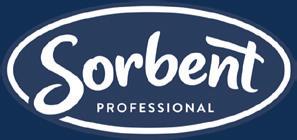
Solaris Paper is happy to bring a touch of home to your work with Sorbent Professional, designed specifically to be the best in the market with competitive pricing. The range is designed to be soft, strong, and absorbent with the iconic Australian brand “Sorbent” which is ubiquitous in Australian bathrooms, providing extra luxury for those discerning users.
The range includes:
• Toilet tissue rolls individually wrapped
• Award-winning jumbo toilet rolls
• Hypo-allergenic Facial tissues
• Australian made TAD hand towel
• Stylish dispensers
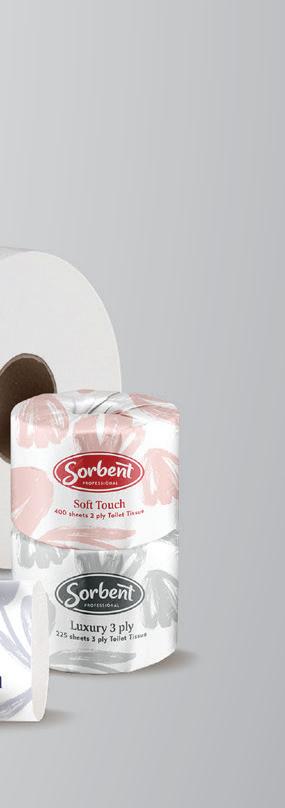
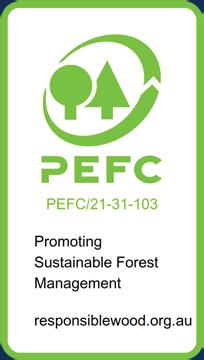

WWW.RAPIDCLEAN.COM.AU | 02 4721 1993 | SALES@RAPIDCLEAN.COM.AU
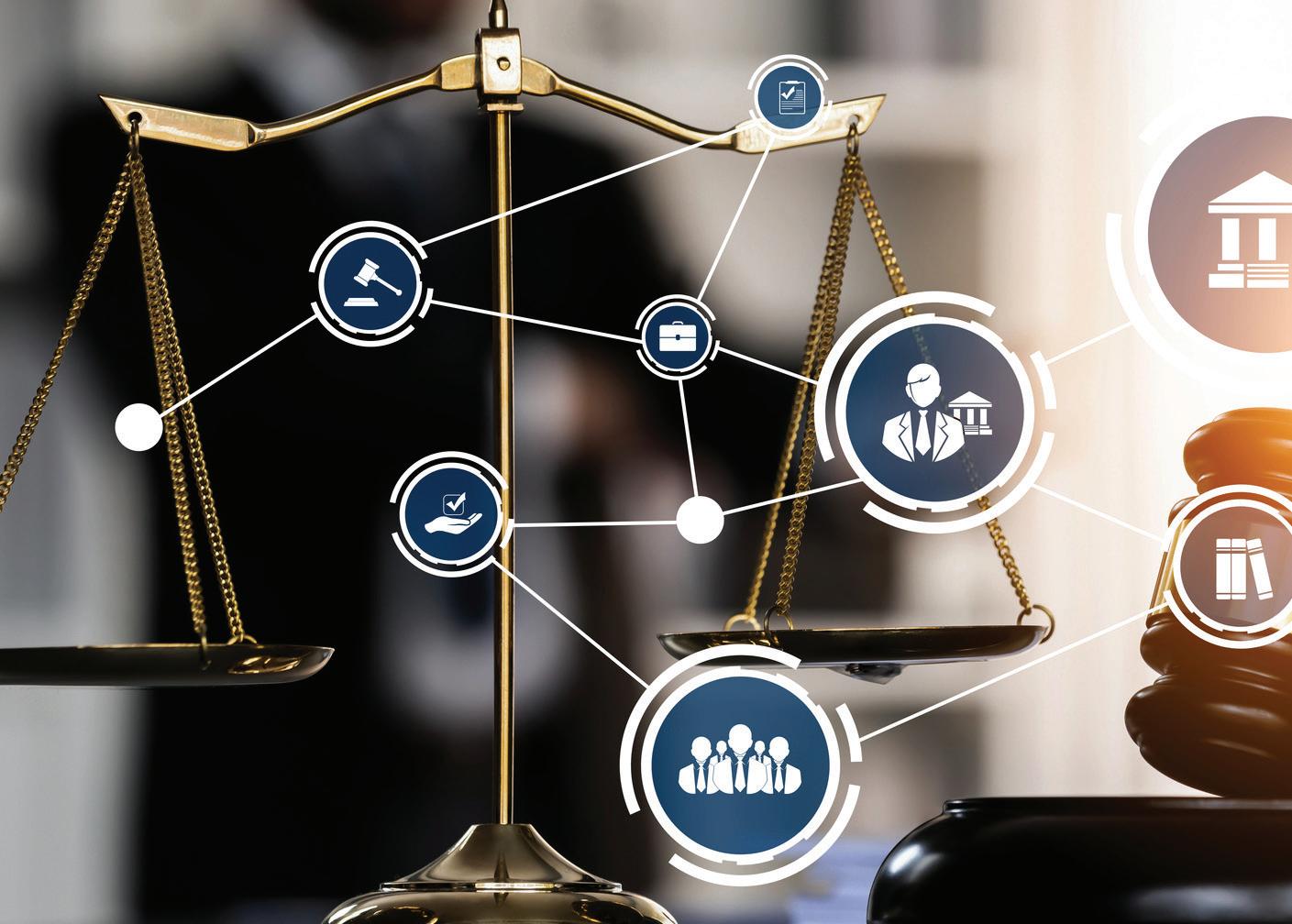
Right-to-disconnect laws creating confusion for cleaning industry
The Australian Green political party pushed for the workplace changes last year and, after debate and a series of amendments, the Labor Party’s Closing Loopholes No. 2 Bill passed the Senate on February 8 this year with the support of Labor, the Greens and independent senators Lidia Thorpe and David Pocock. The Fair Work Amendment laws strengthen rights for employees to disconnect from work emails and calls, stating that they are not required to “monitor, read, or respond to work communications from their employer outside of work hours”.
The final vote descended into confusion amid concerns that violators of the new law could inadvertently face criminal sanction and fines of up to $18,000 if they persisted in contacting a worker after receiving a ‘stop’ order from the Fair Work Commission. Labor has vowed to legislate to fix this aspect of the laws, which will not take effect until later this year.
Jenny Boymal, partnership manager for The Proven Group, a people and culture consultancy, says the new laws have created some confusion and raise questions for the cleaning industry and other sectors that rely heavily on casual and shift workers.
“With the cleaning industry, you’ve got a lot of the people whose standard work hours are outside of 9 to 5,” she says. “So, the lines are blurred.” In addition, Boymal
says right-to-disconnect legislation could cause angst for many work-from-home employees who “want to be able to work disjointed hours and take calls and emails at non-traditional hours. I actually don’t think people want flexibility to go away.”
Nevertheless, Boymal thinks controversy over the laws could prove to be a “storm in a teacup” because most
reputable businesses already have in place contractual provisions to prevent negative work-life practices. Only those that are “unscrupulous” are likely to feel the full force of the new laws. “If we’re expecting employees to be available in the evening, outside their normal hours of work, there have been requirements around those sorts of arrangements built into industrial relations instruments for a long time now.”
Dr Jim Stanford, director of the Centre for Future Work, says the new laws are “very modest and incremental” and will not result in any unreasonable bans on contacting staff, including calling shift workers at night to check on urgent roster issues.
“That’s still going to happen, but what the bill is aiming to do is stop the routine, regular use of unpaid overtime that is facilitated by all of these digital devices that follow us around,” he says. “When there are genuine operational reasons to call people, then it’s absolutely in the ballpark and workers must have the right to say ‘no’ to contact without being punished.”
EMPLOYER CONCERNS
The “right to disconnect” is based on legislation in France, where larger companies are obliged to set out the hours when staff are not supposed to send or answer emails.
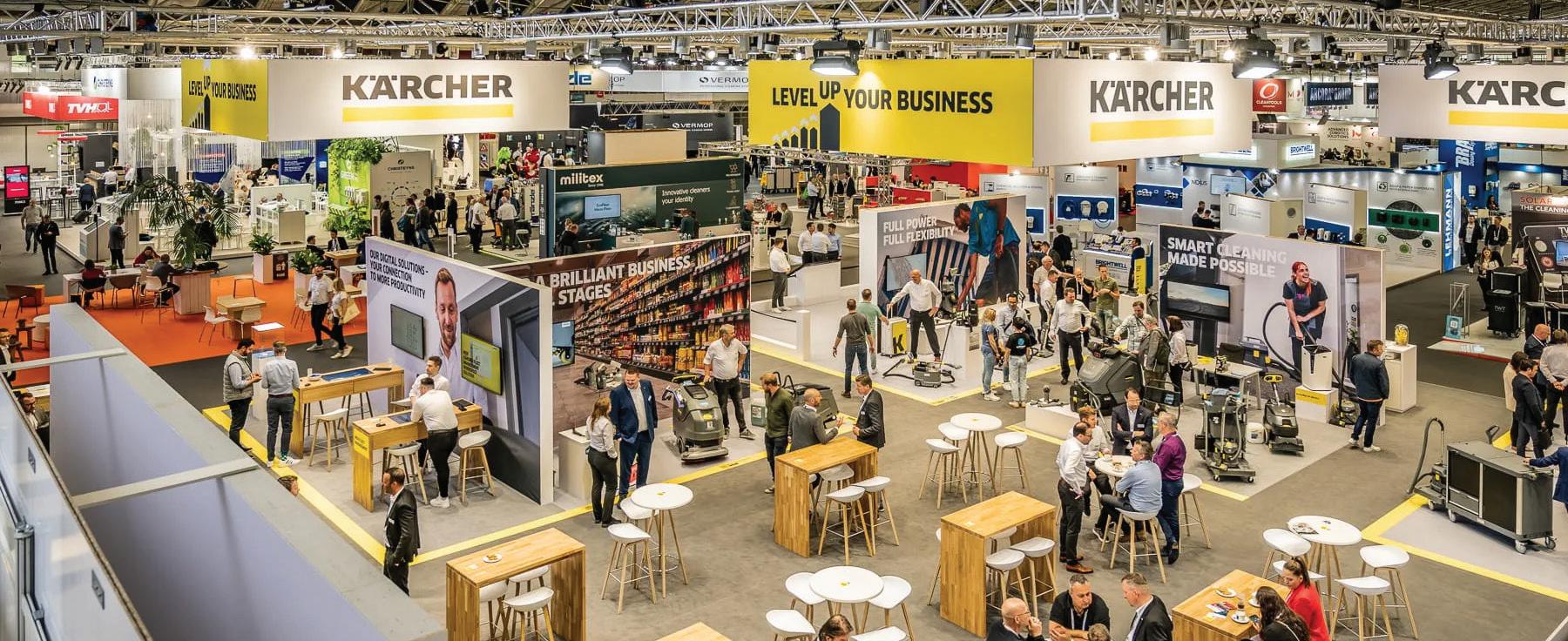
Interclean Amsterdam 2024 open for registration
Cleaning industry professionals can now register for Interclean Amsterdam 2024, Europe’s largest cleaning industry event.
The event will take place May 14–17 at RAI Amsterdam Convention Centre, and features more than 900 exhibitors. Approximately 30,000 cleaning professionals from 120 countries are expected to visit and explore some 11 exhibition halls and benefit from more than 100 knowledge sessions.
The key themes of the show this year are:
• Technology, Innovation, and Digitalisation
• Sustainability, Environment, and ESG
• Healthcare, Hygiene, and Disinfection Learn more at intercleanshow.com/amsterdam.
INDUSTRY NEWS
8 INCLEAN March / April 2024
In Australia, some employer groups have questioned the practicality of the changes, with the Australian Industry Group claiming it could damage the consensus on flexibility in the workplace and see employers react by stopping accepted casual work arrangements.
Meanwhile, the Australian Human Resources Institute has stated that its own research shows that 41 per cent of organisations surveyed already have a form of the right-to-disconnect policy in place.
Melissa Behrend, a director at HR on Call, agrees that there are many “grey areas” around the laws, including existing flexible work conditions. “For example, if you’ve got younger children and you say, ‘I want to pick up my child from school and then I’ll work after hours. How does that now work?” she asks.
Likewise, Behrend says cleaning companies may face scrutiny if they contact shift workers in the evening to see if they can cover shifts while companies with salaried employees who are paid above award rates to participate in after-hours international calls will have to consider the implications of the changes.
“So, there is confusion, and I think the legislation was rushed through,” she says. “Sometimes we go very quickly to legislation rather than thinking through things. With some companies, it’s the corporate culture that needs to change, rather than the legislation.”
THE NEXT STEPS
As they factor in right-to-disconnect laws, Boymal urges cleaning companies to insist on very clear, transparent discussions with employees to explain workplace rules and ensure that the needs of both sides are met.
She says it will be important for companies to consider their communication policy. “This will include items such as communication about roster changes, sick leave, and the implications around sharing of information, workplaces that have diverse and varied work hours and other matters that would involve communication outside of standard hours. It is important for leaders and managers within organisations to receive training on the company’s
communication policy and ensure they stay within the guidelines.”
Such transparency will reduce the likelihood of any “ugly surprises” around workplace conditions. Boymal also suggests that some companies may choose to build “on-call allowances” into contracts for employees whose role requires after-hours contact. “Bosses need to be really specific with contracts of employment.”
Dr Stanford says the new bill will reinforce the need for employers to compensate workers who are expected to be on call as part of their typical role. “Many employers expect their workers, in essence, to be on call without paying them to be on call, and that is the malpractice that this bill is trying to address.”
In response to the new laws, he expects the Fair Work Commission to consider new provisions in modern workplace awards that clearly outline what constitutes “reasonable” contact with workers in a range of different jobs. “(But) this discussion of what is reasonable is complex and will take a long time to unfold.”
WHAT ARE THE NEW LAWS?
As part of Labor’s latest industrial reforms, the “right to disconnect” is a workplace condition enabling workers to ignore calls, emails or messages from their bosses after work hours, where reasonable, without fear of punishment.
CAN YOU STILL BE CONTACTED OUTSIDE REGULAR HOURS?
Yes. Labor says bosses can make contact after hours, but if the worker does not respond, they cannot be punished for it.
WHAT HAPPENS IF THERE IS A DISPUTE?
If workers cannot resolve the issue with their employer, they can go to the Fair Work Commission, which will consider the matter. ■
International Cleaning Week honours cleaning professionals around the world
International Cleaning Week takes place March 24–30, 2024. The week-long event, hosted by ISSA, is a global celebration to honour frontline cleaning professionals and advocates for the industry.
ISSA has hosted National Cleaning Week at the end of March for four consecutive years. Based on the event’s tremendous success in the United States, ISSA is expanding the reach of this week-long public acknowledgment of the industry’s positive impact on the economy and the value of clean as it relates to improving public health.
“ISSA is thrilled to build on the success of National Cleaning Week by hosting the first International Cleaning Week,” said ISSA Executive Director John Barrett. “This expanded scope reflects the value of clean and importance of cleaning for health worldwide, as well as ISSA’s international reach.”
International Cleaning Week represents a unique opportunity to celebrate the Value of Clean®, raise public awareness, and honour your peers. Supporting cleaning industry companies and organisations can partner with ISSA to further spread public awareness.
International Cleaning Week o ers something for everyone, including:
Marketing: Use this week to increase sales for your company. Run special promotions to generate interest in your service or product while also helping to raise awareness for the importance of clean and the industry. You can also utilise the International Cleaning Week Partner Toolkit, which is packed full with template graphics, social media posts, and e-newsletter language.
For more information about International Cleaning Week and to download the partnership toolkit to promote the event, visit issa.com/icw.
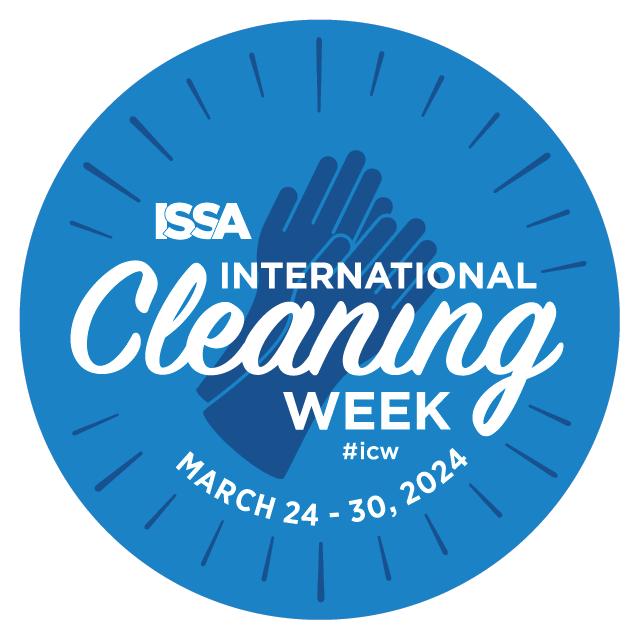
INDUSTRY NEWS
www.incleanmag.com.au 9
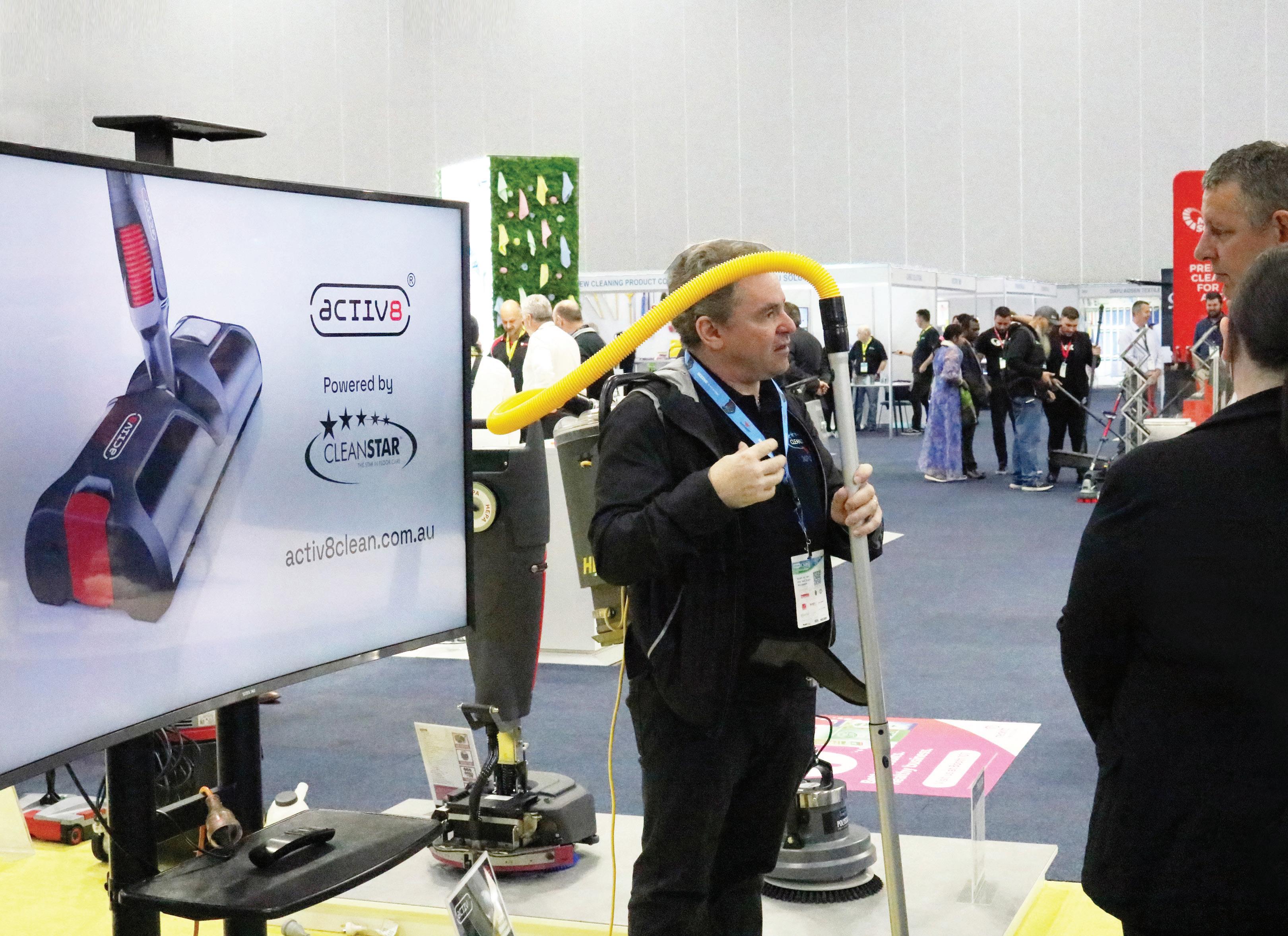
Let’s Activ8 2024
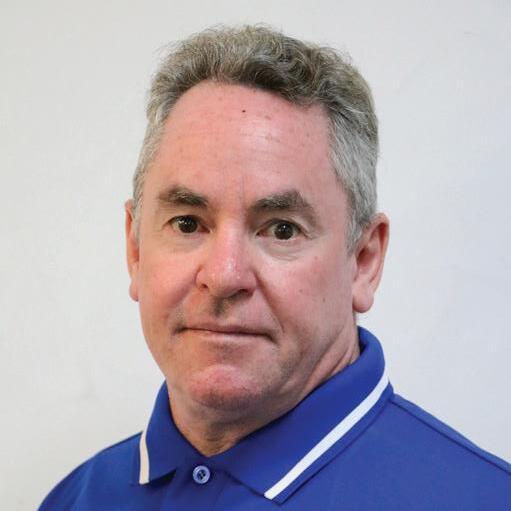 Garth Michalson, Managing Director, Cleanstar
Garth Michalson, Managing Director, Cleanstar
Get your vacuuming done in half the time
One of the most eagerly anticipated and truly innovative cleaning products to be released into the Australian marketplace this year will be the patented Activ8 Battery Powered Vacuum Head. Not only innovative by design, Activ8 is expected to revolutionise the commercial cleaning industry by significantly reducing vacuuming times by 50%, thereby doubling productivity and boosting profits.
Activ8 has been developed in Australia by Garth Michalson of Cleanstar and Frank Guglielmo, who for the best part of the last 8 years have been busy designing and testing prototypes and ne tuning every little detail to ensure that the nished product will more than live up to its hype.
Designed primarily for use with Backpack vacuum cleaners, the revolutionary Activ8 Battery Powered Vacuum Head has been speci cally engineered for the user to vacuum in a Figure 8 mopping motion using both hands whilst standing upright, as opposed to being hunched over, using the back and forth movement of traditional vacuuming.
The Figure 8 technique allows you to cover a surface area with maximum e ciency, saving time, money, and delivering a 50% improvement in productivity by cutting your vacuuming time in half. This allows you to pick up dirt and dust in just one sweep, avoiding going over the same area multiple times as is the case with the traditional method of vacuuming.
SPONSORED
SPONSORED
10 INCLEAN March / April 2024
Dual counter rotating brushes and a centrally located swivel joint allows Activ8 to move freely in any direction with a full 360˚ range of motion. Equipped with a longlife rechargeable battery and up to an impressive 2 hours of run time, Activ8 can be used safely on both carpets and hard oors making it a true multi-surface solution.
Activ8 also doubles as a convenient cordless sweeper with an easy to remove dust tray for smaller cleaning jobs where a vacuum cleaner is not required. This convenient feature also allows you to nish cleaning should your battery powered backpack vacuum run out of charge.
The OH&S bene ts of Activ8’s signature Figure 8 mopping motion which allows you
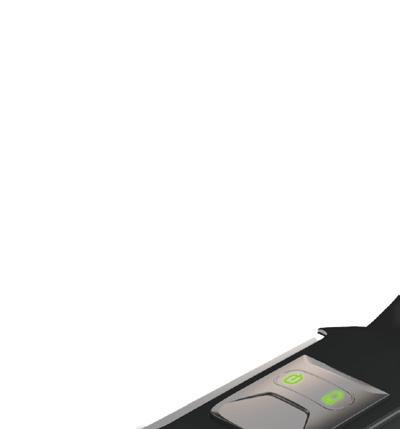
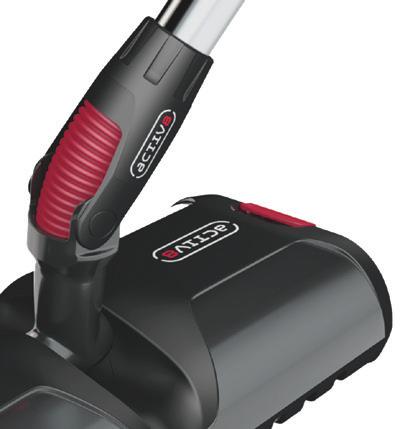
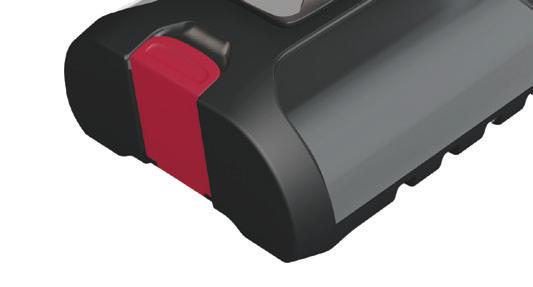
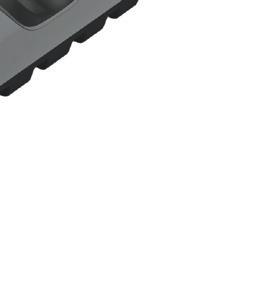
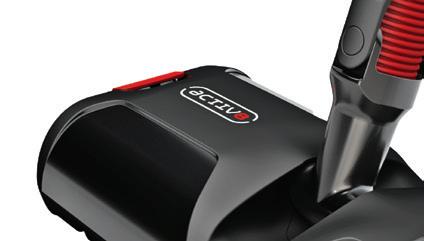




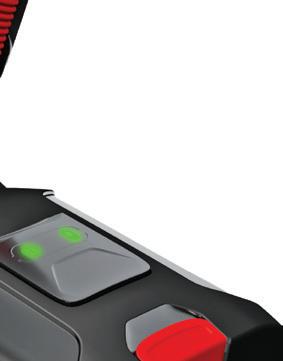
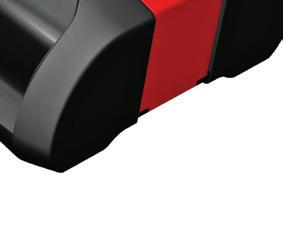
to vacuum in an upright position is also evident, helping to protect the health and safety of your cleaning sta by reducing strain, fatigue and injury. Activ8 protects you from the risks of bad posture, which is commonly associated with traditional vacuuming techniques where the user is constantly leaning back and forth.
Just as importantly, the bene ts that come from cutting your vacuuming time in half allows for signi cant energy savings given the reduction of electricity consumption.


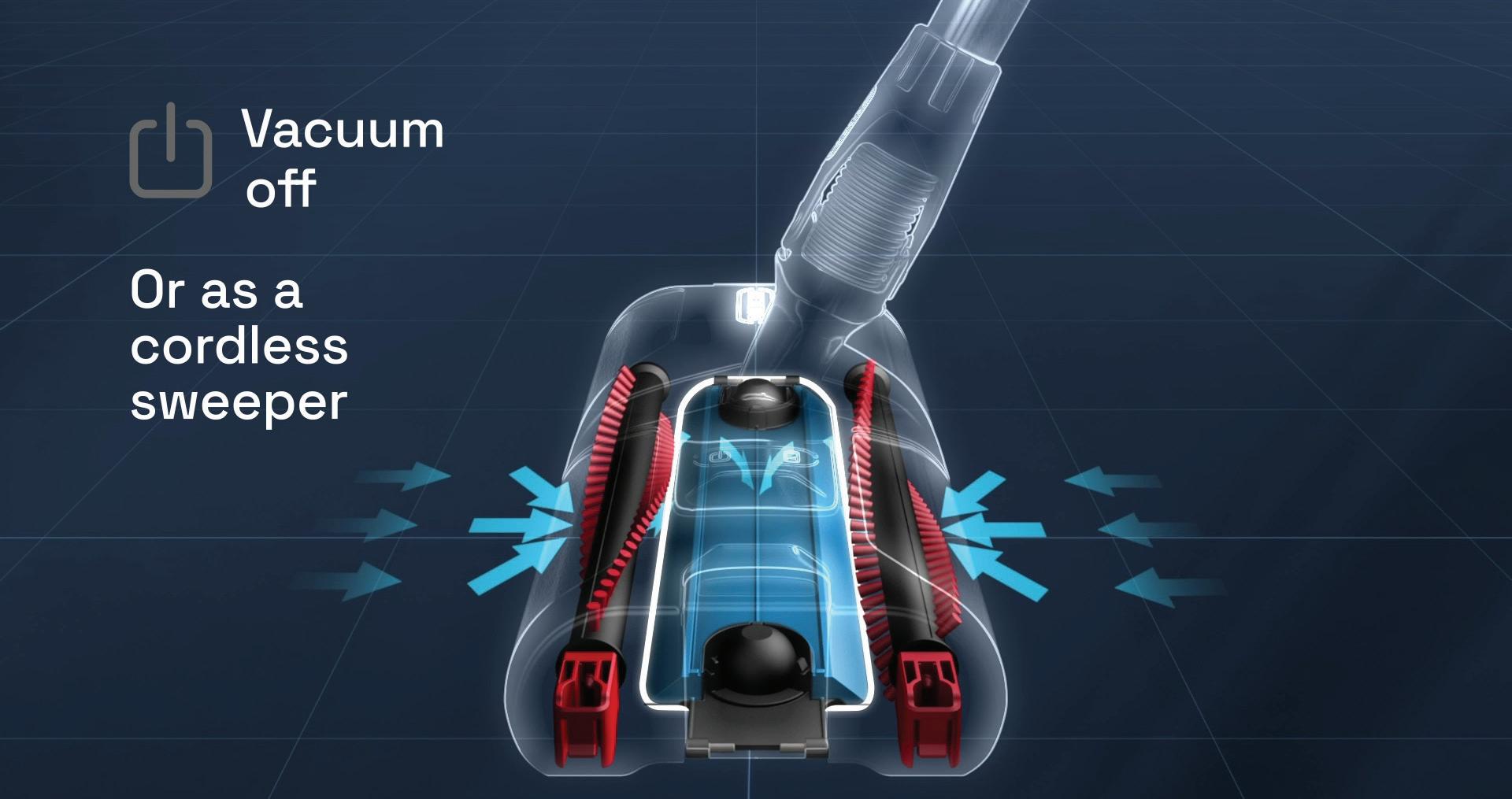
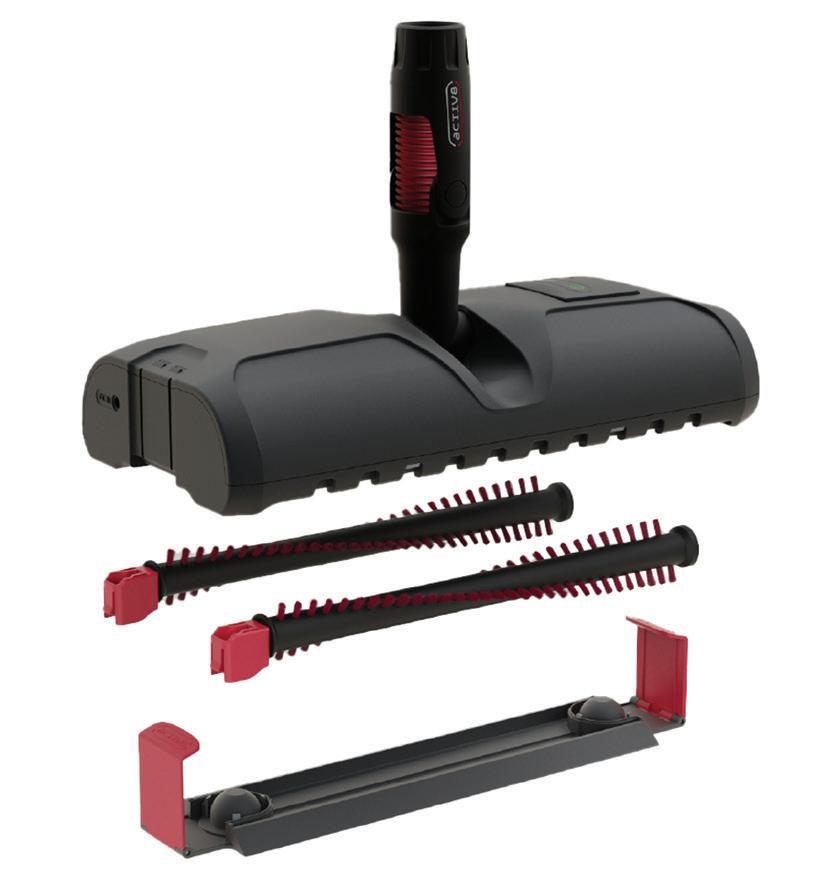

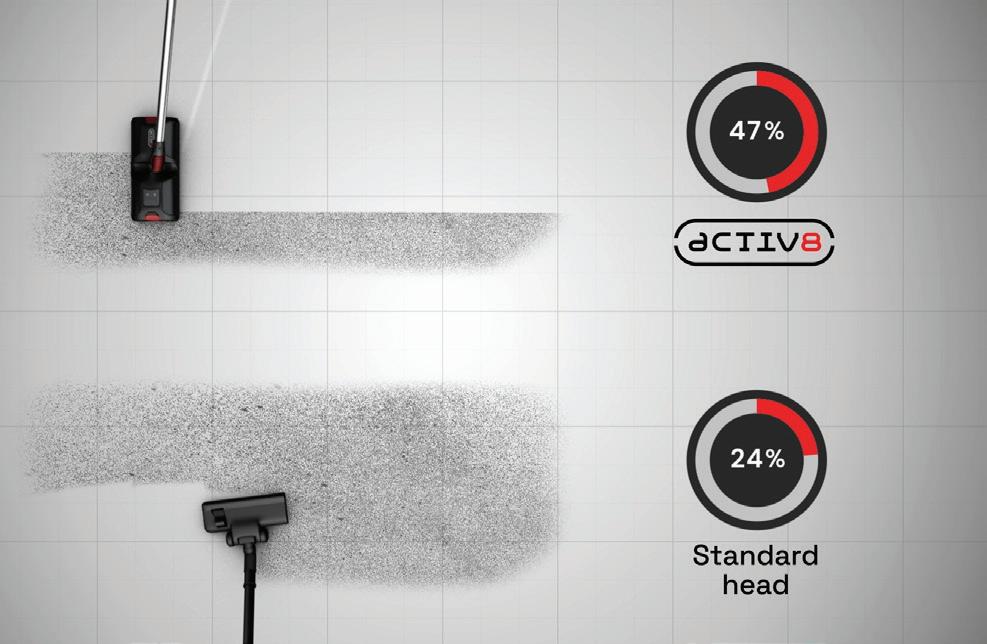
Activ8 Battery
Powered Vacuum Head at a glance
• World first new patented technology
• Australian design
• Designed for use with Backpack vacuum cleaners (32mm)
• Lithium-ion technology - up to 2 hours run time
• Dual counter rotating brush system –replaceable brushes for easy changeover
• Cleans 50% faster than traditional vacuuming
• Boosts productivity and profits and saves energy
• OH&S - improves posture, reduces strain, fatigue and injury
• Doubles as a cordless sweeper with easy to remove dust tray (without a vacuum)
• Robust design - engineered to withstand the rigours of commercial cleaning
• Brushless motor
SPONSORED
www.incleanmag.com.au 11
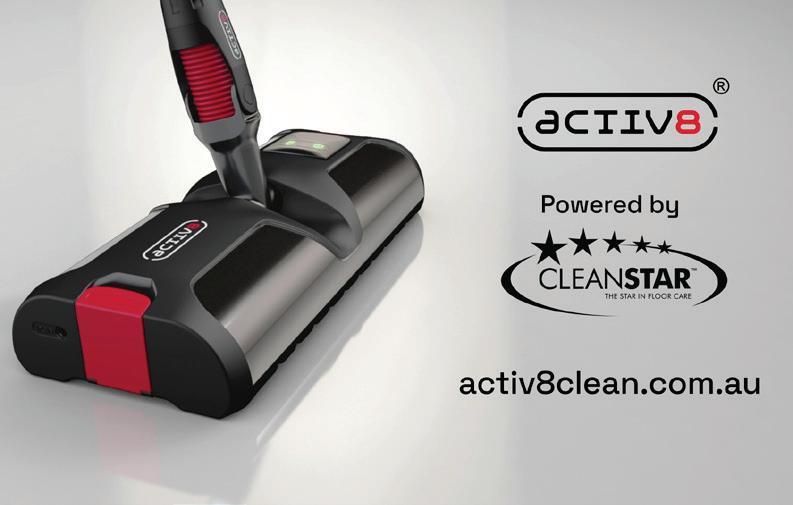
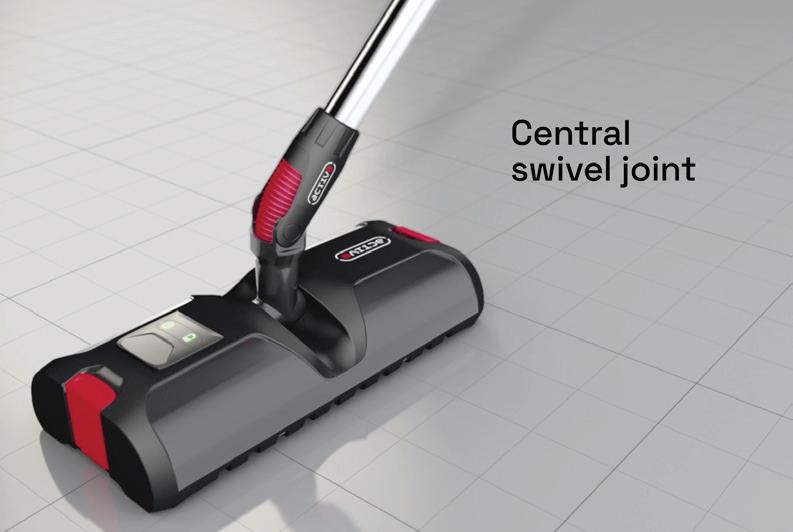
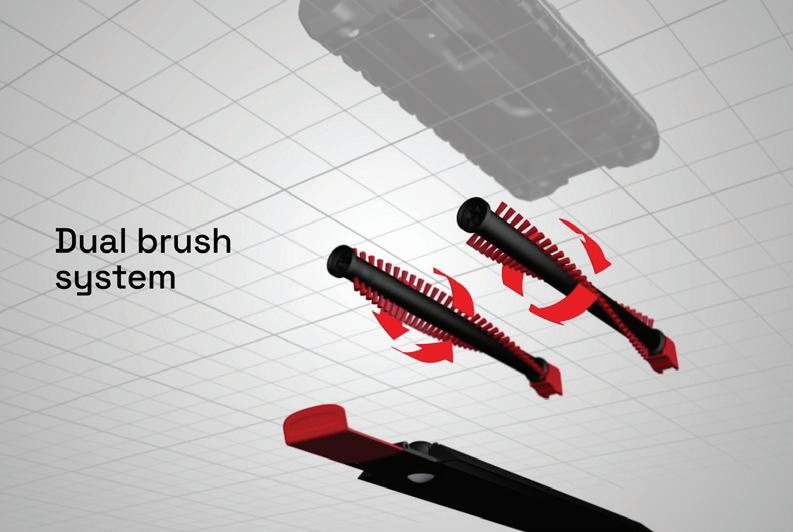
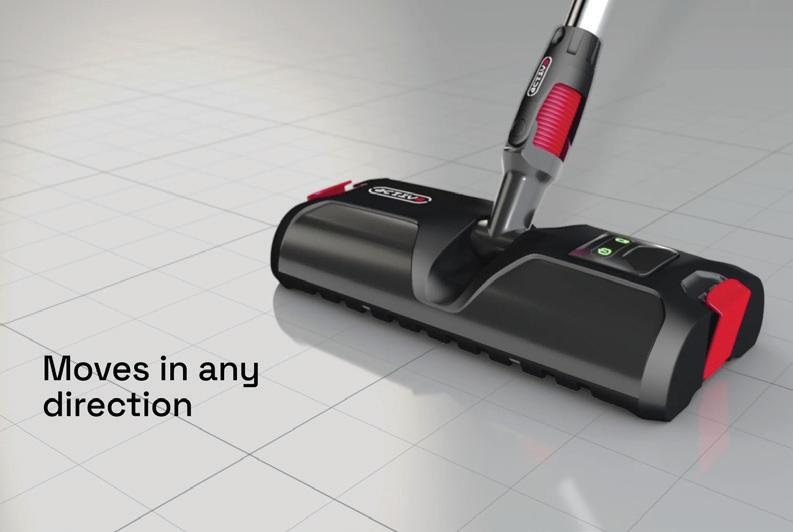
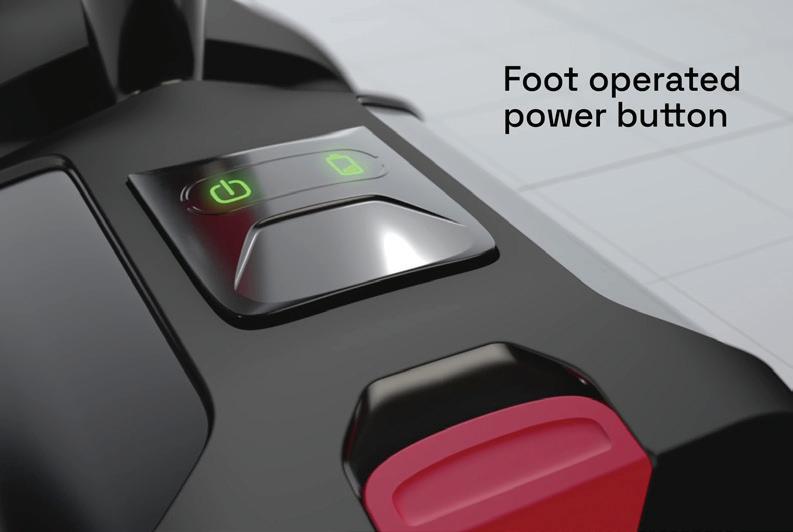
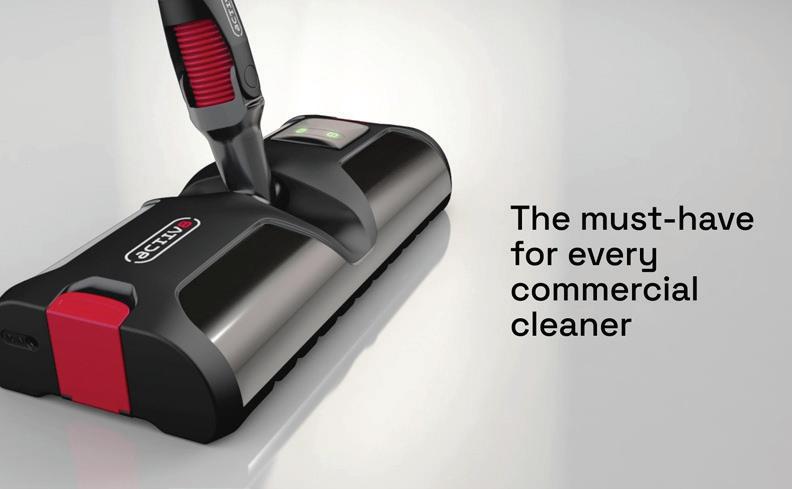
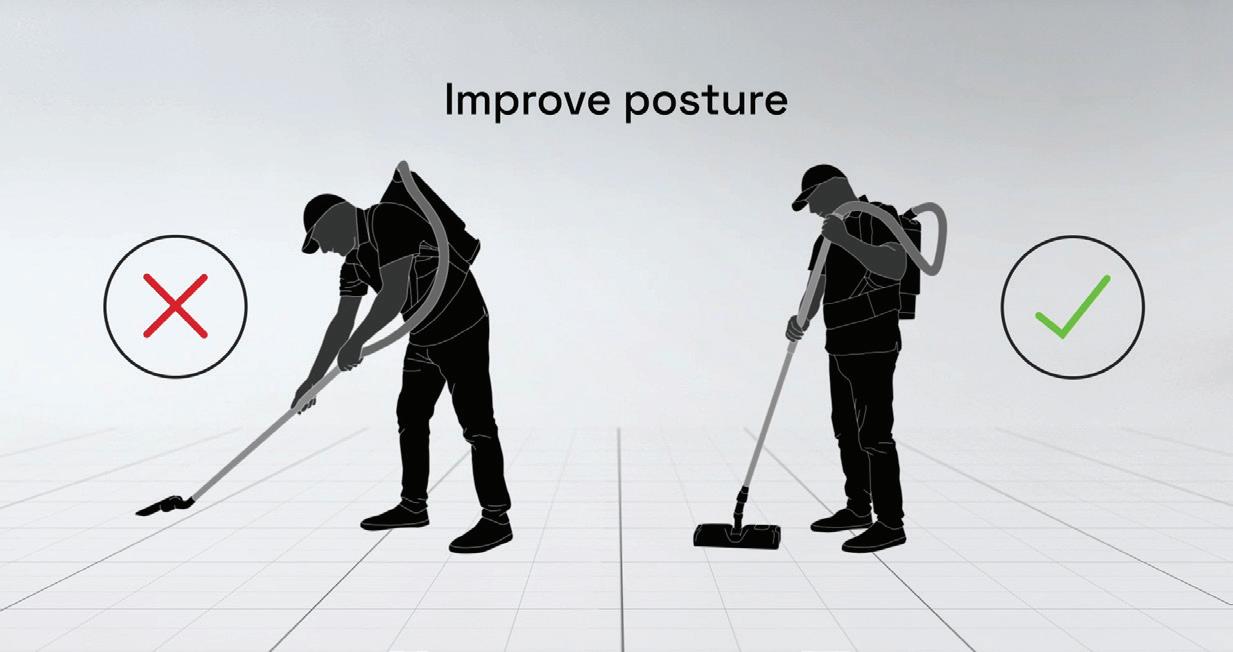
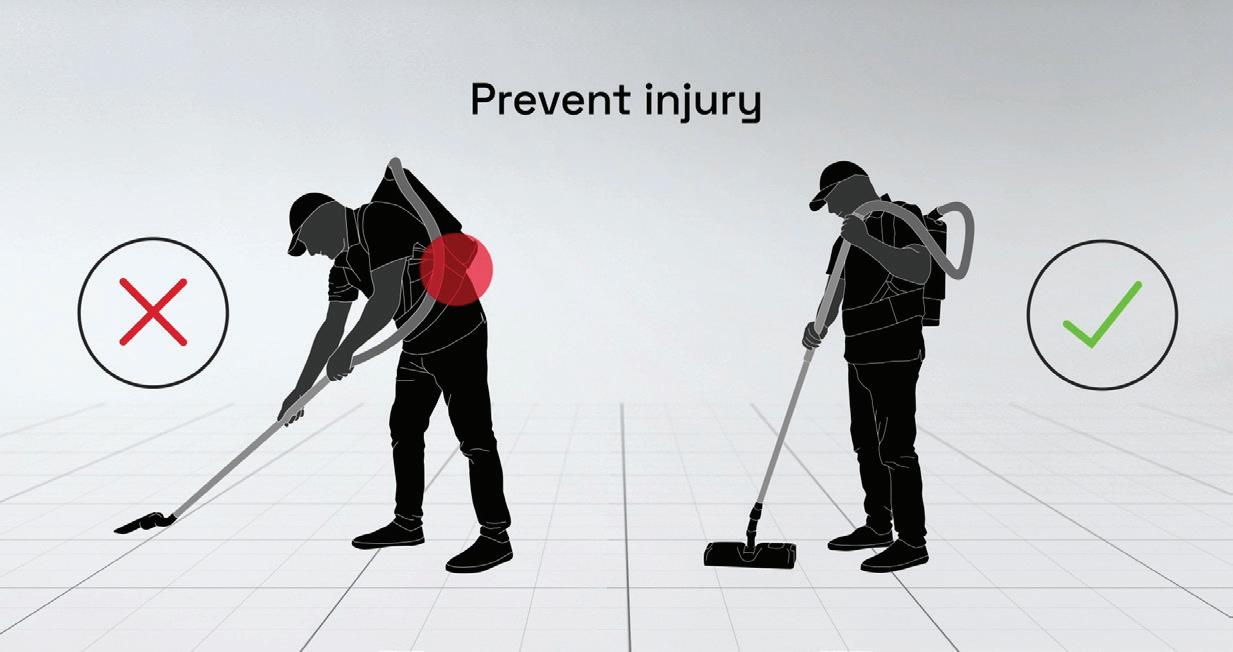
Cleanstar recently showcased Activ8 at the ISSA Cleaning and Hygiene Expo in Melbourne in November 2023, which was greeted with a huge industry response from both local and international attendees.
“The level of interest and response we got from the industry was overwhelming. From a simple demonstration of the product, it was immediately recognised how Activ8 will change the way vacuuming is done in the future. The excitement drawn from recognising just how much time and money will be saved by using the product was a great buzz for me,” said Garth Michalson, Managing Director of Cleanstar.
“We are con dent that Activ8 will quickly become a must have for every commercial cleaner and an essential part of their cleaning arsenal. Who wants to spend more time vacuuming?” concluded Michalson.
The Activ8 Battery Powered Vacuum Head can easily be used with most common backpack vacuum cleaners. Cleanstar’s signature Italian
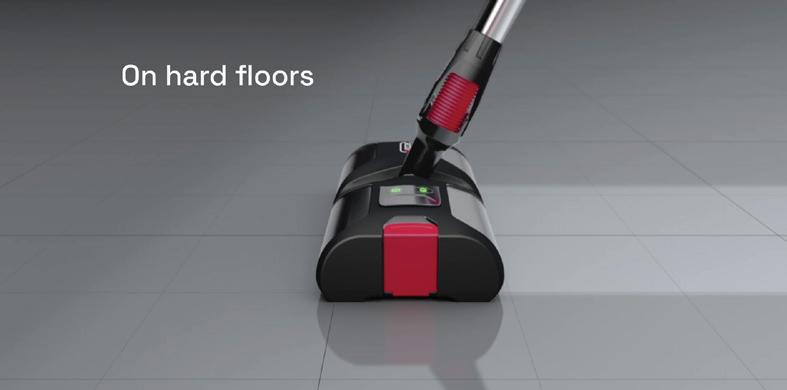
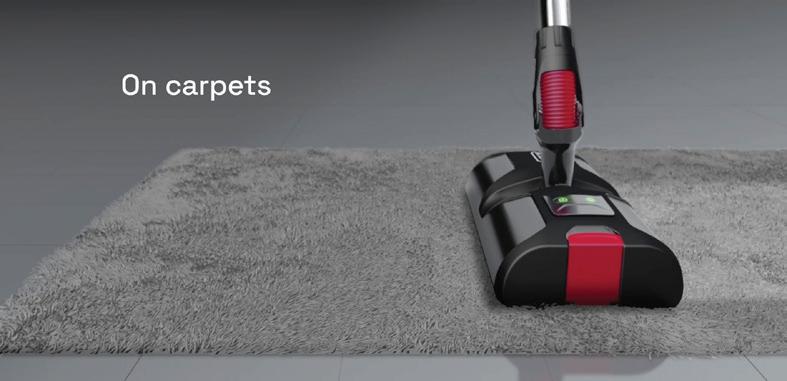
manufactured Ghibli T1 Backpack, being the most powerful backpack on the market, when combined with the Activ8 will o er peak cleaning performance.
The unit will come packaged with a hose cu that can be screwed onto any regular 32mm vacuum hose, and two long lightweight aluminium rods with pip connectors for enhanced stability.
Activ8’s anticipated release date is mid-2024 and those interested in being rst in line can submit an inquiry through the website – www. activ8clean.com.au or contact Cleanstar on (03) 9460 5655 or via email sales@cleanstar.com.au ■
Cleanstar is the global manufacturer and distributor of the patented Activ8.
SPONSORED
12 INCLEAN March / April 2024


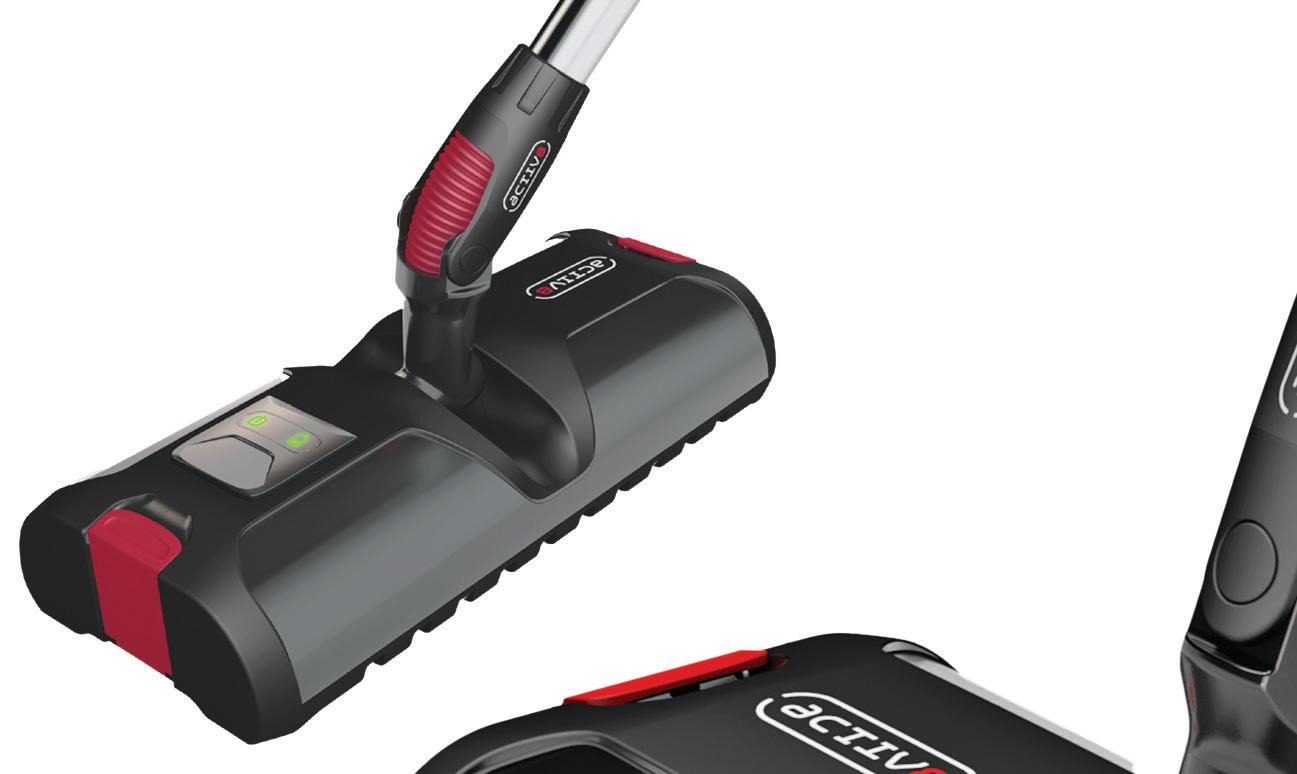
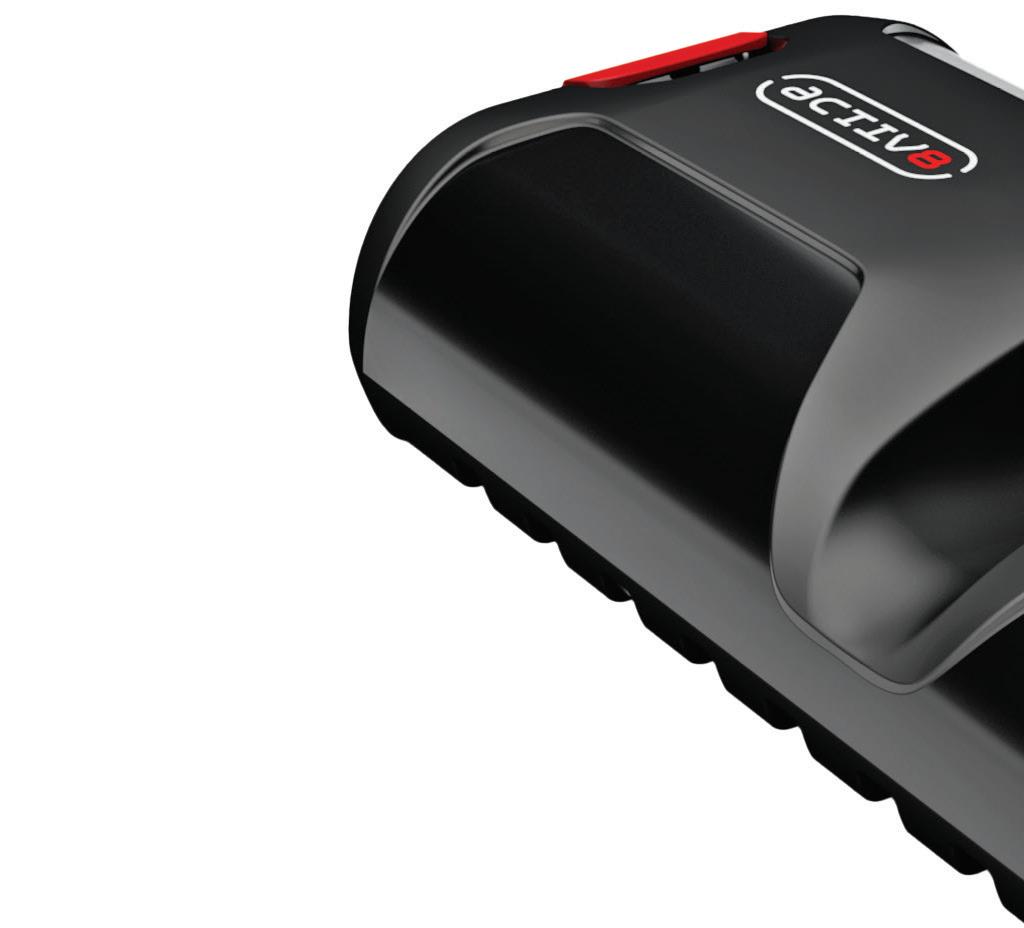


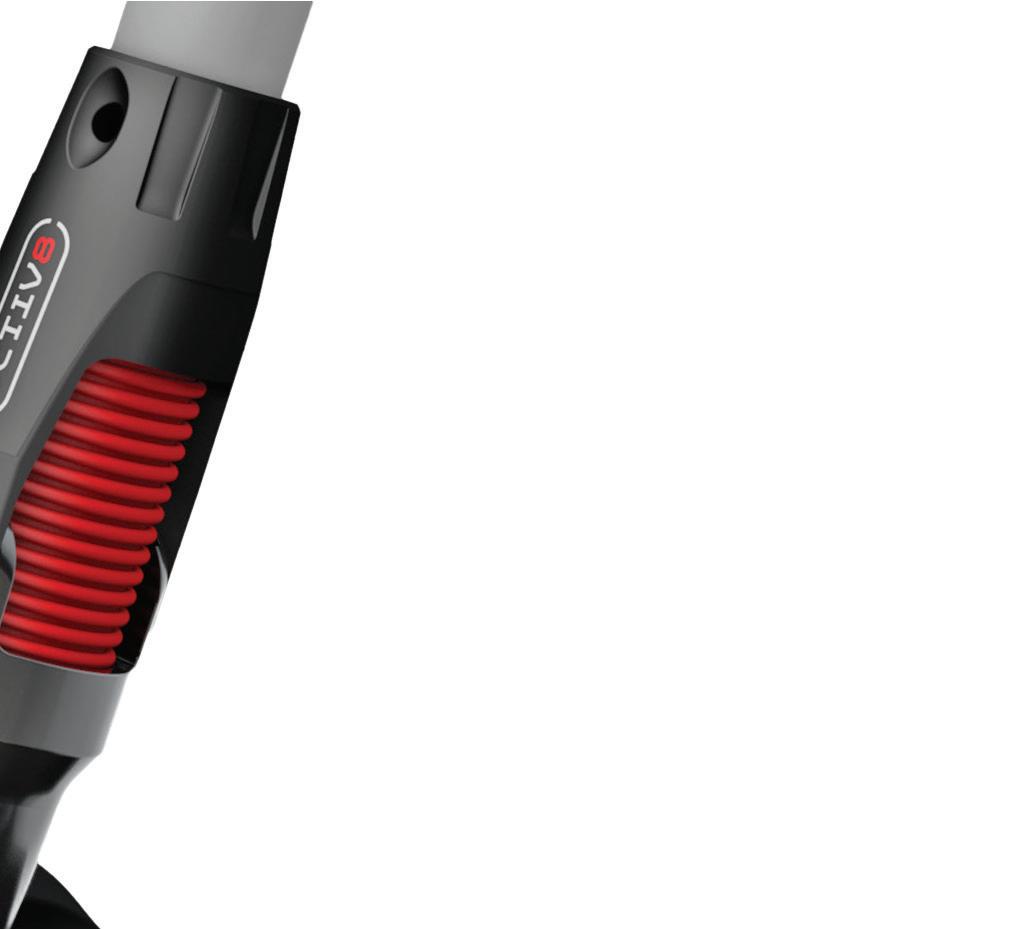
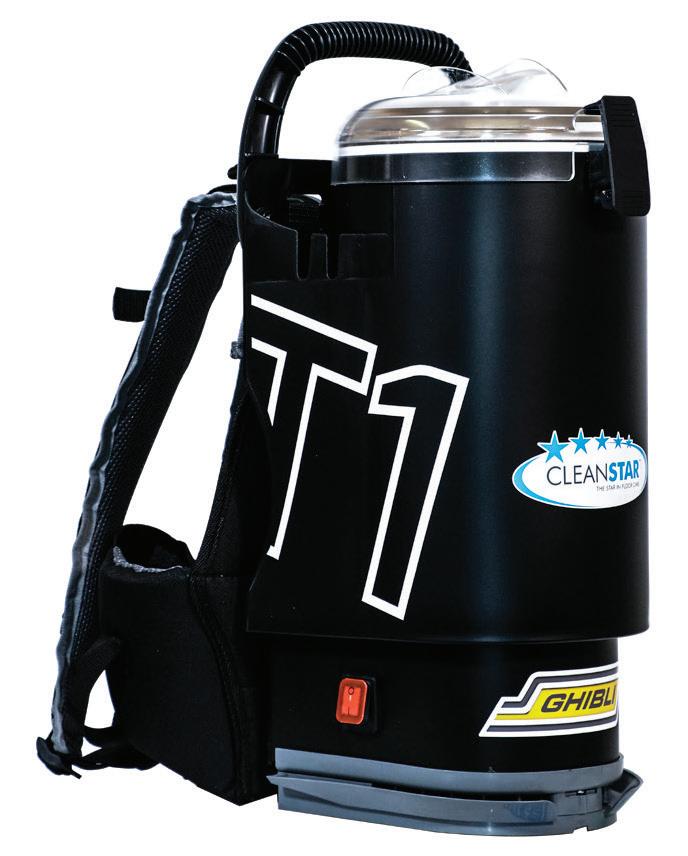

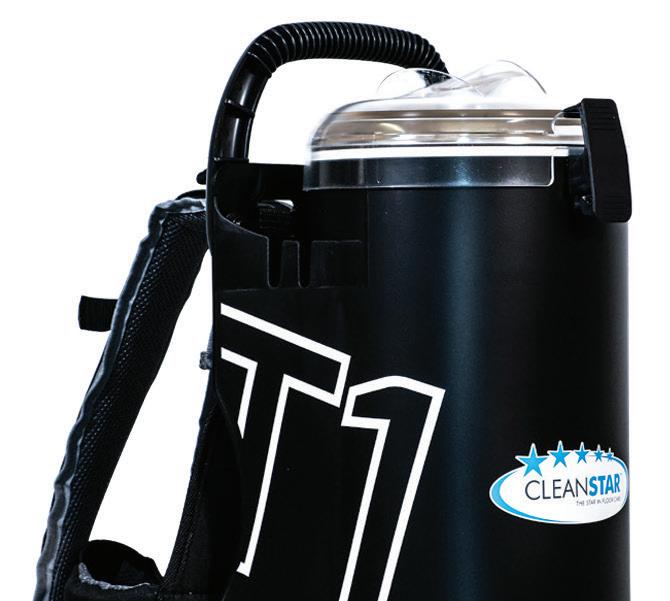

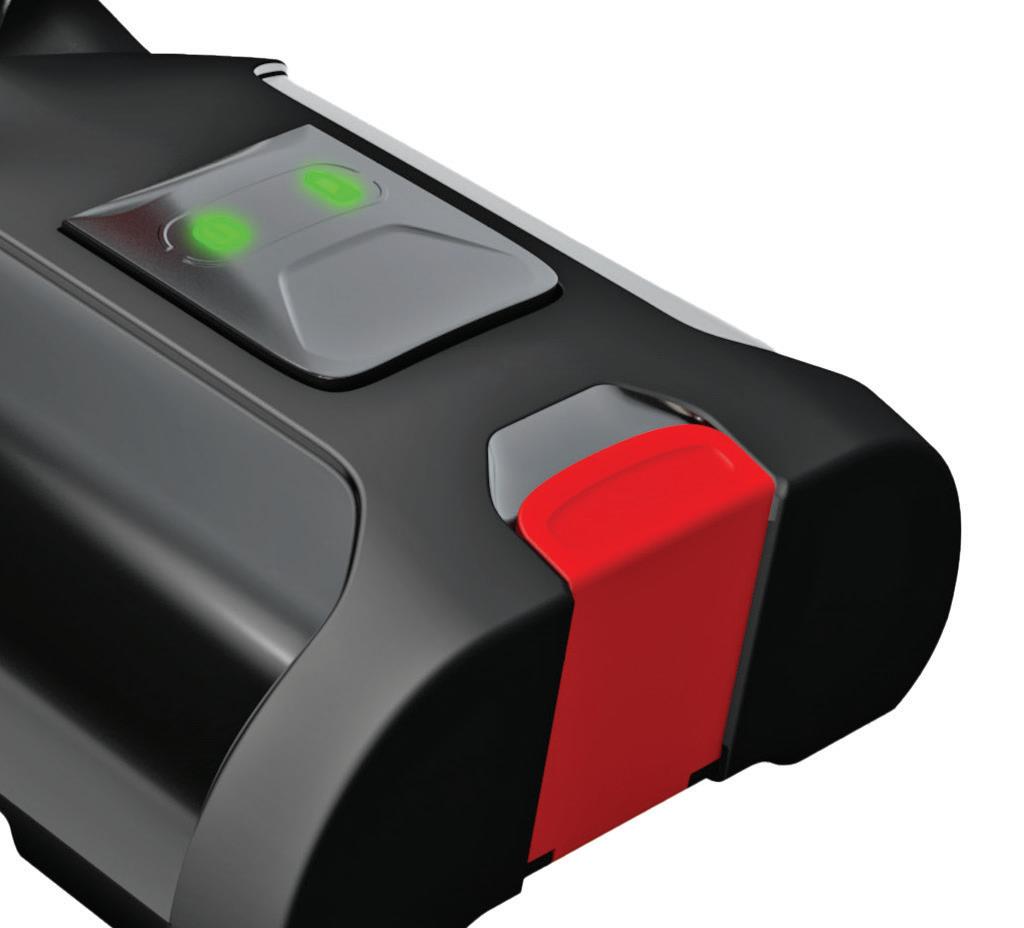

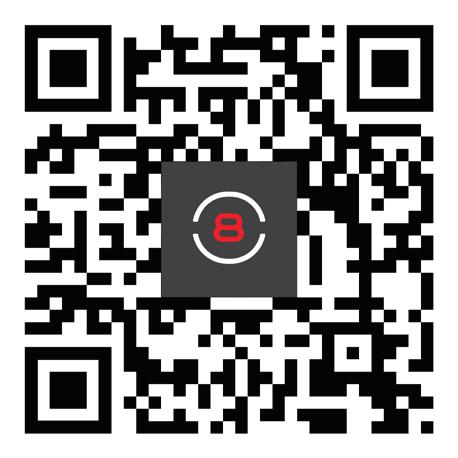
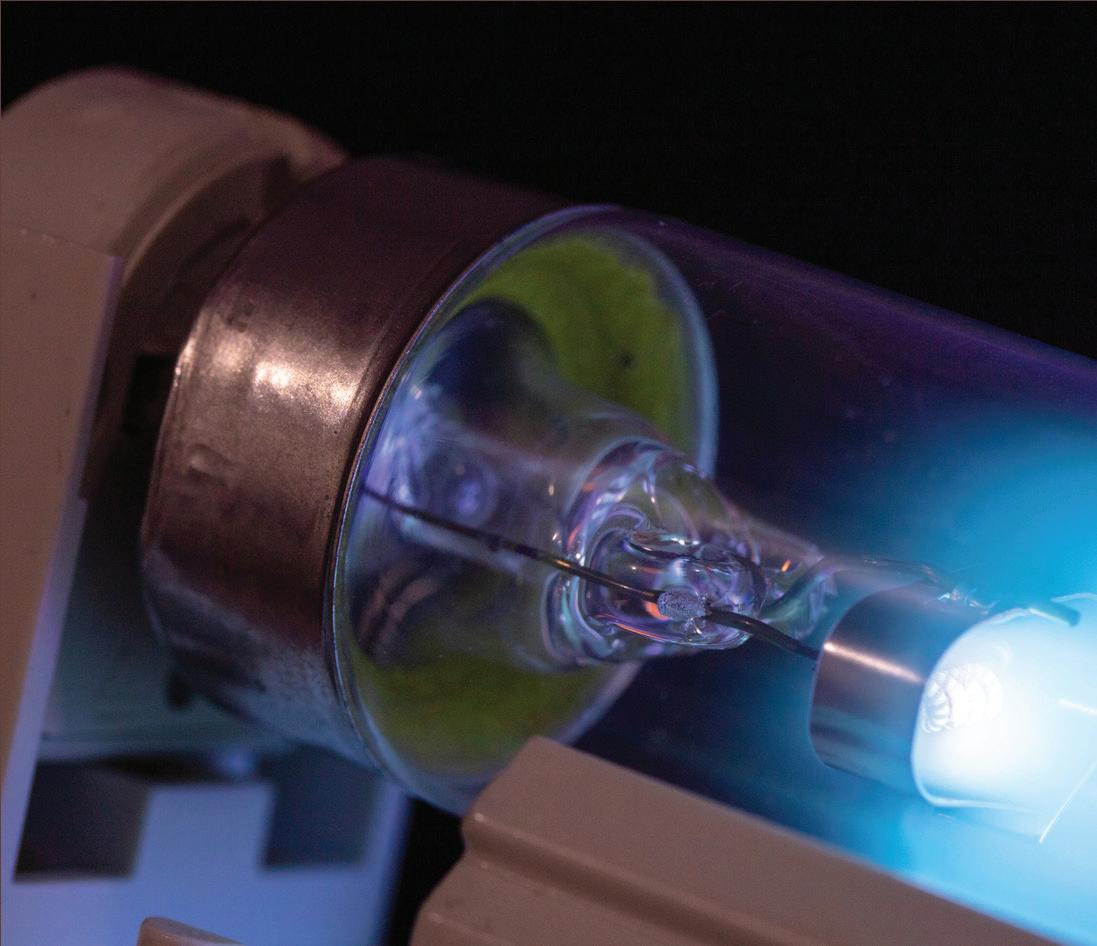
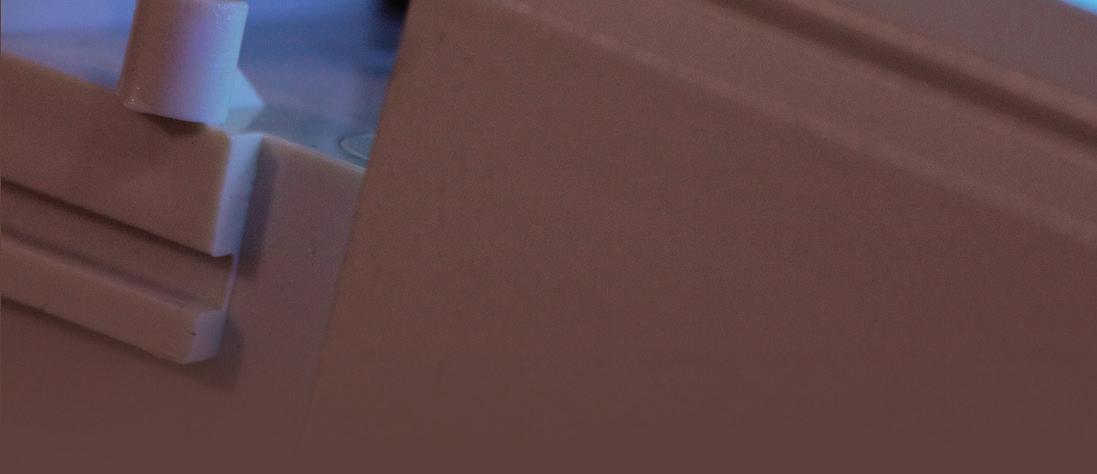

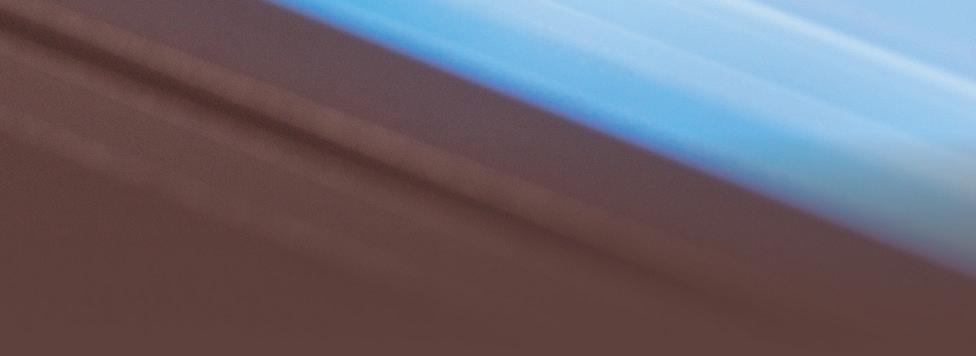
Killing Germs With UV-C Light
A Q&A featuring Doug Ho man and Dr Gavin Macgregor-Skinner
Words Patricia LaCroix
The latest cleaning technologies, tools, and products have made “cleaning for health” a reality for industry professionals. These technologies have advanced since the early 1900s, when an understanding of how to disinfect drinking water with chlorine helped control and end many diseases, such as typhoid fever, which is caused by salmonella bacteria. Since then, we’ve created vaccines and medicines for respiratory viruses, which continue to impact the daily lives of people around the world.
As we enter 2024, facility managers and cleaning professionals continue to face challenges in eliminating infectious, disease-causing germs from the built environment while staying within their budgets. These germs can spread directly from person to person, indirectly through the air as small droplets or tiny aerosol particles, or through high-touch surfaces that have
COVER STORY 14 INCLEAN March / April 2024
been contaminated by pathogens from the air or from a person who is sick.
Indoor air quality (IAQ) strongly impacts respiratory health. The cleaning industry plays an essential role in reducing the transmission of respiratory diseases through the improvement of IAQ.
Today, more tools are available to fight respiratory infections, including both nonchemical and chemical-based cleaning and disinfection; air filters and purifiers; ventilation, filtration, and increased air exchange through HVAC system improvements; and ultraviolet (UV-C) light systems. Through ISSA’s GBAC® STAR facility accreditation program, we are seeing facility managers take a more evidence-based and systematic approach to reducing the risk of infectious disease spread inside their buildings by implementing a layered approach to cleaning and disinfection, which is the strategy recommended by the Global Biorisk Advisory Council® (GBAC), a Division of ISSA.
Germicidal ultraviolet light (UV-C) technology, specifically, can be effective in many indoor spaces and is especially useful as an additional layer of protection to reduce infectious germs. It is also helpful when options for increasing room ventilation and filtration are limited.
UV-C light disinfection is growing in popularity. The global UV-C disinfection equipment market was valued at US$1.3 billion in 2019 and is projected to reach $5.7 billion by 2027, growing at a compound annual growth rate (CAGR) of 17.1% from 2020 to 2027, according to a report published by Allied Market Research.
ISSA reached out to Doug Hoffman, the executive director of the National Organization of Remediators and Microbial Inspectors (NORMI™), and Dr Gavin Macgregor-Skinner, senior director of GBAC, to learn more about IAQ and the role UV-C can play as an effective tool against infectious airborne diseases.
WHAT’S THE PROBLEM WITH CURRENT IAQ STANDARDS?
Dr Gavin Macgregor-Skinner
Current IAQ standards do not consider infectious disease risk and include airborne pathogen levels. Very few buildings measure their indoor air quality, even though indoor air quality monitors are available and affordable. There’s a lack of standards, education, and training on the implementation and costs of deploying a layered approach to improve IAQ.
Doug Hoffman
We need to implement a layered approach and mass deployment of IAQ interventions that include ventilation, filtration, air ionisation, photocatalytic oxidation (PCO, which is explained further in the Q&A), and ultraviolet germicidal irradiation (UVGI). We have training on effective interventions to improve IAQ, and we have tools to measure it as well.
HOW DOES UV-C LIGHT DISINFECTION WORK?
Macgregor-Skinner
UV-C radiation is a known disinfectant for air, water, and nonporous surfaces. It has effectively been used for decades to reduce the spread of bacteria, such as tuberculosis. For this reason, UV-C lamps are often called “germicidal” lamps. UV-C radiation eliminates the outer protein coating of bacteria and viruses, ultimately leading to the inactivation of the microorganism.
Hoffman
UV-C light’s efficacy is dependent upon the organic load and microorganisms, the intensity and time of exposure, the distance from the surface, and whether the surface is within a direct line of sight. UV-C light can only inactivate a germ if the germ is directly exposed to the light. UV-C light requires a sufficient duration of exposure to be effective, and this can vary for different microorganisms—bacteria, viruses, fungi.
WHAT IS THE CORRELATION BETWEEN WAVELENGTHS AND GERMICIDAL IRRADIATION?
Hoffman
Humans can see visible light as waves of electromagnetic radiation between about 400 to 700 nanometers (nm). A nanometer is one millionth the size of a millimetre. Radiation with wavelengths just longer than visible light is called infrared, and longer radiation wavelengths than this are radio waves. Radiation with wavelengths just shorter than visible light is called ultraviolet; shorter radiation wavelengths than this are X-rays. Ultraviolet (UV) light is subdivided into UV-A (315–400 nm), UV-B (280–315 nm), and UV-C (100–280 nm). UV-C is effective at killing a wide range of microorganisms, including viruses. When a light looks like UV (like a blacklight), it might not be at a wavelength that can kill or deactivate microbes.
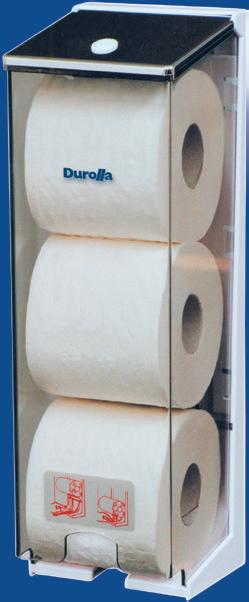
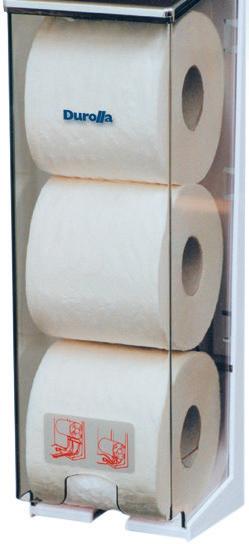

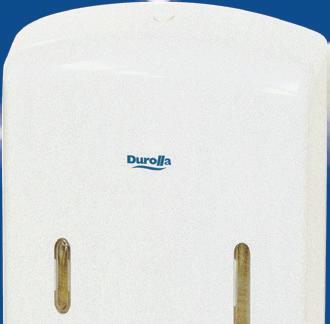

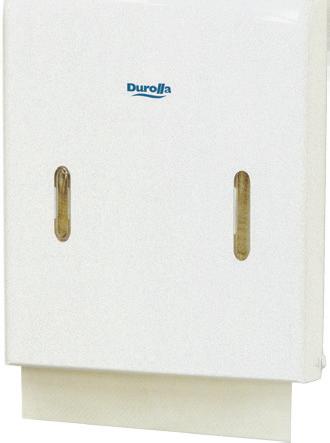
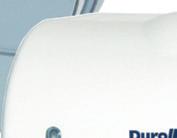
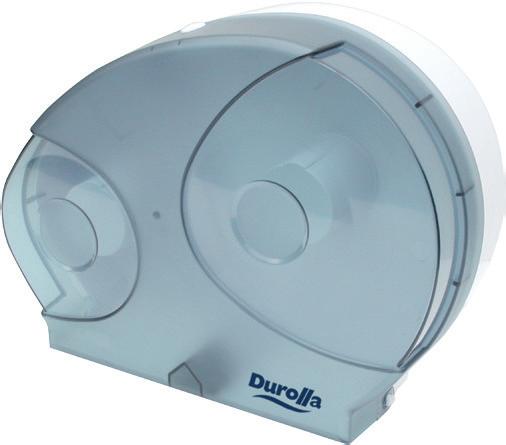


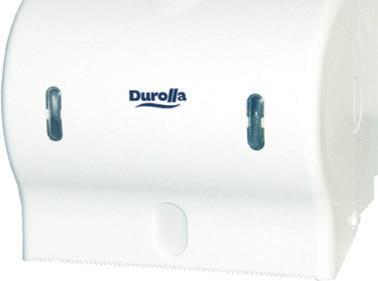
COVER STORY FOR YOUR REQUIREMENTS CONTACT: dispensers@durolla.com or visit www.durolla.com Durolla Products NZ Ltd QUALITY WASHROOM PAPER DISPENSERS www.incleanmag.com.au 15
“ The cleaning industry plays an important role in reducing the transmission of respiratory diseases through the improvement of IAQ. ”
The only way to know for sure that you are using the right UV-C light is to find the wavelength the light is generating. The manufacturer, of course, will provide that information.
Macgregor-Skinner



The UV-C disinfecting process, UVGI, uses short-wavelength UV (200–280 nm) light to kill or inactivate microorganisms by disrupting their genetic material (DNA or RNA), leaving them unable to perform vital cellular functions and resulting in cell death. The Tuberculosis Ultraviolet Shelter Study, conducted at 14 homeless shelters in six U.S. cities from 1997–2004, found that UV-C lights placed at least 6.9 feet above the floor could disinfect the air and were safe for humans with no increase in the most common side effects of accidental UV-C exposure.
WHERE CAN YOU PUT UV-C LIGHTS IN THE BUILT ENVIRONMENT?
Hoffman
UV-C technology can be installed in HVAC systems, packaged terminal air conditioners (PTACs), heating systems, freshair makeup devices, and other air-conditioning equipment to address the air in any environment. However, not all the air invariably gets to those devices so having this technology in standalone units is sometimes the best option. A combination of technologies is a wise choice for those who use their air conditioning and heating systems sporadically.
Macgregor-Skinner
GBAC STAR-accredited facilities, including airports, hospitals, hotels, nursing homes, office buildings, schools, and stadiums, have made significant improvements by implementing a layered approach to improving IAQ. Indoor air safety begins with ventilation, but it usually can’t end there. It also can include filtration, using high-efficiency particulate air (HEPA) filters, along with UVGI lamps that use UV-C to kill viral, bacterial, and fungal organisms. Trained professionals install these lamps,


which primarily use 254 nm wavelengths, high up in a room. Far UV-C lamps use primarily 222 nm wavelengths and can be set up in a room without professional installation. Airborne germs are killed once they receive an appropriate amount of UV energy. The particles remain in the air or they land on surfaces, but they are no longer infectious.
WHERE ARE THE MOST IMPORTANT LOCATIONS FOR UV-C LIGHTS?
Macgregor-Skinner
The most important locations are high-risk indoor settings— spaces where there is an increased likelihood of people showing systems of illness, such as hotels, airports, and any crowded buildings, especially when the health status of the facility inhabitants are unknown.
Hoffman
UV-C technology should be deployed in rooms with insufficient or no mechanical HVAC systems and where adequate ventilation cannot be maintained year-round. Rooms should have a minimum ceiling height of at least 8 feet and some airflow, such as fans at low speed. UV-C lights are not necessary in outdoor open-air seating areas.
WHAT TYPES OF UV-C DEVICES ARE AVAILABLE FOR INDOOR AIR AND SURFACES?
Macgregor-Skinner
The market has increased significantly. GBAC STAR-accredited facilities are currently implementing the following UV light disinfection systems:
• Upper-room UVGI: These systems are installed above people’s heads on walls or ceilings (usually at least 7 feet from the floor).
• HVAC UV systems: These are integrated into the building’s HVAC systems and may include advanced components to provide technologies like PCO and additional ionisation.
COVER STORY
16 INCLEAN March / April 2024
• Mobile UV units: These portable UV systems can be moved from room to room for targeted disinfection.
• Handheld UV devices: These small, portable devices provide spot disinfection for surfaces like handrails, keyboards, elevator buttons, doorknobs, furniture, and other hard-to-clean areas. They require proper safety precautions to avoid direct exposure to skin or eyes.
• Direct UV-C surface disinfection lamps: These lamps are designed to be placed in a room to irradiate surfaces directly with UV-C light.
• UV-C conveyor systems: Used in industrial or commercial settings, these systems disinfect equipment, tools, or products moving along a conveyor belt.
• Robotic UV disinfection systems: These systems can navigate around rooms autonomously.
Hoffman
Not all UV-C lamps are equal. Some might emit definitively specific wavelengths or a broad range of wavelengths. The ability to choose the correct design and size of effective UV-C light systems requires specific knowledge and experience. Seek consultation with a reputable manufacturer or a well-trained, experienced IAQ professional prior to purchasing and installing.
IS UV-C EXPOSURE TIME A FACTOR IN ITS EFFECTIVENESS?
Hoffman
Commonly called “dwell time” or “contact time” when speaking about chemicals, exposure time is an important factor when using UV-C. The microbes must be exposed to the UV-C long enough to damage the microbe. In our NORMI classes, I make the point that in the HVAC system, when the microbes pass by the UV-C lamp more than 500 cubic feet per minute (cfm), the microbes are not even getting “sunburned.” UV-C is very effective when proximity and exposure time are taken into consideration. When ignored, the UV-C light might make folks feel better about the environment, but they are just functioning as pretty lights.
CAN UV-C SYSTEMS REPLACE THE NEED FOR STANDARD CLEANING PROCESSES?
Hoffman
In the cleaning process, there are very few, if any, techniques that replace the need to mechanically remove the contaminants. If the microbes are covered by a coat of dust, they will not be exposed to the UV-C and, therefore, not exposed to its germicidal wavelength.
ARE THERE OTHER TECHNOLOGIES THAT CAN WORK WITH UV-C LIGHTS?
Hoffman
In the 1990s, engineers learned that placing a target plate, covered with a metallic coating, close to the UV-C lamp would produce oxidizers that travelled downstream through ductwork and disrupted microbes on surfaces and in the air. This technology, dubbed photocatalytic oxidation (PCO), was first introduced using UV-C at a wavelength that would produce ozone. As the technology evolved, the addition of ionisation—like the dielectric barrier ioniser—enhanced the
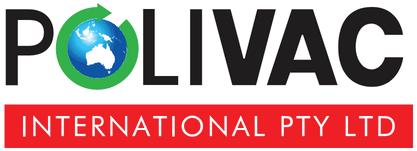
Intelligent Cleaning Technologies
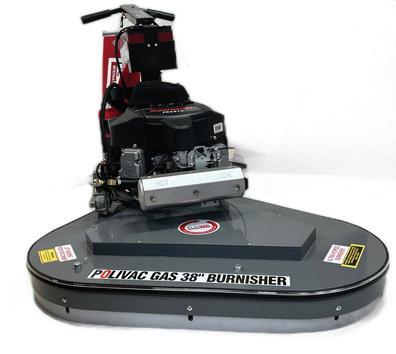
Polivac 38" Gas Buffer (GAS38)
Polivac Dual speed Suction Polisher/Scrubber(PV25TS)
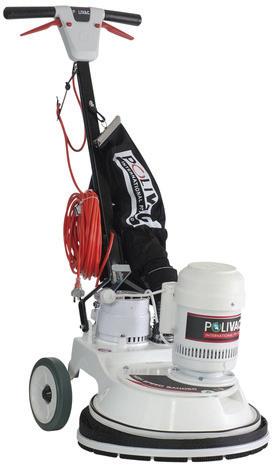
Polivac High Speed Sander (SV30)
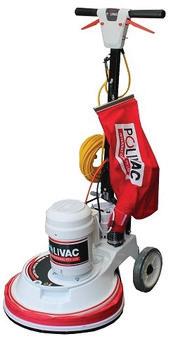
Polivac 40CM Rotary Shampooer (C27RS)
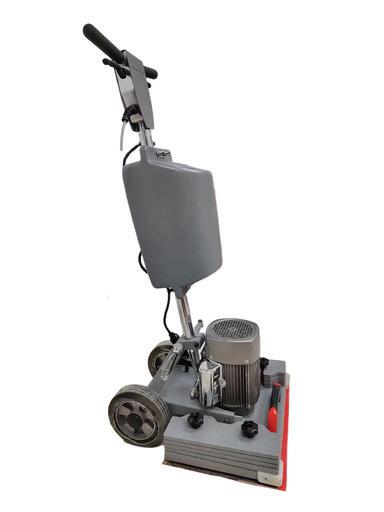
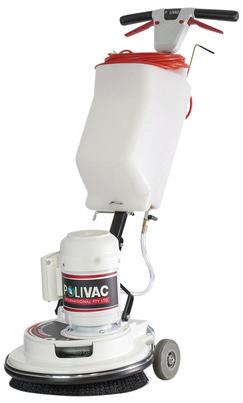
Polivac Mitchell Oscillating Sander/Scrubber (JH-G5)
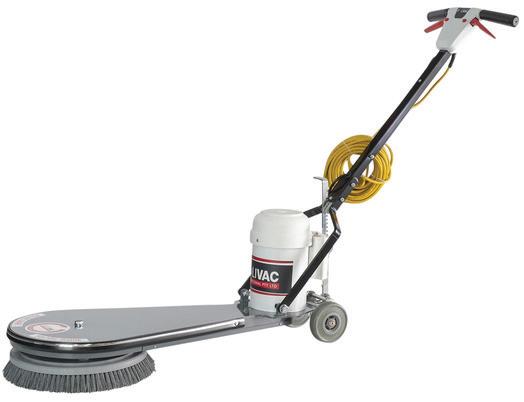 Polivac Electric Shark Scrubber (SKMK2)
Polivac Electric Shark Scrubber (SKMK2)
COVER STORY www.incleanmag.com.au 17
power of the PCO technology and resulted in efficacious air and surface purification without the use of ozone. A large volume of testing data from both clinical and field settings proves the safety for humans and efficacy of this technology against fungi, bacteria, and viruses in the built environment. This is a good example of a multi-strategic approach to a multi-faceted problem that is fast becoming a solution to help keep air and surfaces cleaner.
ARE THERE ANY SAFETY CONSIDERATIONS FOR USING UV-C DEVICES?
Macgregor-Skinner
When using UV-C lights for surface and air disinfection, you must consider health and safety factors, as well as the risk of incomplete inactivation of bacteria and viruses. It’s important to follow safety guidelines to protect against harmful UV-C exposure. Additionally, the effectiveness of UV devices can vary based on the intensity of the UV-C light, the duration of exposure, and the type of pathogen being targeted.
Warning labels are not enough. Remember that UV-C disrupts DNA. Unsafe levels of UV-C radiation can cause injury to the skin (erythema, a burn-like skin reaction) and eyes (photokeratitis) after a few seconds of exposure. Never look directly at a UV-C lamp source, even briefly. There are no immediate warning symptoms to indicate overexposure to UV-C radiation.

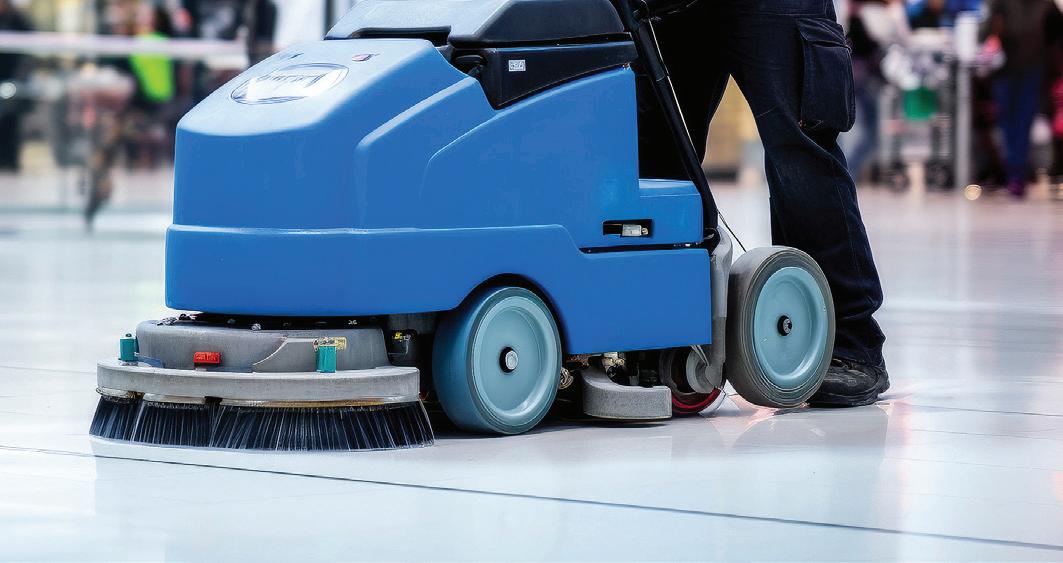
Hoffman
The best UV-C devices provide a shield, or the lamp itself is installed in such a way as to make it difficult for anyone to look directly at the light. Those shields may take the form of a honeycomb or other shape to obscure the lamp. Another concern is ozone. Depending on design, power, and operation time, UV-C lamps below 240 nm can generate ozone. However, many people harbour misunderstandings about the actual generation and dissipation of ozone molecules by UV-C lamps. Unmonitored ozone itself is hazardous, and it also interacts with volatile organic compounds (VOCs) to create particulate matter in the air. IAQ monitors can measure ozone and particulate pollution. A study in Baltimore, Maryland, found that although far UV-C 222 nm light in a standard hotel room increased ozone concentrations, the indoor ozone levels remained lower than those outdoors and well below U.S. Environmental Protection Agency (EPA) ambient limits and those of the U.S. Occupational Safety and Health Administration (OSHA) of 0.10 parts per million (ppm) for eight hours. UV-C 254 nm light does not generate ozone.
HOW DO I LEARN MORE ABOUT UV-C LIGHT DISINFECTION DEVICES?
Macgregor-Skinner
As with any cleaning system, training and support on UV-C is critical. To learn more, you should:
• Ask for education and training opportunities.
• Ask the manufacturer about the device’s health and safety risks.
• Ensure you understand the instructions for installation, use, cleaning, and maintenance.
• Test the lamp to determine whether it puts out other wavelengths.
• Ask which surfaces are compatible with UV-C disinfection.
• Ask whether the device generates ozone.
• Ask whether the lamp contains mercury. If the lamp is damaged, you will need this information to clean up and dispose of the debris safely. ■
Patricia LaCroix is the associate editor for CMM. She has a degree in communications with a concentration in journalism. Over the course of her four decades in publishing, Patricia has served as writer, editor, and graphic designer for both print and online media. Contact her at patricial@issa.com.

•





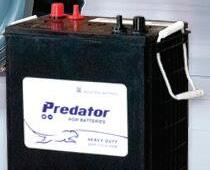


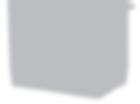
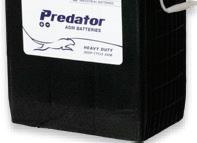


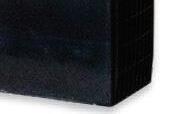
PREDATOR 6V AGM BATTERIES
Doug Hoffman is the founder and executive director of NORMI™, the National Organization of Remediators and Microbial Inspectors (normi.org), a not-for-profit training and certification organization for IAQ professionals. His passion is helping people understand how to live healthier lives indoors and empowering them with the ability to have cleaner air.
Dr Gavin Macgregor-Skinner is the senior director of the Global Biorisk Advisory Council® (GBAC), a Division of ISSA. As an infection prevention expert, epidemiologist, and university professor, he works to develop protocols and education for the global cleaning industry to empower facilities, businesses, and cleaning professionals to create safe and healthy environments.
Double Separator Construction
Heavy Duty, Non-Spillable
High Energy Density & Cycle Life
Low Self Discharge Available at R&J Batteries / rjbatt.com.au / 1300 769 282
•
•
•
18 INCLEAN March / April 2024 COVER STORY
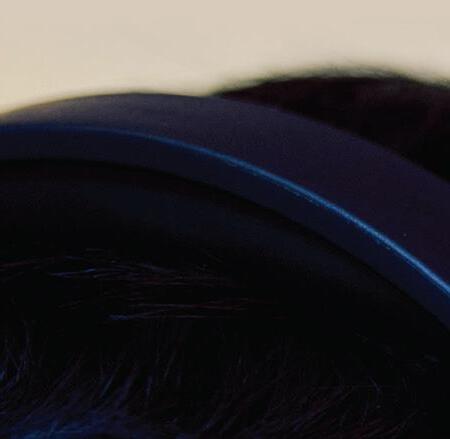


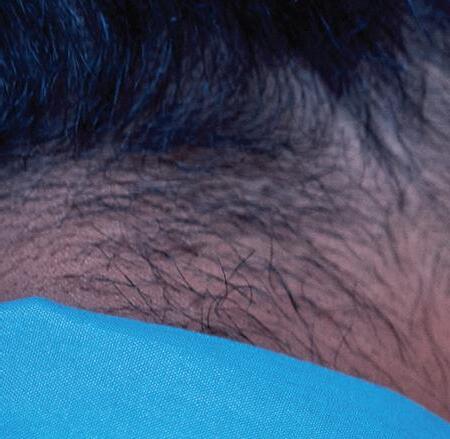
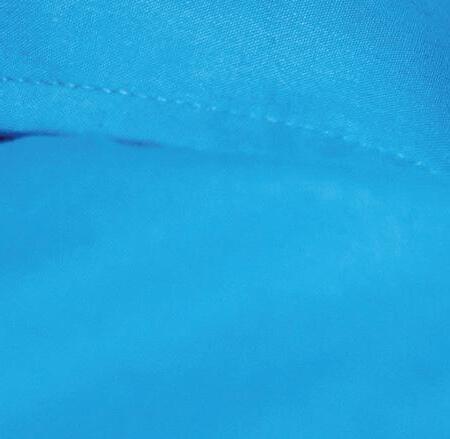
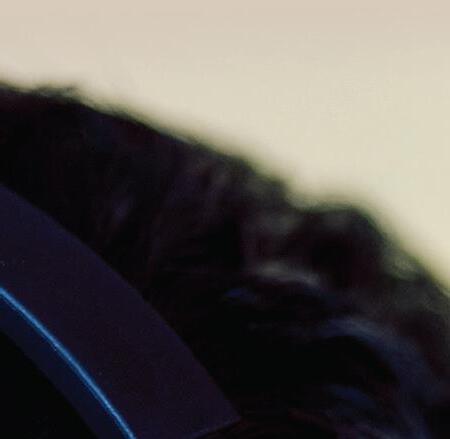
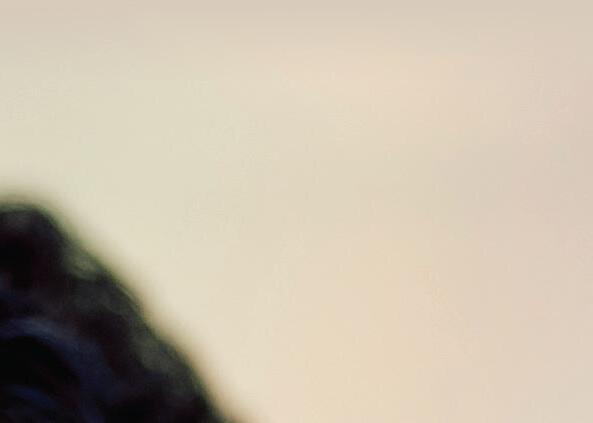
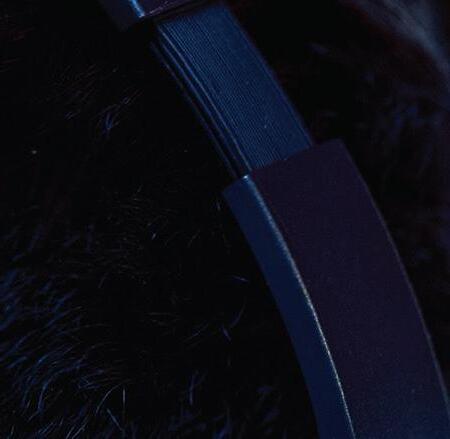
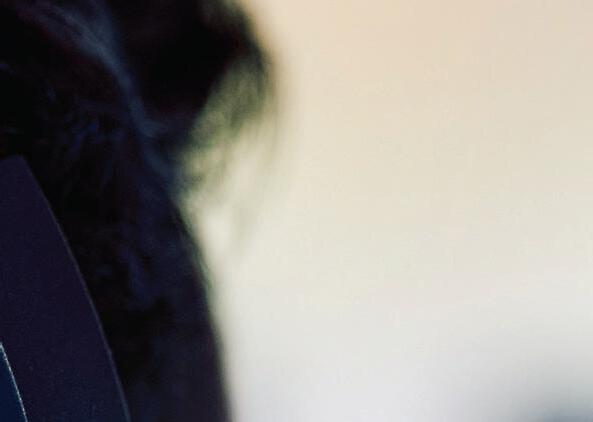


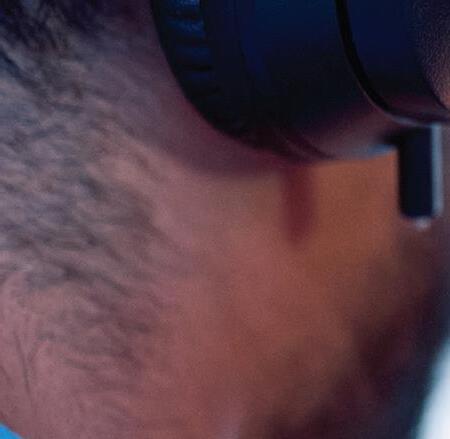

The Art of Prospecting


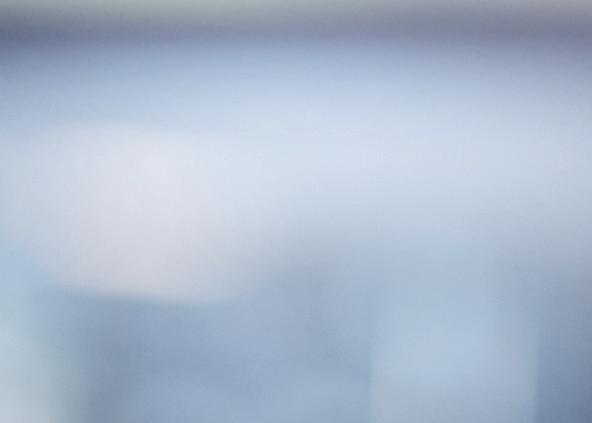

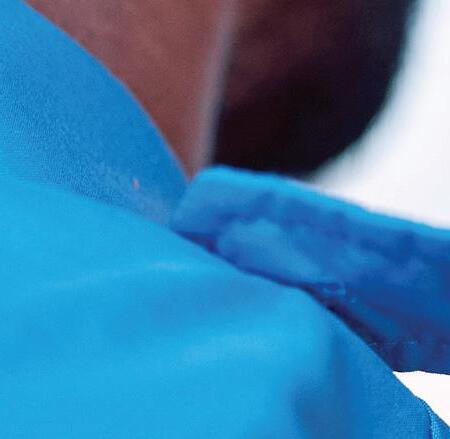
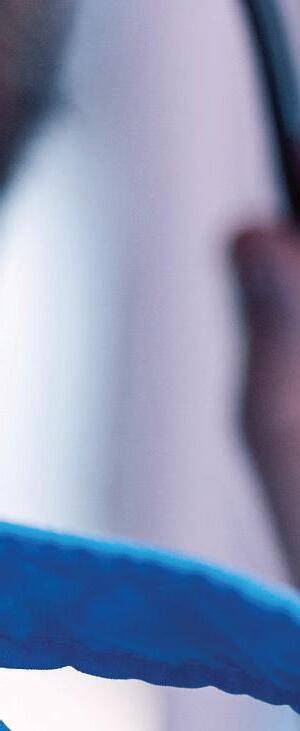

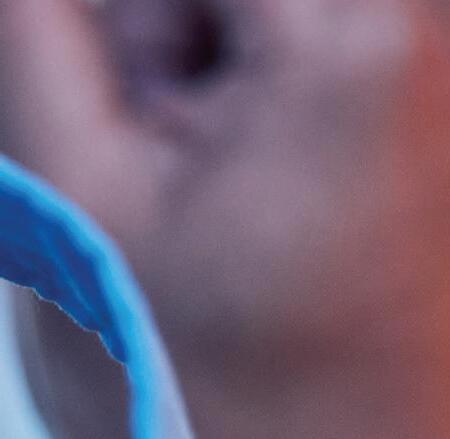
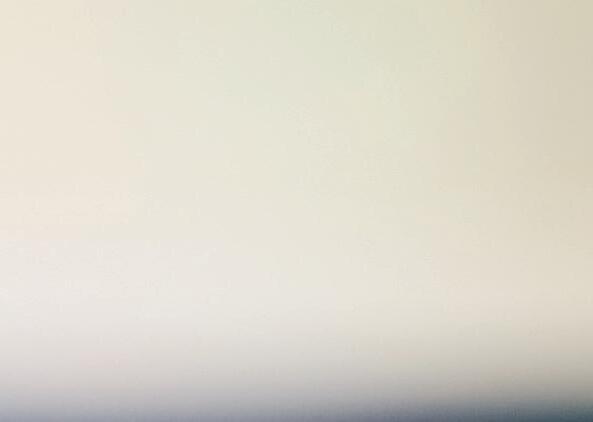
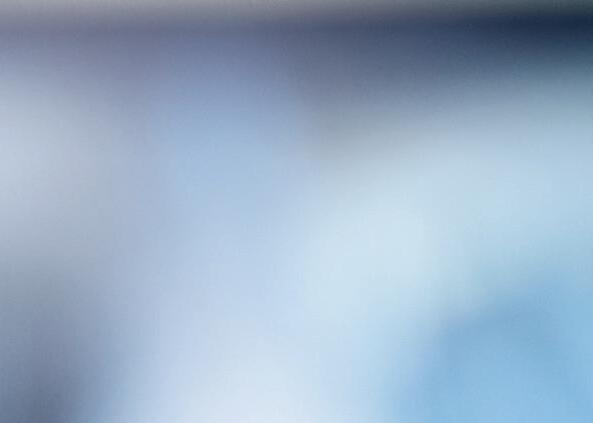

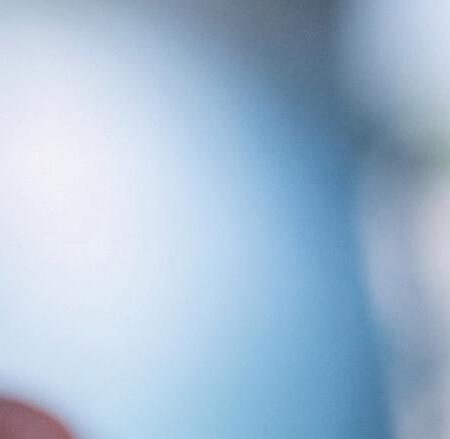
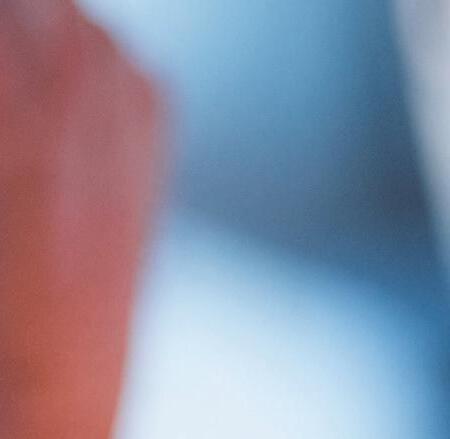
It has changed, and we must change with it.
Words Troy Harrison
Are your salespeople seeing a decrease in their prospecting numbers and ratios? If so, they are not alone. The landscape of sales is evolving rapidly, and we must evolve along with it. It’s time to redefine what cold-call prospecting means. By embracing a new definition, we will realise that prospecting is more important than ever.
HOW PROSPECTING WAS DONE
Thirty years ago, the statistics were as follows: If you were calling from a good database, using a solid introduction, and not doing the generic “person who” call (“May I speak to the person who handles . . .”), you would typically get a contact (speaking to the person you wanted to talk to) on about one call out of every three. Then, if you had a strong introduction, you’d secure an appointment from one out of every two to three successful contacts.

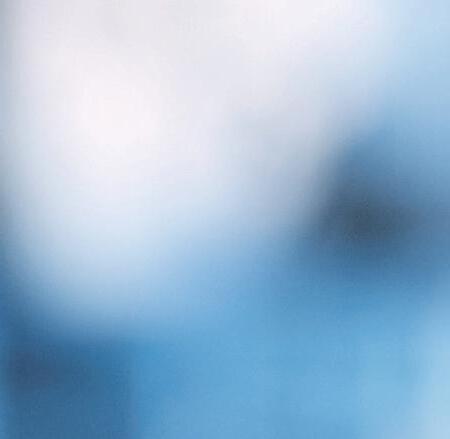
TECHNOLOGY 20 INCLEAN March / April 2024
Thus, if you were doing it right, you’d get an appointment with every six to nine dials. That’s pretty efficient. Most of the time, salespeople working from a good database might average 20 dials per hour. Hence, an hour of focused cold calling got you two to three appointments, establishing a direct relationship between calls made this week and appointments scheduled next week. For most of us, that’s changed.
HOW PROSPECTING IS DONE NOW
Now, in most business-to-business (B2B) industries, you’re lucky if you get a contact on one of every ten dials. I see that the contact-to-appointment ratio has also dropped, but not as drastically. Now, it typically takes four contacts to yield one appointment, most likely because the one-size-fits-all messaging isn’t as effective. What that means is that currently, doing it the old way, it takes about two hours of focused cold calling to get one appointment.
However, I noticed a curious phenomenon when I did cold-call training with my clients. When salespeople leave a robust voicemail message (more on that in a minute), their LinkedIn profile views go up in the next few days. Who’s viewing them? You guessed it—some of the people that they tried to call. That means that whatever they said in the voicemail interested the prospect enough to check them out, even if the prospect didn’t return the call (even 30 years ago, returned calls from voicemail ran about 10-20%, so that’s never been a strong lead generator). Approximately 25-30% of voicemails currently result in a LinkedIn profile view.
PROSPECTING CAN BE SUCCESSFUL
The goal of cold calling is simple: to find people who could buy from us but don’t know that we exist and spark interest in them so that they might buy from us, either immediately or in the future. If prospects are interested enough in what you said to type your name into LinkedIn and look you up, you have successfully sparked their curiosity. Next, of course, you should send them a connection request on LinkedIn. The idea is to get on their radar screen and stay there. And, if you can pick up three to four new LinkedIn connections from an hour’s
worth of prospecting, you’ve won. In redefining prospecting, it’s crucial to create awareness of your existence as someone who can solve problems for your customers. Previously, the coldcalling strategy held that any call that didn’t result in an appointment was a failure. In fact, I once taught salespeople to make three attempts to reach a prospect by phone before leaving a voicemail. That approach is now obsolete. Instead, voicemail should now be considered a messaging medium, just like social media or LinkedIn, that’s used to create awareness.
With that in mind, here’s my recommended new prospecting process:
1. Start with a good database. The data you begin with still matters. It would be best to have a database of targeted prospects using whatever demographics work for you. I usually recommend searching by geography, type of business, and company size. This database should include contact names and titles. Most quality databases do.
2. Conduct three minutes of research. I used to recommend against this because, in the old “only an appointment is success” model, extensive research slowed down the process and cut into the number of quality dials. Now? Your message— whether delivered voice-to-voice or by voicemail—must be personalised. It should speak directly to your prospect, their position, and the company’s anticipated needs. Two or three minutes on their website and the person’s LinkedIn page should get you there.
3. Call. When you call, be prepared to deliver a concise and impactful introduction about how you can help the prospect with a potential need you’ve spotted. Remember, attention spans are short, and your introduction should be brief. Statistics suggest that you might get a contact only one-tenth of the time, but it’s crucial to be well-prepared for that call.
4. Leave a voicemail message. Again, this approach is a departure from the past method. Leave a short, impactful voicemail about how you can help, and provide multiple contact options. Invite your prospect to call, text, or look you up on LinkedIn. Leaving an email address
“
The landscape of sales is evolving rapidly, and we must evolve along with it. ”
is fine if it’s simple and comes across well in a message. Remember, the first sentence must hit hard. You want to capture their interest before they tap the delete button.
5. Watch your LinkedIn views. As I said before, you’re likely to get LinkedIn profile views from those you prospect. When you do, reach out, connect, and take a long-term, slow-play approach to messaging them.
6. Repeat. If nothing happens, wait a few weeks and call again, varying your message.
As a manager, overseeing prospecting activities is even more critical than it was in the past. Prospecting is more of a long-term, slow play now, so salespeople get that immediate dopamine rush from securing an appointment less frequently than they did a decade or more ago. However, if they execute this process consistently, diligently, and skillfully, their sales funnels can be as full as ever. That’s where your leadership comes in. Remind salespeople that, although prospecting requires a delayed gratification mindset now, it’s still a vital strategy and will yield results in the long run.
Prospecting has changed. Adapt to these changes and lead your team to success in the new era. ■
Troy Harrison is the sales navigator and the author of Sell Like You Mean It! and The Pocket Sales Manager. He offers a free 45-minute sales strategy review. To schedule, email Troy@ TroyHarrison.com.
TECHNOLOGY
www.incleanmag.com.au 21
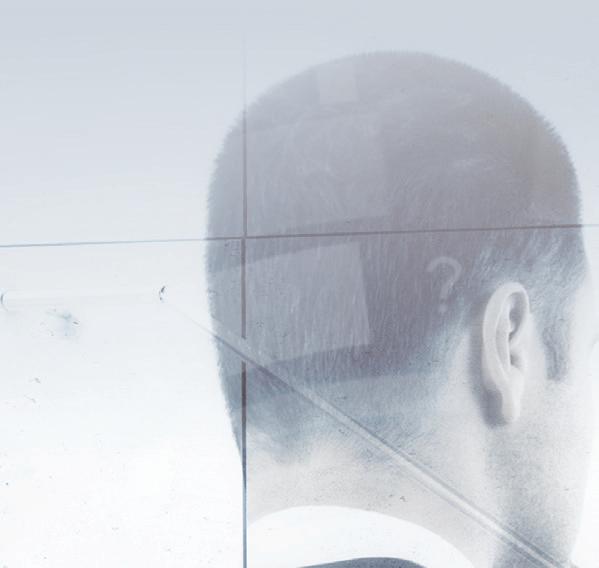

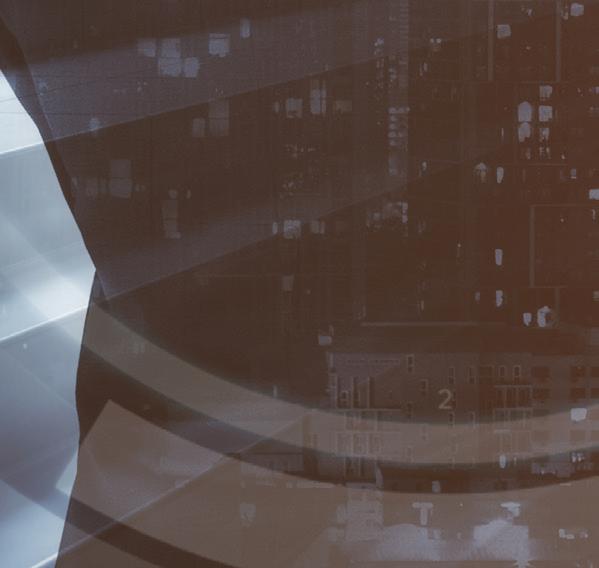

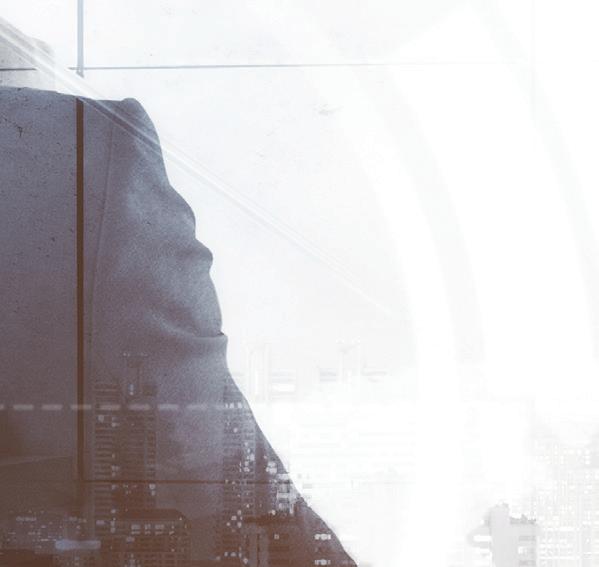

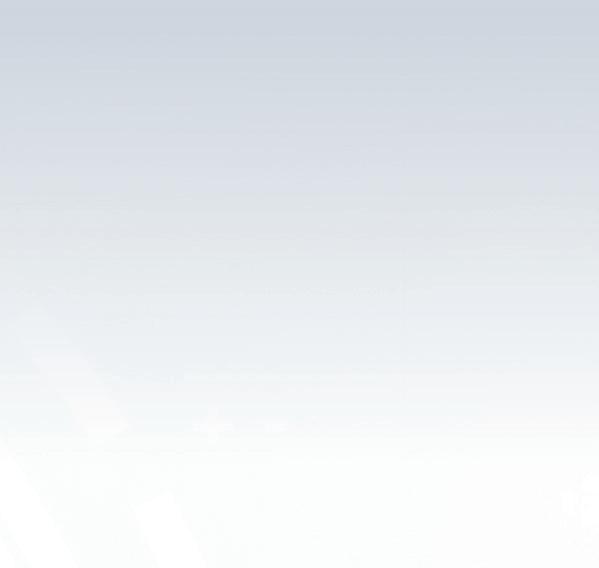


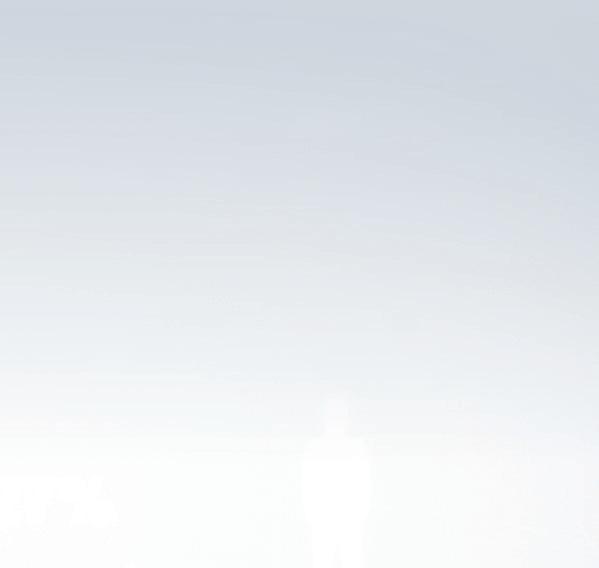
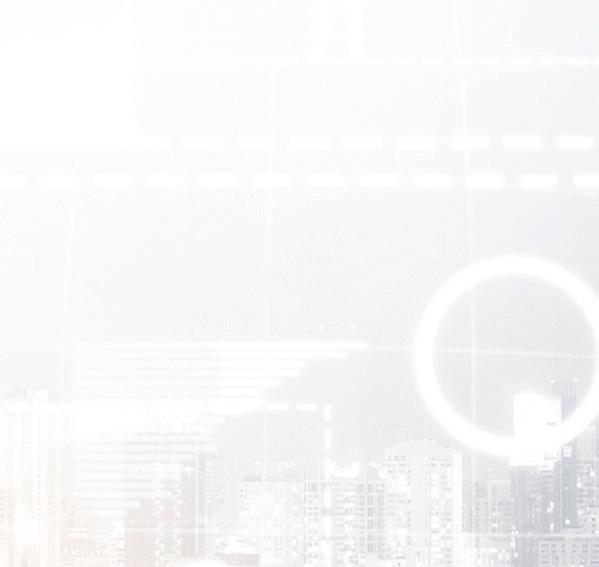

Transforming Your Brand
Five water damage marketing strategies proven to work.
Words Je Cross, ISSA Media Director
When disaster strikes, regardless of its form, those in need require immediate assistance. The challenge is that they may need to figure out who to contact, and so they put their well-being in the hands of their insurance company, usually starting with the agent who sold them their policy.
For commercial properties, there is no doubt more of a plan in place compared to a homeowner. Still, regardless of whether you are targeting commercial entities or homeowners for water damage jobs, the marketing strategies are typically similar. You need to brand your company, be available and easy to find, and do exactly what you say you will do—respond quickly and help those in need.
WATER DAMAGE MARKETING 22 INCLEAN March / April 2024
Demand for water damage restoration work ebbs and flows (pun intended), depending on the season, the weather, and chance. No one plans for a broken pipe and spewing water, but it happens, and opportunity for you shows up without notice.
While there are many ways to market your restoration company, this article focuses on five strategies that are not only easy to implement but also have a significant impact on your success.
1. BUILD A SOLID ONLINE PRESENCE
In today’s digital world, having a strong online presence is essential for any business, including disaster restoration contractors. Establishing a well-designed website that outlines services, showcases your valuable testimonials, and provides helpful resources can significantly boost credibility. When a customer visits your site, they want to do business with you. Your messaging should focus on what you can do for them, detailing when and how you will care for everything they need. A website serves as a 24/7 marketing and informational resource tool, providing potential clients with essential details about your expertise.
However, effective outreach goes beyond your website. Leveraging social media platforms can help contractors connect with clients, share information, and provide updates during times of disaster. Platforms like Facebook, Instagram, and LinkedIn are excellent for engaging with potential clients, answering questions, and positioning your business as a knowledgeable and trustworthy resource. Pick one or two social media channels to focus on. Diluting your efforts by trying them all won’t get you far unless you have the time and resources to do it, such as with a marketing team.
2. UTILISE CONTENT MARKETING AND SEO
Content marketing combined with search engine optimisation (SEO) is a powerful strategy to reach those in need. When a disaster happens, and your potential client hits their favourite search engine and types in their location and what they need, your site’s content marketing and SEO value will determine if they find you. By creating and distributing valuable, relevant, and consistent content, you ensure your online presence is visible to those searching for help.
Posting content about topics in article format is an excellent marketing strategy. Think of what those searching for you may use for keywords. If you have an article that’s titled “Steps to Take Immediately After a Flood” or “How to Prevent Mould After Water Damage,” then the odds are you will get your share of the search results. Such content also positions your business as an authority in the eyes of search engines.
3. NETWORK WITH INSURANCE COMPANIES
Collaborating with insurance companies can be an effective way to get work following floods or other water damage incidents. Since insurance companies often recommend or contract restoration services for their clients, being on their preferred vendor list can lead to steady referrals. Getting on that list may be challenging, but the more you network, the more they know about your services, especially how you will care for the insured the best way you can, which will get you results. Be patient; this may take some time, but a steady networking plan is essential.
To foster these relationships, ensure your services comply with the insurance companies’ standards. You can also attend industry events, join professional associations, and regularly communicate with local insurance agents to strengthen these partnerships.
4. ENGAGE WITH THE COMMUNITY AND BUILD PARTNERSHIPS
Being actively involved in the community can significantly enhance a contractor’s reputation and visibility. By participating in local events, sponsoring community activities, or volunteering for disaster relief efforts, contractors can demonstrate their dedication and concern for the local community. Doing so not only boosts brand recognition but also cultivates a positive business image of the business.
Forging partnerships with local businesses, such as plumbers or real estate agencies, can be beneficial. These businesses can become a source of referrals, knowing that their customers will receive professional and reliable service. Consider all the types of businesses that cater to your ideal clients—these could be potential collaborators, expanding your network and opportunities
“
Trust, reliability, and expertise are crucial to the success of restoration companies.
5. IMPLEMENT DIRECT RESPONSE MARKETING
Direct response marketing, such as email campaigns or direct mail, can be highly effective, especially when targeting regions recently affected by waterrelated disasters. Tailoring messages to address the immediate needs of these communities and providing clear, actionable advice can prompt potential clients to choose your services.
Additionally, a robust follow-up strategy is vital. Follow up with clients after providing services to ensure they are satisfied. This can lead to positive reviews, referrals, and repeat business. Encouraging satisfied clients to leave reviews on Google or social media platforms can further enhance your reputation and visibility.
Remember, trust, reliability, and expertise are crucial to the success of restoration companies. By highlighting these qualities through your marketing efforts, you can build a solid client base and become a go-to contractor in times of need. ■
Jeff Cross is the media director for ISSA, which has flagship brands that include ISSA Today, Cleaning & Maintenance Management, and Cleanfax. He is also the host of several video/broadcast programs, including Straight Talk! and Take 5 With Cleanfax. He can be reached at JeffCross@ISSA.com or 740973-4236.
”
WATER DAMAGE MARKETING
www.incleanmag.com.au 23

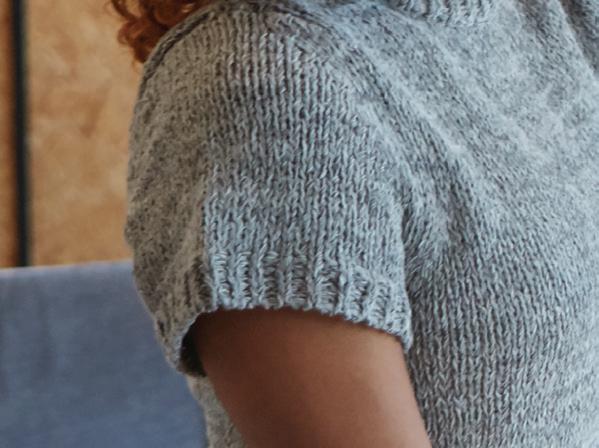
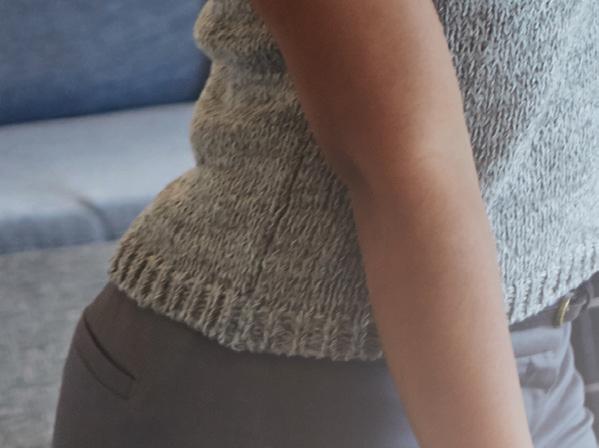
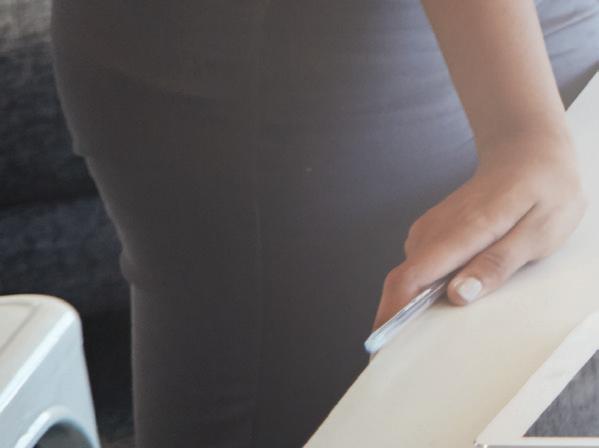
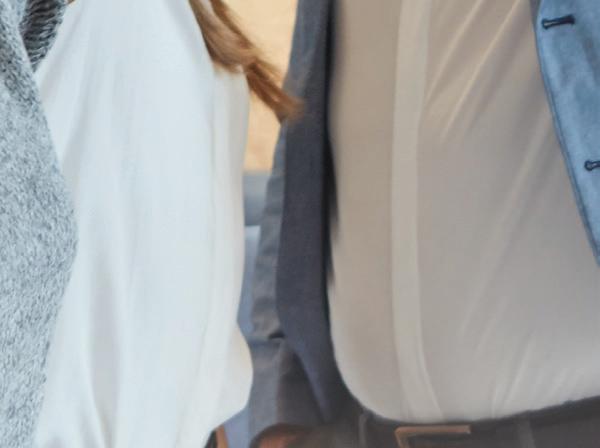
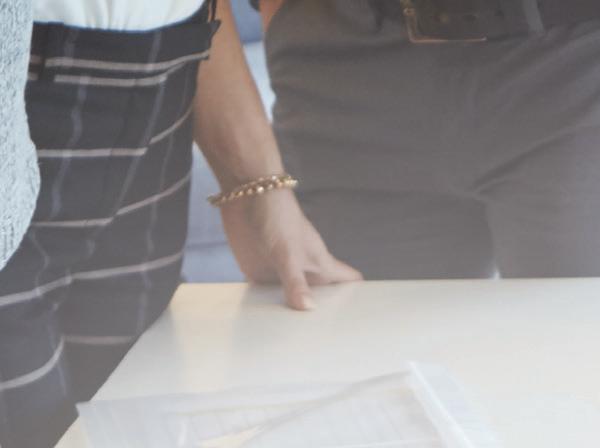
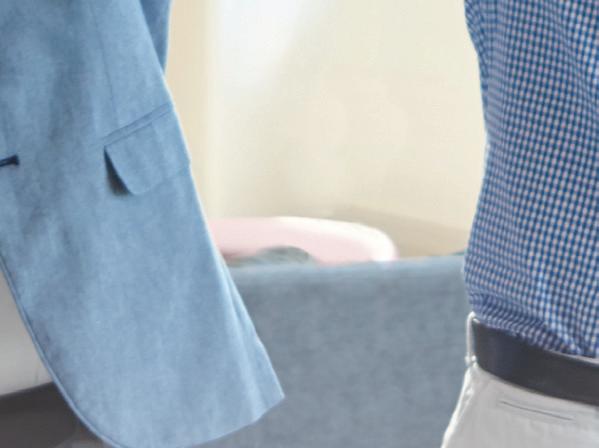
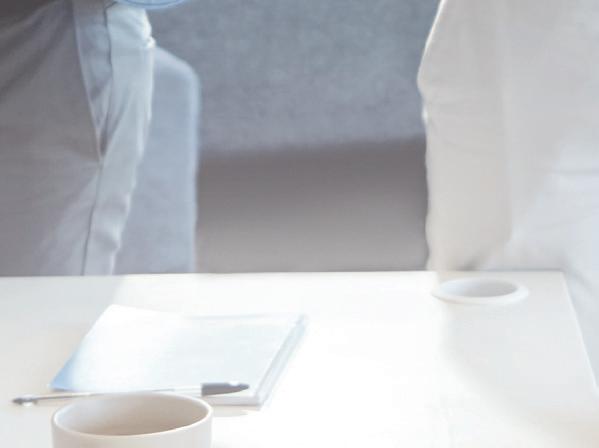
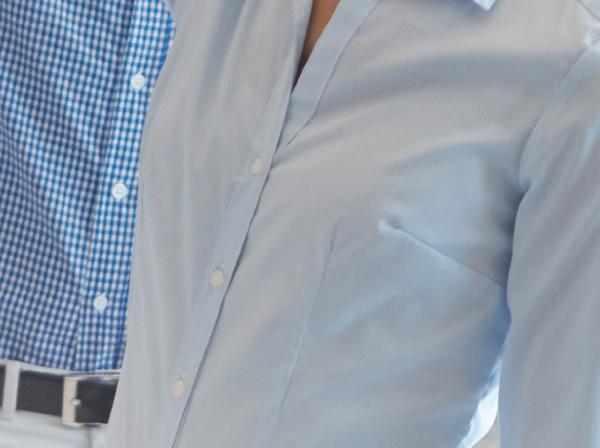
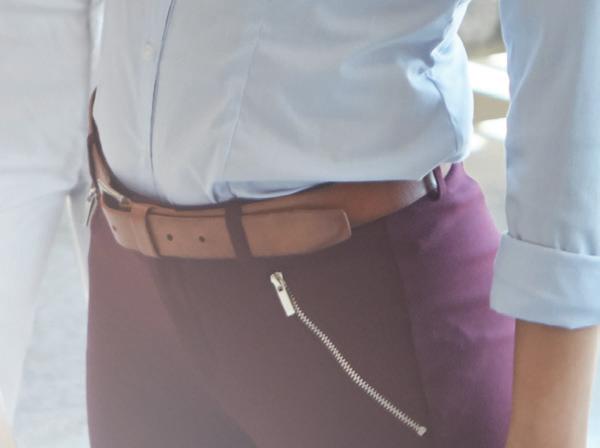
YoungerAttractingSales Talent
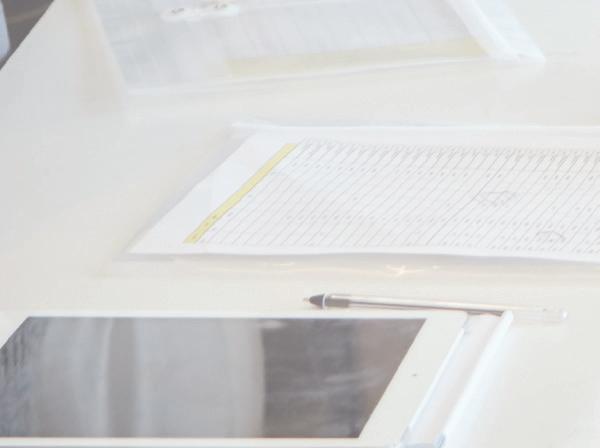
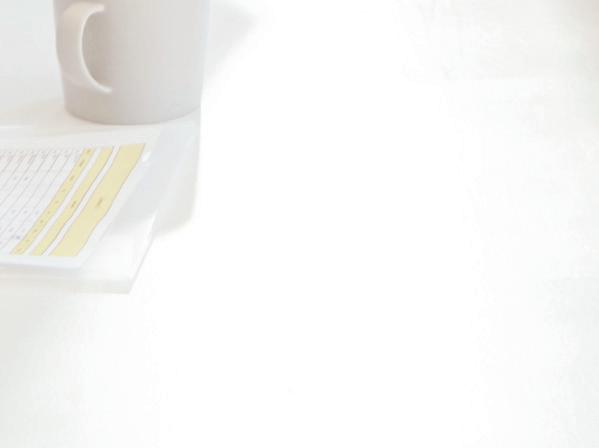
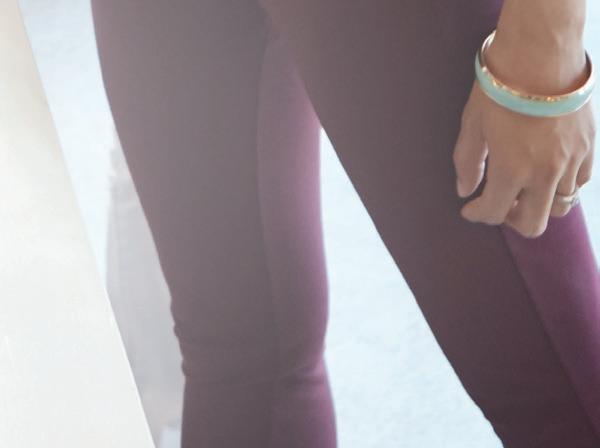

How to update your hiring techniques.
Words Troy Harrison

Tsalesperson’s average age is now 47.1 years old. Fifteen years ago,
that number was 42. That means that our profession has aged five years in the last 15—and that’s unsustainable. The sales profession needs new blood.

With millennials now making up most of the workforce and Gen Z close behind, you might need to evolve your hiring practices to continue attracting top young sales talent. The old way of hiring salespeople—putting out a basic job description and waiting for resumes to trickle in—just won’t cut it anymore for recruiting younger generations. I’ve seen this in working with my clients and I noticed some new methods do generate remarkable results.
MANAGEMENT AND OPERATIONS
24 INCLEAN March / April 2024
Sales managers must take a more proactive and strategic approach to stand out and connect with quali ed candidates. Here are six updated hiring techniques proven to be successful in reaching younger sales professionals.
1. SHOWCASE YOUR COMPANY CULTURE
“Culture” isn’t just a buzzword anymore. Today’s younger workforce values culture, exibility, and purpose when job seeking. They look for it when checking out jobs.
Showcase what makes your company culture and job opportunities unique when recruiting. Highlight your culture on your careers page, company website, and job posts. Let candidates know if you o er bene ts like remote work options (sales is well positioned for this, in my opinion) and professional development programs. These attract young talent. Use images, videos, and employee spotlights so candidates can get a feel for your work environment.

Culture can make or break whether you connect with younger applicants. One key is that whatever you do, it must be authentic. Understand that even if you fake your culture, sites like Glassdoor will quickly let candidates know the truth.
2. LEVERAGE SOCIAL SOURCING
Younger generations live their lives online and on social media. It would help if you incorporated social sourcing strategies into your hiring process to connect with talent where they already spend time. Strategically post job openings in relevant Facebook and LinkedIn groups in your industry. Share and engage with content from top performers and rising sales stars you’d like to recruit and connect with. You can also identify passive candidates by searching pro les with relevant backgrounds or skills.
Social recruiting allows you to grab the attention of talented individuals who aren’t actively job seeking. This also means being innovative with respect to
“
Take a more proactive and strategic approach to stand out and connect with qualified candidates.
your recruiting message. Don’t be afraid to step out of your lane and try things like a video job ad (keep it to 60 seconds or less) or memes (funny or serious).
Post not only to the “normal” media like LinkedIn and Facebook, but also consider TikTok, YouTube Shorts, and Instagram. Remember, you can’t hire people if they don’t know you are hiring. Don’t be snobbish about the way you get your candidates. Just get them.







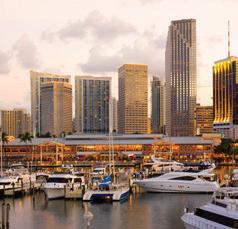












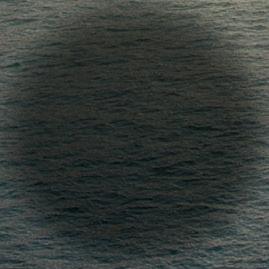




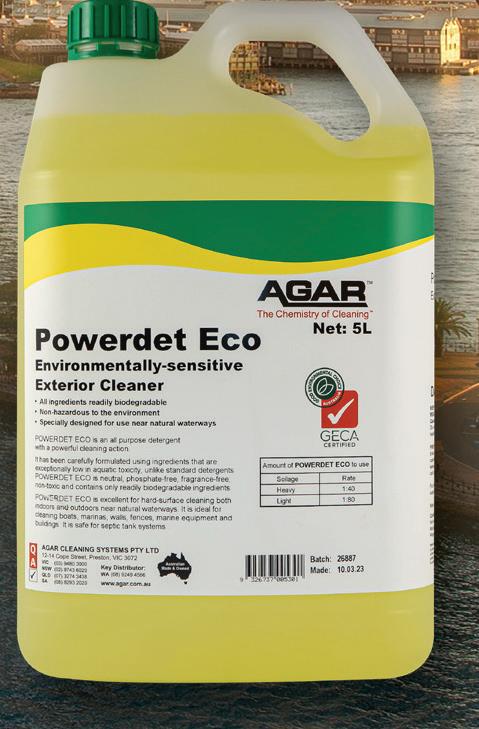
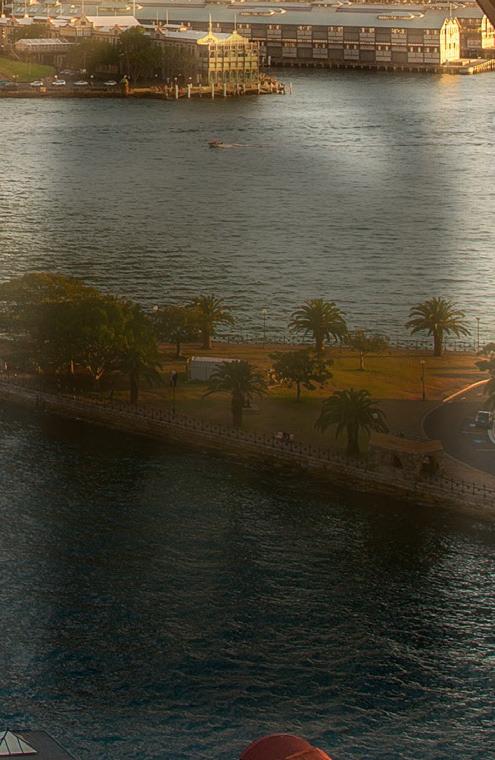
”
MANAGEMENT AND OPERATIONS
1800 301 302 | agar.com.au | sales@agar.com.au Scan to view our product Ideal for cleaning near natural waterways Exceptionally low in aquatic toxicity Non-hazardous to the environment FOR USE ON LAND & SEA ENVIRO-SENSITIVE CLEANER Boats & Jetties Building Facilities External Balustrades Solar Panels HALF Page - March-April 2024 - Powerdet Eco.indd 1 30/01/2024 3:45:15 PM www.incleanmag.com.au 25
“ Today’s younger workforce values culture, flexibility, and purpose when job seeking. ”
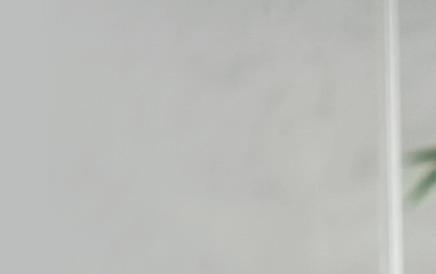
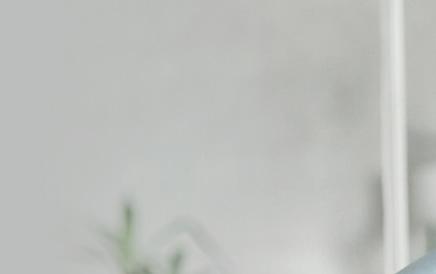
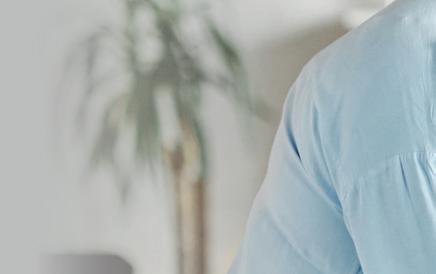
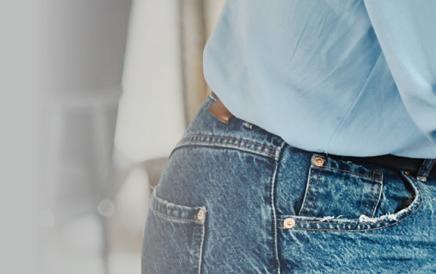
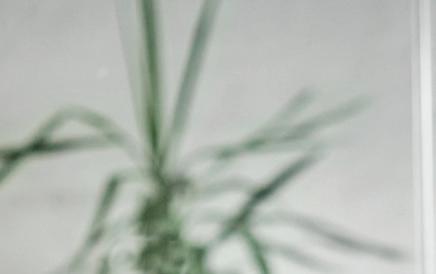


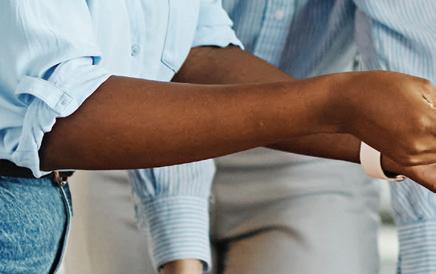





3. HIGHLIGHT DEVELOPMENT OPPORTUNITIES
Younger sales applicants care about career growth and acquiring new skills. If your company lacks structured development programs, highlight other growth opportunities in your job posts and outreach.
Better yet, build some structured development programs, starting with your 90-day onboarding program (you have one of those, right?). Mention if top performers have a chance to take on mentees, have access to skill-building resources, or can participate in stretch assignments. You want candidates to see that your company supports professional advancement so they envision future opportunities. And have one-on-one meetings with candidates, that’s powerful.
4. SHOWCASE TECH STACK
Millennials and Gen-Z candidates expect companies to harness modern technologies and encourage innovation from employees.
When recruiting, thoroughly describe your tech stack, such as sales engagement platforms, LinkedIn integration, data analytics, and automation tools you leverage (and if you aren’t already, get comfortable with phrases like “tech stack”). Discuss how your sales team utilises technology to enhance
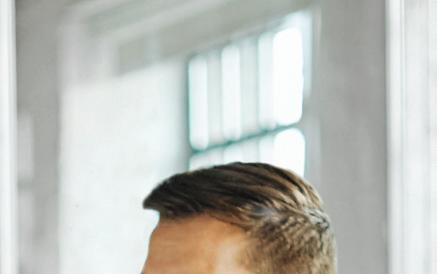




productivity. Today, you’d better be comfortable discussing arti cial intelligence (AI) as a sales tool. You want tech-savvy candidates to see you provide cutting-edge resources to drive results. By the way, if you aren’t using tech to drive sales results, start doing it. The sales profession isn’t going to be backtracking to a low-tech environment anytime soon.
5. CONVEY COMPANY MISSION AND IMPACT
Younger people increasingly seek out purpose-driven work. When recruiting new team members, sales managers should communicate how their company’s mission makes a di erence and highlight recent company impact metrics.
For example, explain how your product or service tangibly helps customers. If you have community involvement programs, those should be part of your messaging.
One fear I’ve heard is that sales managers are reluctant to get into politics with candidates. That’s ne; you don’t need to. Companies can be seen as positive without being seen as taking a particular political stance.
6. RESPOND QUICKLY
Social media has conditioned younger generations to expect quick likes, comments, and attention. If you want to
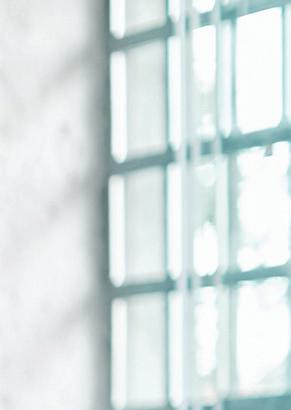


succeed in hiring, get used to doing the same. This may take some e ort, but it’s worth it to get the best results.
I used to recommend that managers collect resumes for a week, sort through them, pick ones to call, and then call. Now, the best practice is to receive a resume, do a quick scan of it, and then call right then. If your candidate doesn’t answer, you should also email and text. You want the candidate to get that quick dopamine hit that comes with an immediate response and then give multiple ways to get back to you.
Never mistake this: You are competing for talent in a highly competitive environment. If some of the tactics above resemble ways that you’d compete for customers, that’s not an accident. Compete for sales talent with the same intensity as you compete for customers. If you do this, you’ll have a great sales team and leave many of your competitors behind.■
Troy Harrison is the author of Sell Like You Mean It! and The Pocket Sales Manager. He is a speaker, consultant, and sales navigator, helping companies build more profitable and productive sales forces. To schedule a free 45-minute sales strategy review, call 913-645-3603 or email Troy@ TroyHarrison.com.
MANAGEMENT AND OPERATIONS
26 INCLEAN March / April 2024
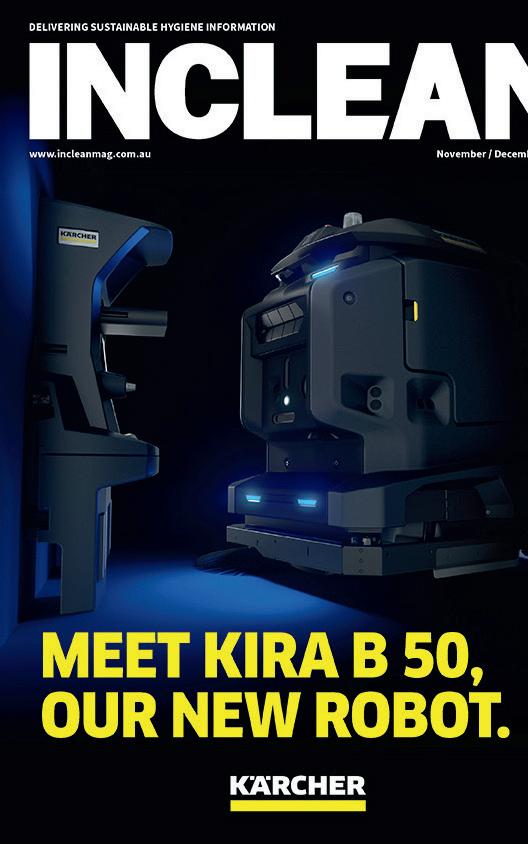
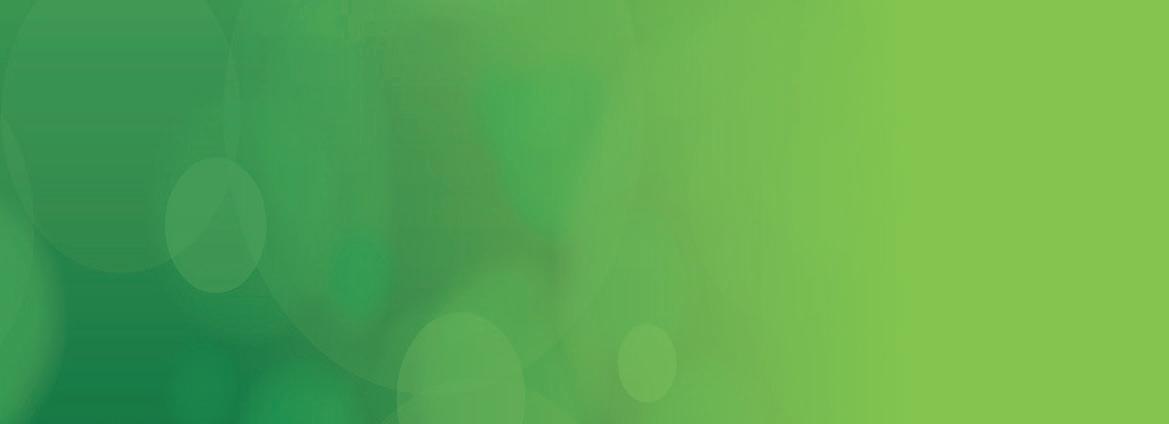



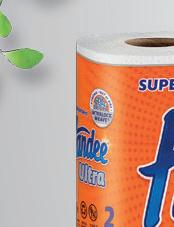


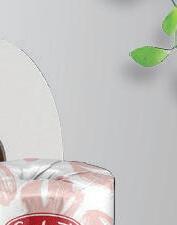






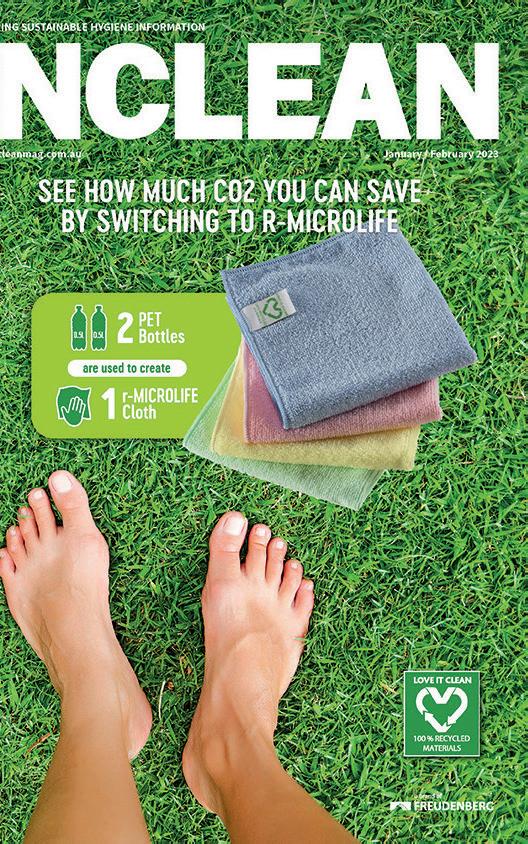
www.incleanmag.com.au Subscribe NOW Stay up to date with the latest news and events in the cleaning industry Sustainable SUPPLY SOLUTIONS Cleaning • Packaging • Catering • Safety www.rapidclean.com.au DELIVERING SUSTAINABLE HYGIENE INFORMATION www.incleanmag.com.au March / April 2023
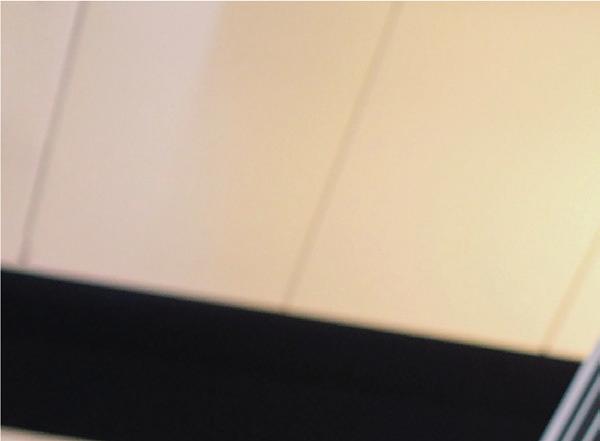
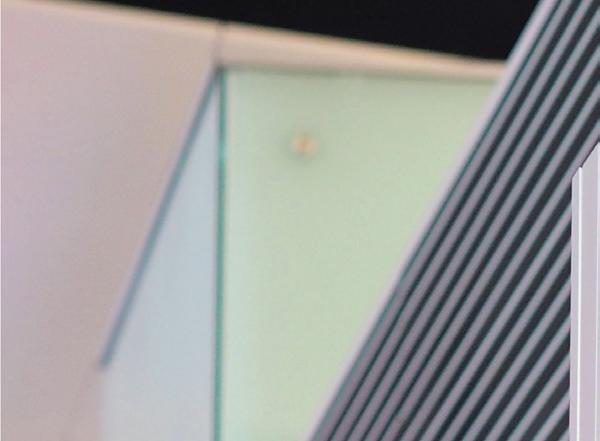
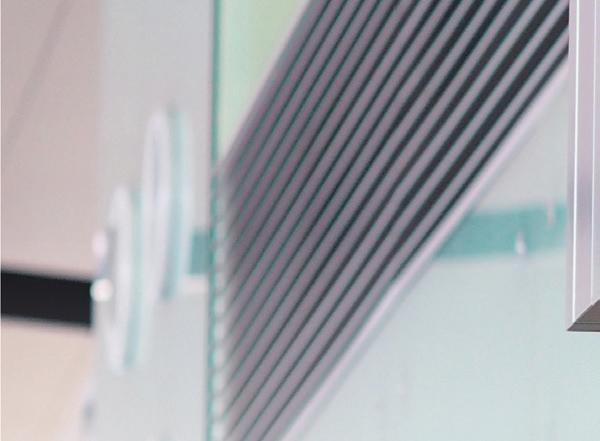
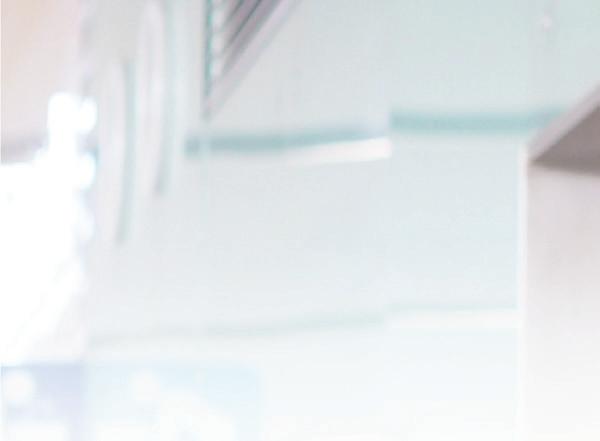
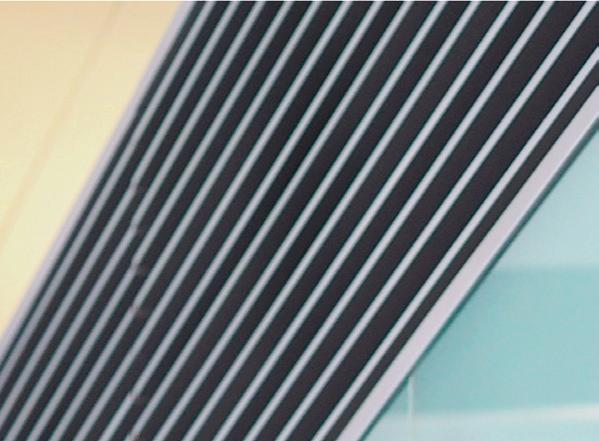
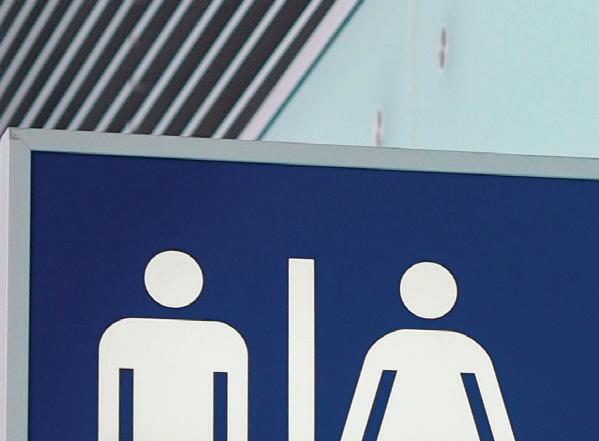
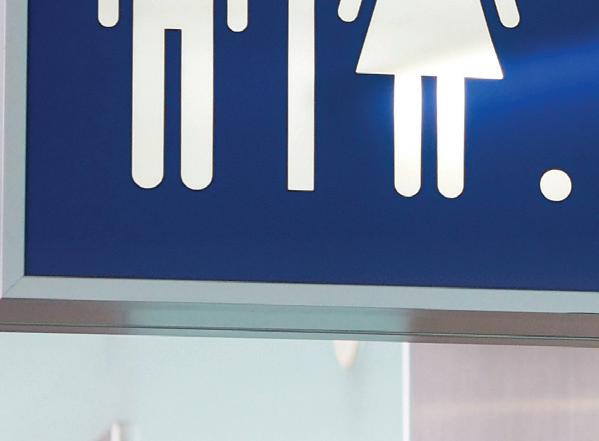
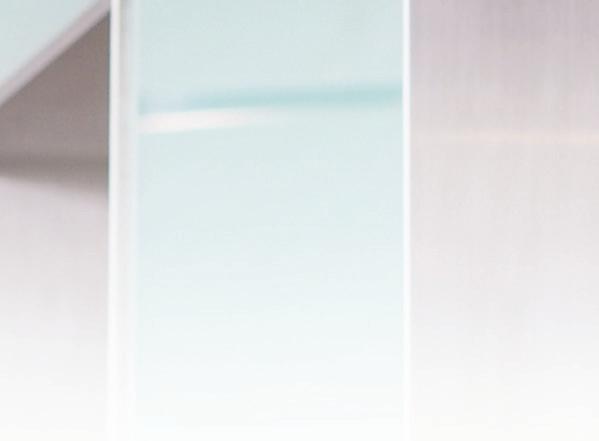
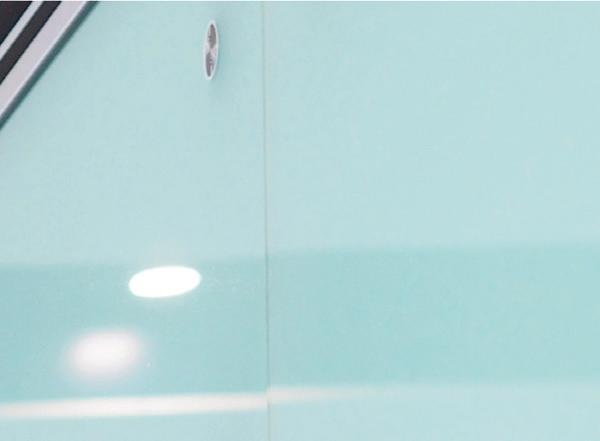
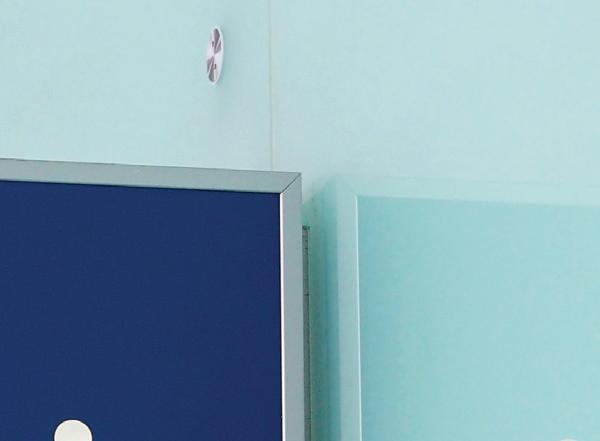
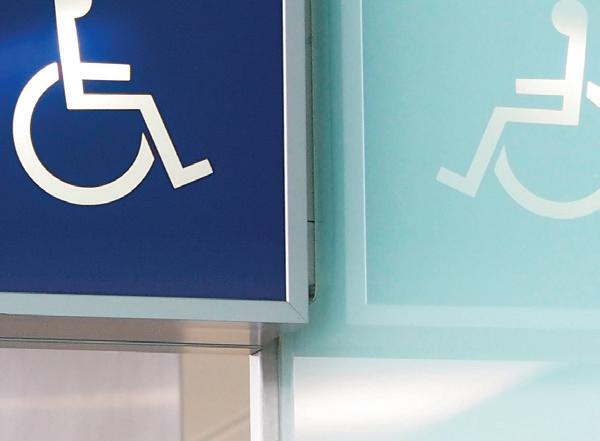
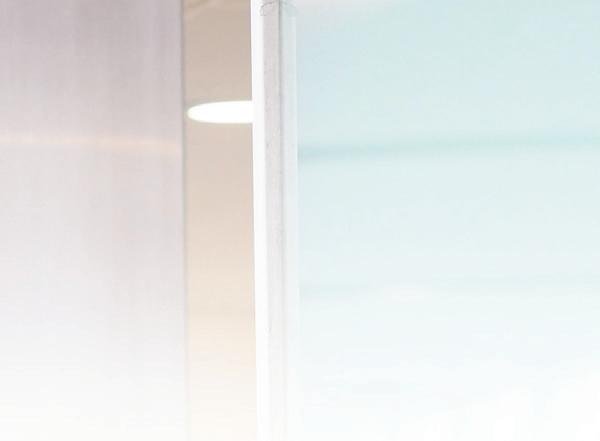
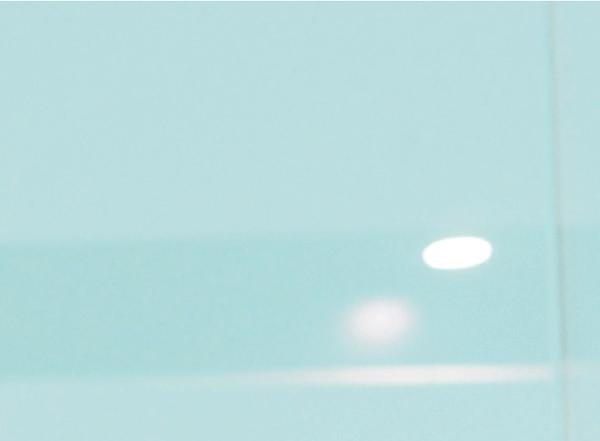
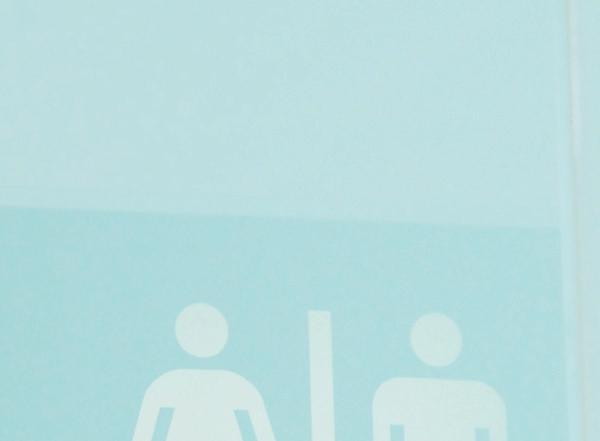
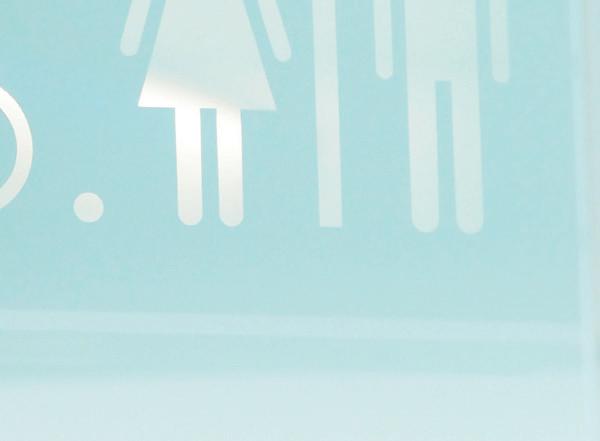
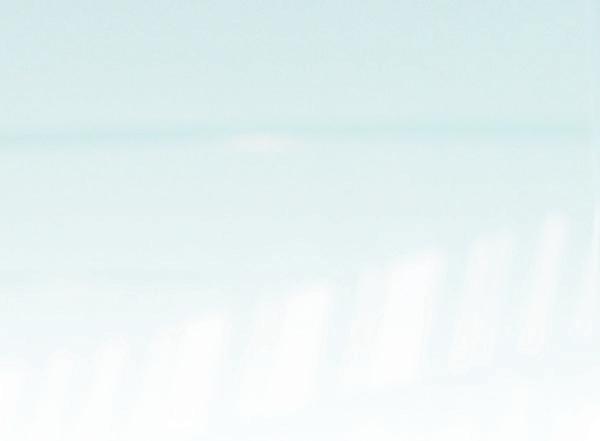

Data-Driven Cleaning
—coming
to a restroom near you.
Words Cameron Cooper
As facility managers deal with an exhaustive list of tasks each day to ensure the smooth running of their buildings, there is one element they cannot get wrong—restrooms.
A recent Statista survey of building service contractors (BSCs) and commercial cleaners in North America covering 2017-2023 indicates that restrooms typically account for about 40% and up to almost 52% of all complaints from site users, well ahead of shared spaces, hard floors, carpets, and rubbish. These findings underline the importance of hygienic and cost-efficient cleaning systems in restrooms, including paper and dispenser solutions. The job is made more difficult because of well-publicised staff shortages in the cleaning industry.
INNOVATION
28 INCLEAN March / April 2024
Promisingly, an exciting transformation is occurring in restroom monitoring and cleanliness, courtesy of smart sensors and automation, that can be applied to restroom fixtures, such as paper, soap dispensers, and even toilet seats. These sensors provide data on usage patterns, allowing facility managers and cleaners to streamline maintenance schedules.
“At the heart of it is using data-driven systems that let cleaners work in a more efficient way,” says Robin Craigie, Tork marketing manager for washroom at hygiene and health company Essity Australasia. “Instead of doing the circular route cleaning of restrooms that’s been done in the past, you can tailor your cleaners’ activities to be more efficient through the use of data.”
Some major hygiene companies are offering such technology solutions. In Tork’s case, its Tork Vision Cleaning solution involves a three-step process: first, restroom sensors measure visitor numbers and dispenser refill levels; second, a gateway collects data securely
in the cloud; and third, the real-time information is displayed and accessed on a laptop, tablet, or mobile phone. The Tork data indicates that the system results in dispensers being stocked 99% of the time, while dispenser checks are cut by 91%, saving up to 20% of cleaners’ time compared with pre-set cleaning routines. Despite such findings, Craigie admits that the real challenge now is to encourage behavioural change and convince more facility managers and cleaners to embrace data-driven technology. “We feel that in the longer term, it’s definitely the way that the industry will go, but we’re in that early adoption phase of trying to get them to adopt the technology and use the data,” Craigie says.
STRIVING FOR A BETTER WAY
In the future, predictive modelling and machine-learning algorithms will increase and likely be part of bestpractice restroom management as manual checklists and periodic cleaning inspections are superseded.
“
You can tailor your cleaners’ activities to be more efficient through the use of data. ”









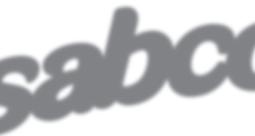
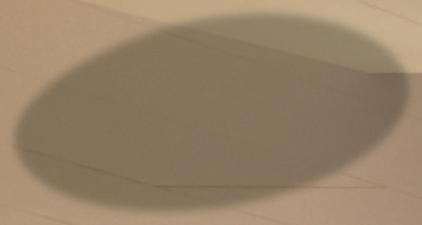

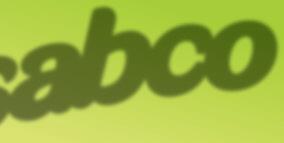
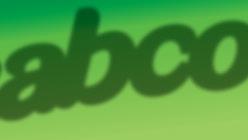
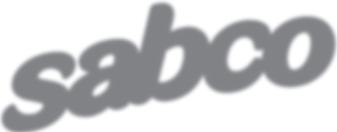


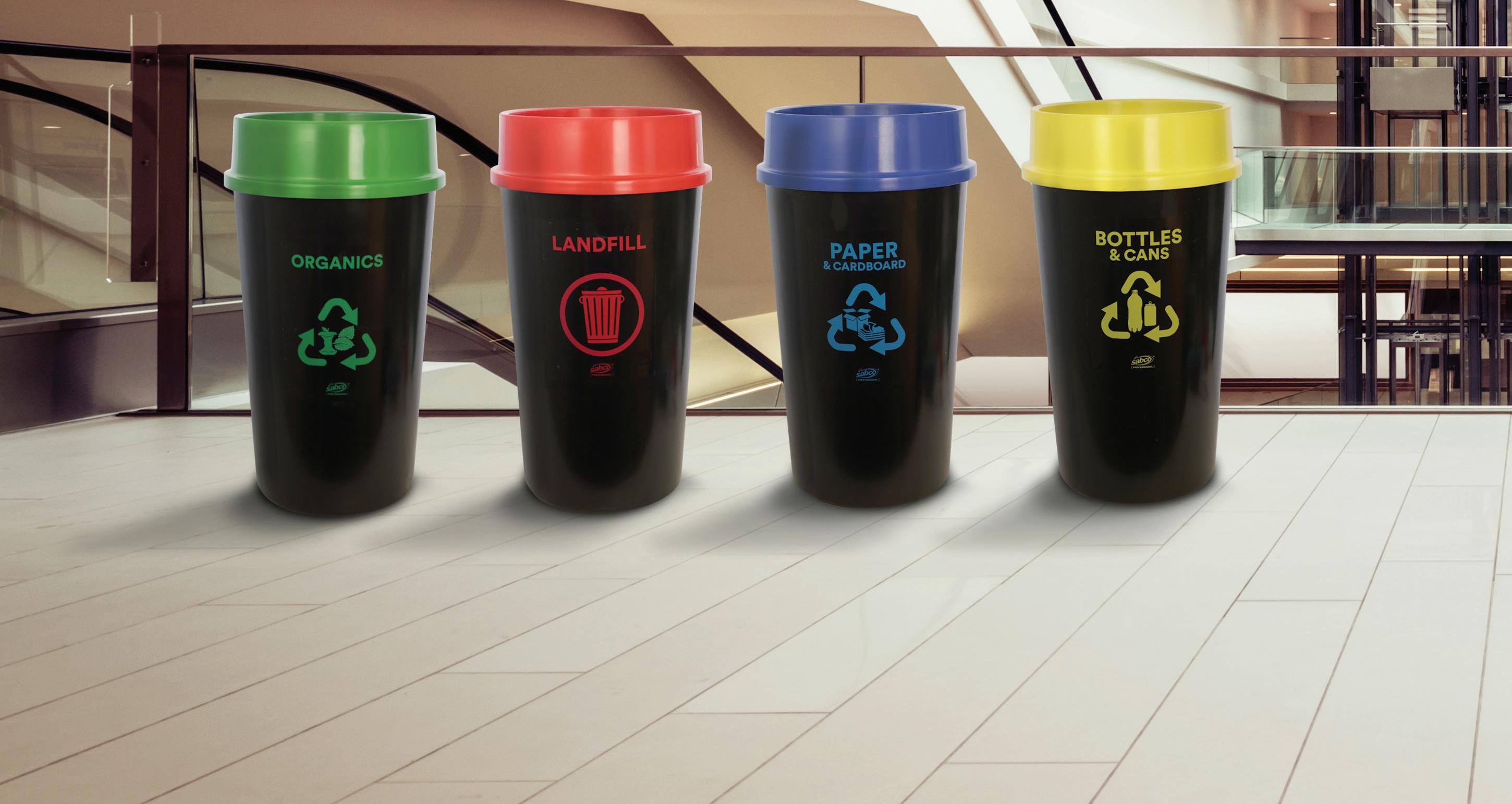


















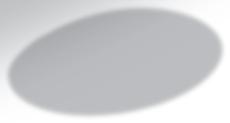




INNOVATION EnviroPlastic Waste Solutions scan to view our range of products RECYCLING STATION www.incleanmag.com.au 29
“ Sensors provide data on usage patterns, allowing facility managers and cleaners to streamline maintenance schedules. ”
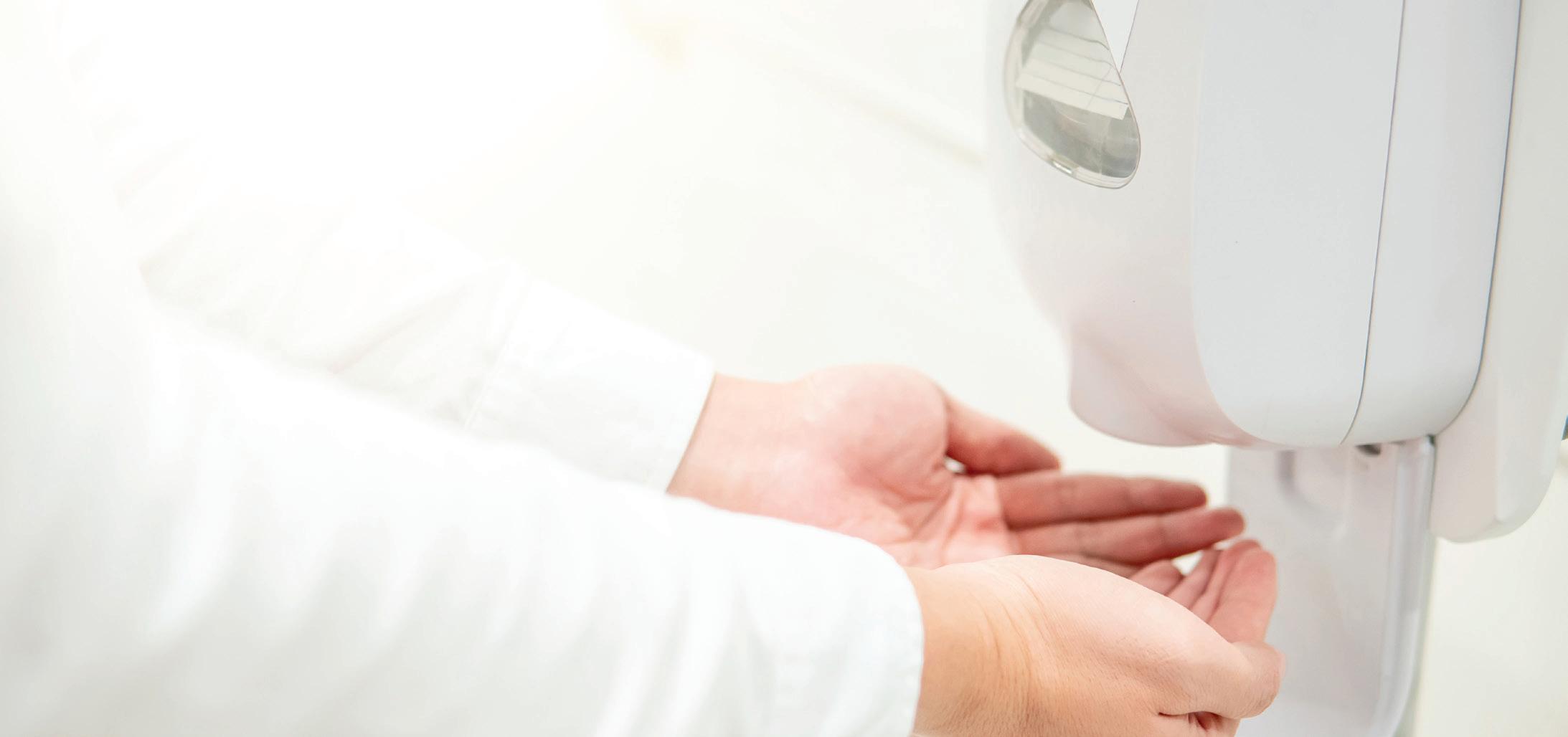
Dani Anderson, general manager of customer and commercial at ARA Property Services, says understanding peak usage times of restrooms and allocating cleaning staff accordingly is crucial. ARA Property Services is trialling sensor technology to complement existing practices, such as monitoring swipe card entries into a building. “Any numbers that tell us how many people are using the facilities is a really good starting point so that we can allocate labour appropriately,” Anderson says. “It’s certainly not a set-andforget style cleaning model anymore.”
According to Anderson, weighing up the long-term operational cost advantages of technology innovations, versus the price of purchasing and implementing such solutions, is front of mind for facility managers, cleaners, and other parties. “Trying to find a line between expectation on quality and budget requirements, then landing somewhere in the middle is important,” she says. “There are commercial considerations that come into play as well.”
PAPER CHASE
In addition to producing more hygienic and affordable outcomes for restroom cleaning, it is essential to deliver comfort for users, whether that involves new or older technology.
MISTAKES TO AVOID
1. Positioning dispensers poorly: Hygiene standards will inevitably suffer if a person washes their hands in a restroom and then must walk 10 metres to a hand towel dispenser to dry their hands.
2. Using dispensers that are too small: Some facilities opt for smaller paper and hand soap dispensers for aesthetic reasons, but then run the risk of product runouts and higher servicing costs.
3. Installing a mixture of dispenser types: One set of common dispensers in a facility is more cost-effective and efficient than having a variety of dispensers with different refilling needs. Additionally, having coordinated dispensers improves the look of a facility.
On that front, some well-established types of paper continue to create a better hand-drying experience for people than cheaper, less absorbent products. Rob Graham, general manager at Solaris Paper Australia, says, for example, that air-dried (TAD) paper towels are still in demand. “It’s making thorough hand drying quicker and gentler as the paper is softer and more absorbent than standard paper towels,” he says.
In addition to being popular with consumers, the machines used to make TAD products can also run faster and deliver better-quality paper products, leading to cost and quality gains.
Graham says Solaris Paper clients are also requesting highcapacity paper dispensers that cut servicing times and costs. They also value flexible dispensing solutions that do not limit them to one brand of refill. Further agility comes from selecting a washroom paper partner who can source tissue from different mills to combat possible supply-chain disruptions. “With supply chains facing numerous challenges, facility managers are looking to partner with distributors and mills who have multiple supply options,” Graham says.
Martin Tofts, national key account manager, facilities management at Bunzl Australia & New Zealand, agrees that customer comfort is on the agenda in restrooms. “It’s a fine line between reducing costs and maintaining a high customer washroom experience,” he says. “If the customer doesn’t feel a satisfactory level of comfort, then this will be a factor for them in deciding whether to visit this facility or how much time is spent there.”
Although there is a perennial debate about the relative merits of hand towels in restrooms versus air dryers, the health care industry’s relatively low uptake of air dryers reflects the view that single-use paper towels are a more effective and hygienic way to dry hands in some settings.
By contrast, Anderson says many of ARA’s customers are exploring ways to reduce their paper use for budget and environmental reasons. “There’s a huge appetite to essentially move away from paper in its entirety,” she says. “It’s not only an overhead with an environmental impact, but then there’s the cost of disposing of paper as well.”
Anderson concedes, though, that some customers baulk at the cost of installing air dryers across an entire facility.
INNOVATION
30 INCLEAN March / April 2024
COUNTING ON DISPENSERS
With dispenser management systems, Tofts says the use of traffic counters at the entrances of restrooms can ensure that facilities are cleaned based on patronage rather than a pre-set schedule.
Bunzl is also trying to help facility managers adopt more sophisticated practices around the deployment of dispensers that can deliver cost and sustainability benefits. “We find that having dual jumbo roll dispensers reduces waste, which coincides with cost (efficiencies),” Tofts states. “The responsibility of the cleaner is to ensure that the dispensers are always full. Therefore, if the roll has 25% remaining, they may remove that roll and replace it with a full roll to reduce the risk of the dispenser getting empty.”
Larger hand towel dispensers offer advantages, too. “This reduces the risk of the cleaner replenishing the existing dispenser with as many clips of paper as possible, running the risk of compaction and seeing clumps of paper being pulled from the dispenser, (and) again contributing to wastage and costs,” Tofts claims.
Essity research highlights the importance of better dispenser management for facilities, noting that 82% of employees feel uncomfortable when they cannot get soap or hand towels because of empty dispensers. This can also result in unhappy customers and complaints.
Craigie admits that with data-driven dispenser solutions, cleaning teams become empowered and more efficient. “Imagine from a cleaner’s perspective if they never have to go and check on the dispenser,” he says. “They know exactly where they need to go, when they need to go there, and what they need to take there.”
SUSTAINABLE OUTCOMES
Technology-enabled restroom management can also contribute to environmental and sustainability gains.
Bunzl’s head of sustainability, Felicity Kelly, says the trend is towards reusable and refillable high-quality dispensers in restrooms that generally result in waste reductions and less use of products. “The whole driver is really around diverting waste from landfill,” she says.
While there is often an assumption that all paper hand towels can be recycled, Kelly says that is not always true. Some paper products can be recycled, and others may be compostable, “but for the most part, it will go to a landfill.”
She advises facility managers to discuss their paper options with suppliers and waste-service providers so they can select the most environmentally friendly product for their facility while also being mindful of costs.
For its part, Essity is committed to exploring new fibre sources such as wheat straw and promoting its Tork PaperCircle recycling service for paper hand towels in the United States and Europe. With the recycling initiative, used paper hand towels are collected and recycled into new tissue products.
While the recycling service is not available in the Australasian market, Tork regularly conducts lifecycle analyses of the carbon footprint of its products. That has led Tork to work with customers to encourage composting of hand towel products rather than putting them into landfills. “Life cycle analysis shows that composting Tork hand towels reduces carbon footprint by 50%,” says Rochelle Lake, head of marketing—B2B for Essity Australasia.
On the sustainability front, Tork is focusing on offering dispensers that reduce consumption. For example, it has a smart toilet paper dispensing system that lets users pull out just one sheet of paper at a time from a nozzle in the centre of the
dispenser, a move that research indicates cuts paper consumption by up to 40% compared with a continuous roll.
INNOVATION ON THE RADAR
As sensor and data-driven technology continues to evolve, the future of restroom management looks positive, with even more operational efficiencies and sustainability gains likely in the years to come.
Lake expects the focus on consumer needs to prompt other product innovations in restrooms. For example, the dispensing of accessible period care products in government, education, and workplace restrooms is a rising trend in Australia and overseas.
“Pads and tampons are essential products that are used in the washroom,” she says. “And making them available alongside the other products like toilet paper, hand towels, and soap makes a lot of sense. For a low cost, you can make a big impact on people’s wellbeing and feeling of acceptance in the workplace.”
Data-driven cleaning is coming to a restroom near you. The emerging technology will help facility managers and cleaning contractors as they seek to streamline operations and improve the cost-effectiveness of paper and dispenser management in restrooms. ■



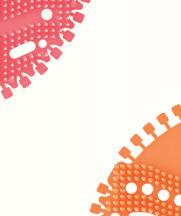
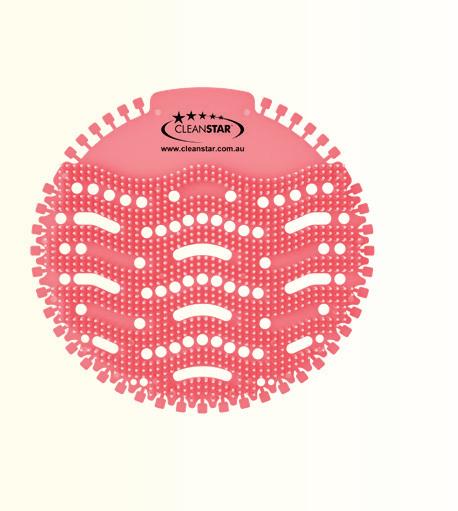

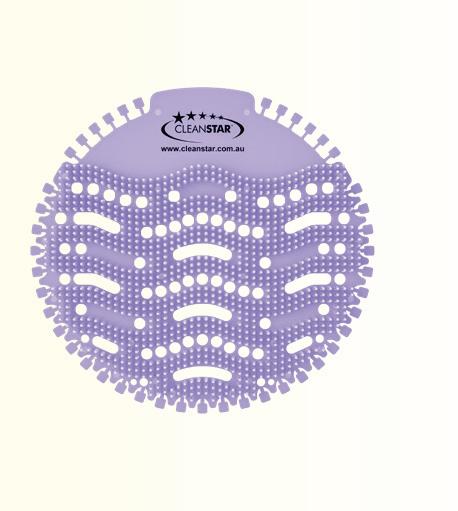

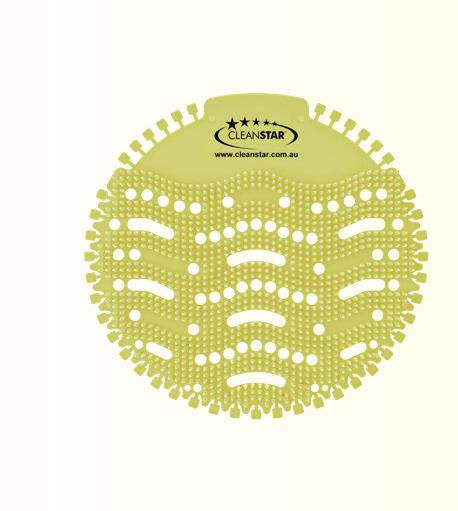
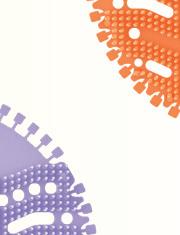
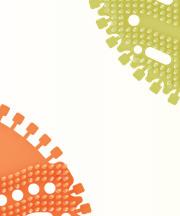
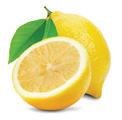

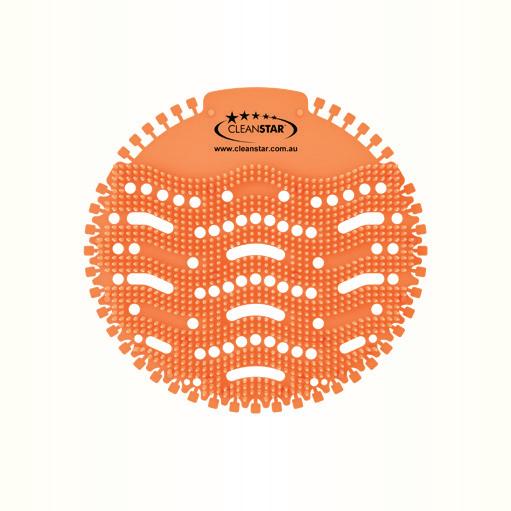
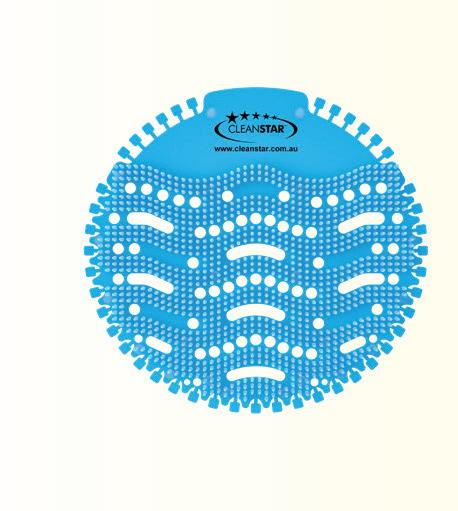

INNOVATION
www.incleanmag.com.au 31
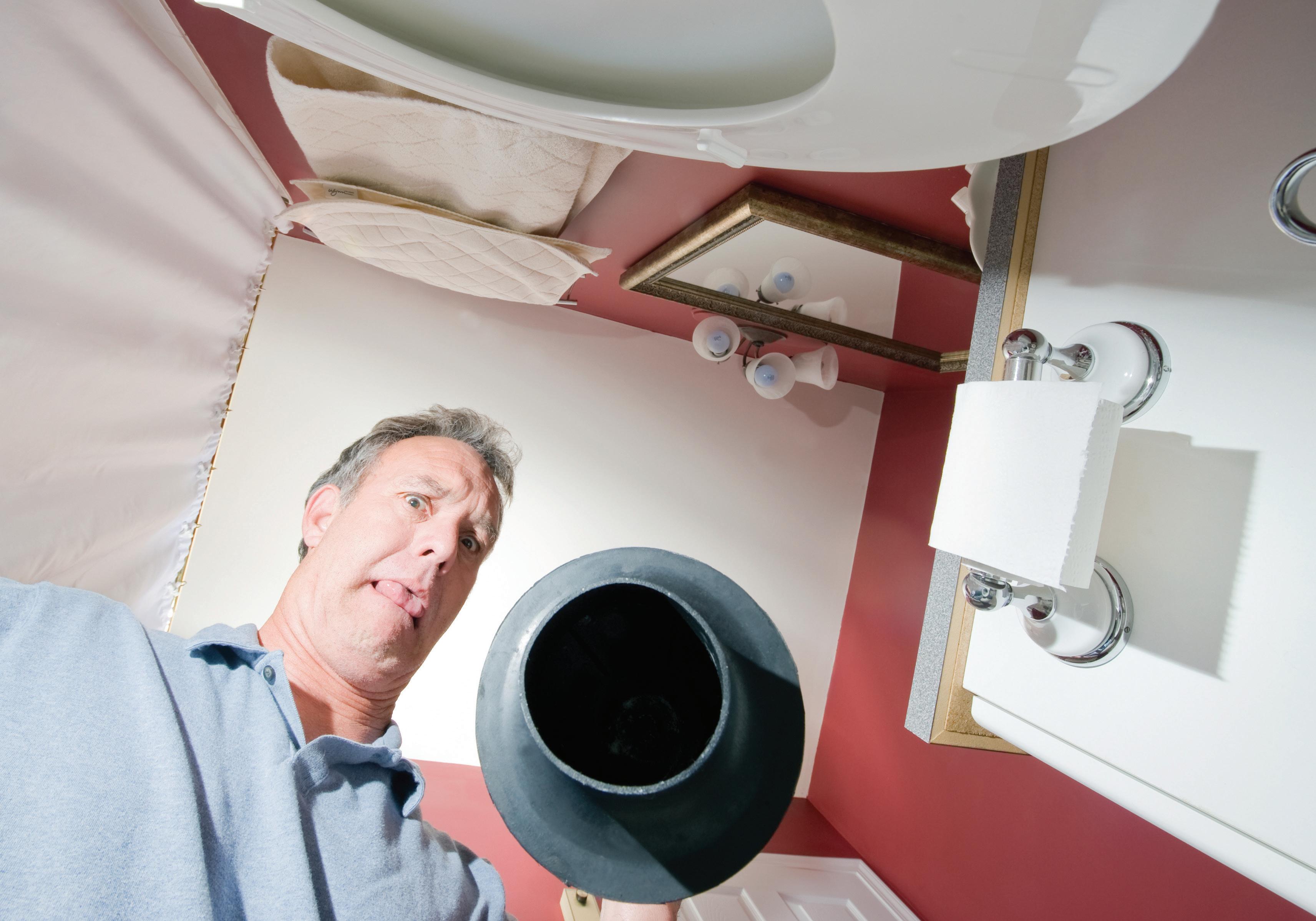
The Plunger
The tool no one wants to discuss, but one every bathroom and business needs.
Words Chuck Violand
Invented in 1874 by New York confectioner John S. Hawley, the common household plunger was initially patented as a “vent-clearer.” Now, this basic yet indispensable tool can be found in every household and business—at least in those with running water.
While plungers can be our best friend when we need one, many people go to great lengths to hide them so they’re out of sight when guests visit. Some hide them in closets or under cabinets. Others have cute little housings for them right in their bathrooms. Apparently, there’s nothing tackier than exposing a naked plunger!
Plungers are known by many names; among them are force cup, plumber’s friend, and plumber’s helper. But the name I like most is “award.” Let me explain.
THE PLUNGER AWARD
Early in my consulting career, I felt that many of the problems my clients were experiencing with their businesses could actually be solved by the owners themselves. Frequently, the only problem was a lack of confidence that their remedy was the right one. Other times they just needed a little assistance from me with their strategy. In other words, the problem was a lot like a clogged drain
MANAGEMENT 32 INCLEAN March / April 2024
that just needed a little encouragement to free itself up. I realised that my counsel to them was little more than applying a plunger to a clogged drain—I was simply freeing up what was already in their head.
Fortunately for me, my clients didn’t discontinue my services to instead run out and buy a plunger. This gave me the gumption to design and confer upon worthy recipients my “plunger award.” I called it the Royal Order of the Golden Plunger award. It was an inexpensive $2 plunger that I painted gold and mounted on an expensive plaque engraved with the company’s name, year, and the reason for the award.
As my clients’ companies grew, the challenges they faced became more complex and sophisticated. As a result, my plunger award fell out of service, but the concept remained—just with more sophisticated tools and strategies.
Any plumber can tell you that a
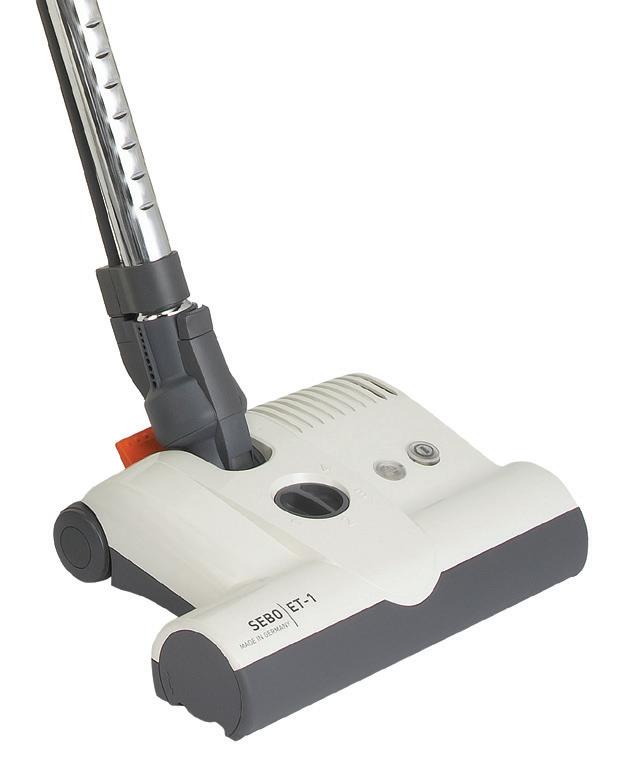
plunger will not solve all the plumbing problems in a customer’s home or business. Sometimes, problems are more complex than a mere clogged drain. Plus, the more sources and uses of water in a building, the greater the chances of experiencing a water problem. Likely, more sophisticated tools are needed to diagnose where the problem is, and sometimes heavier or more sophisticated equipment is necessary to correct the problem. It’s the same with a business.
THE PLUNGER—A LESSON IN BUSINESS
The more sources and uses of cash that a company has, the greater the risk of developing a clog—or worse yet, a leak! Add in the additional complexities that come with having more people, more intricate processes, or multiple locations, and it becomes clear that the solution is more than a plunger. Help may come by asking the right questions or employing
analysis tools to identify the location of the blockage.
While on the surface many careers might appear to be more glamorous, there are remarkable similarities between all jobs. They all involve solving problems for customers, just like a plunger does with a clogged drain.
What we’re really doing is helping things flow more freely for people in need and reinforcing the notion that we can all use a dependable plunger from time to time. ■
Chuck Violand is the founder and principal of Violand Management Associates (VMA), a highly respected consulting company in the restoration and cleaning industries. Through VMA, he works with business owners and companies to develop their people and profits. For more information, visit wwww.violand.com.
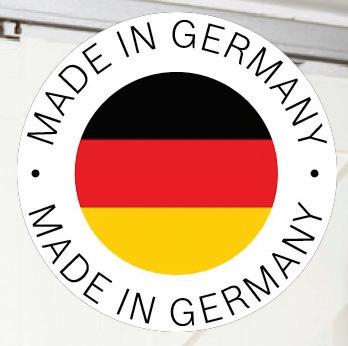
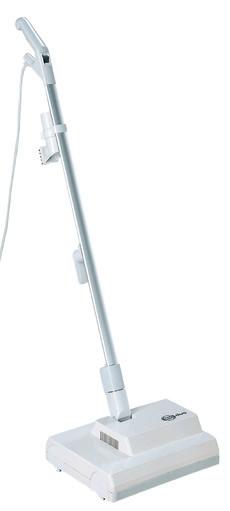
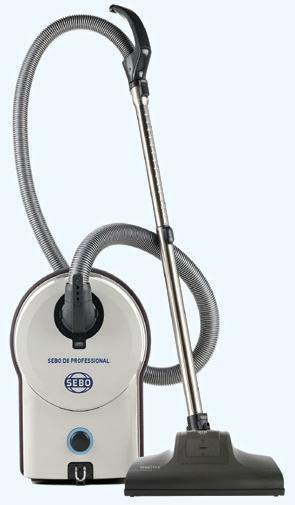




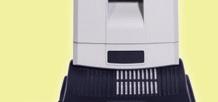
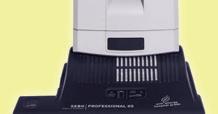
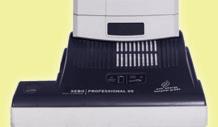
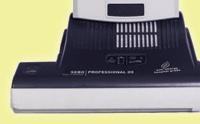
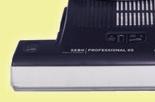


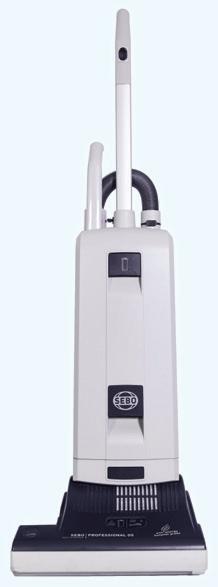


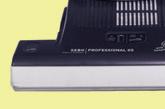










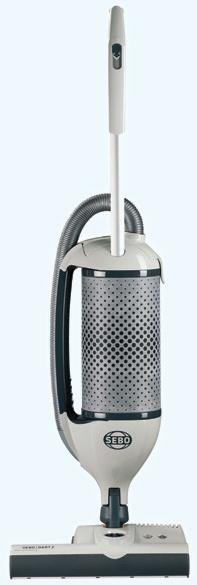
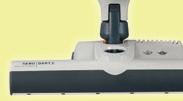


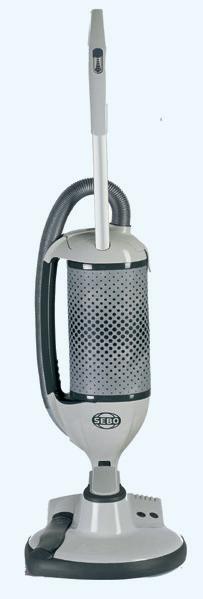














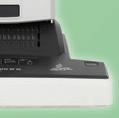
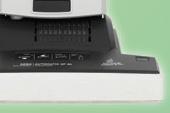
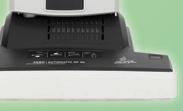
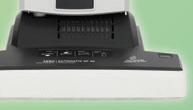
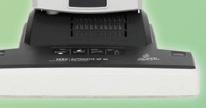

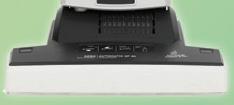








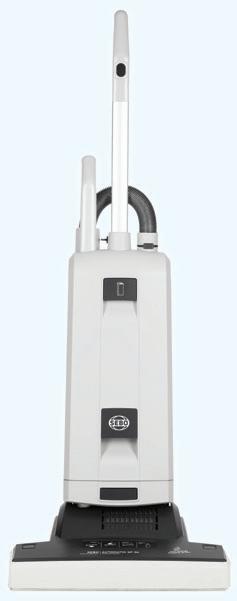
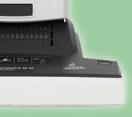
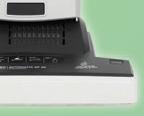
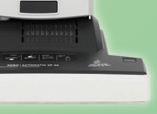
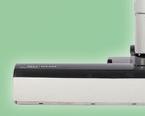
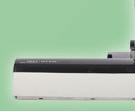
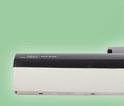
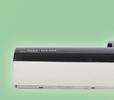






























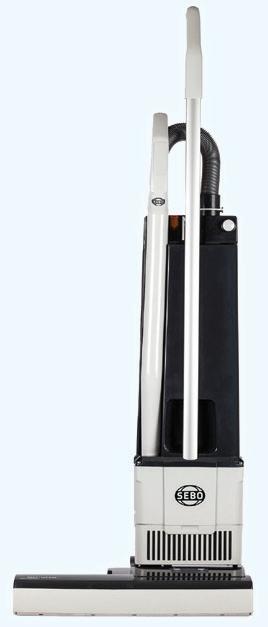
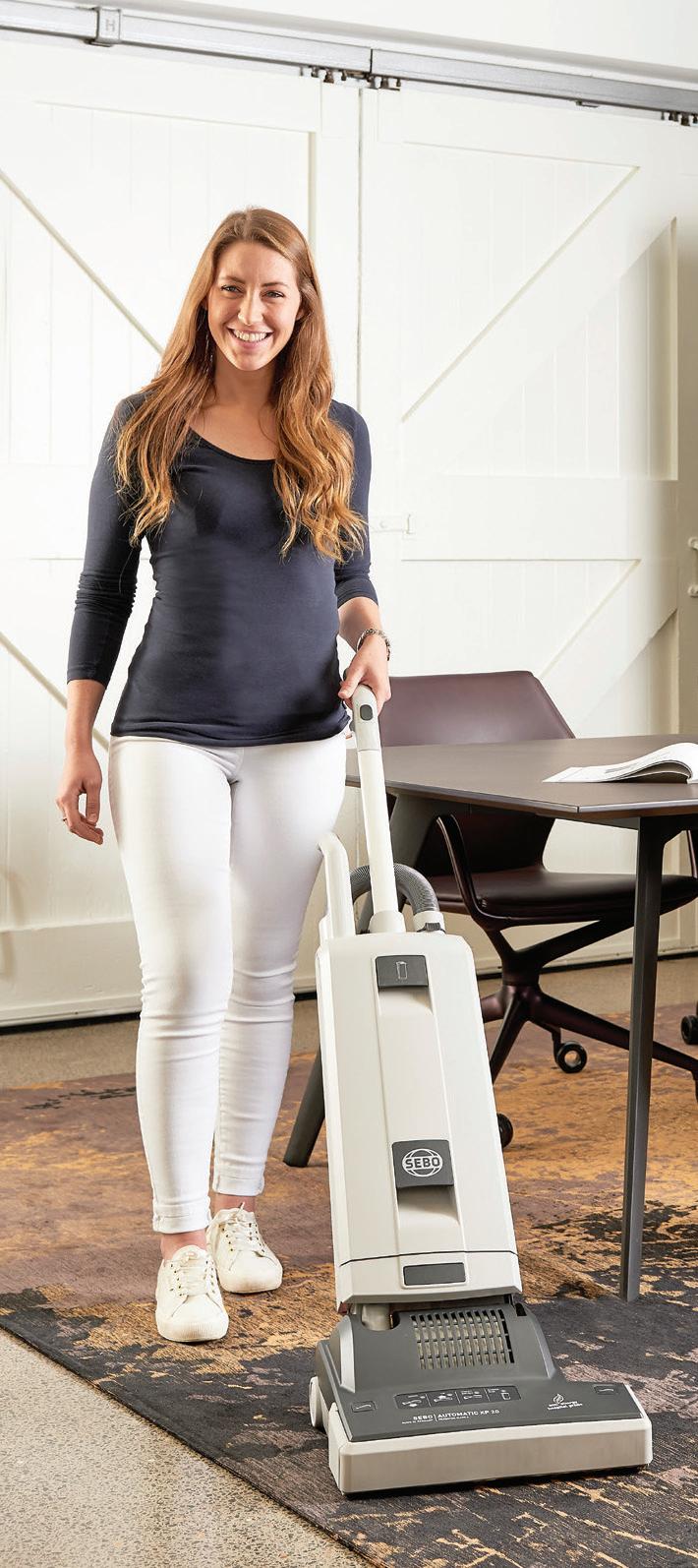
MANAGEMENT
FLOOR | CLEAN AIR FLOORCARE FOR BETTER IAQ sebo.com.au POWERHEADS | UPRIGHTS | BARRELS CRB MACHINE | POLISHER | ACCESSORIES www.incleanmag.com.au 33
CLEAN
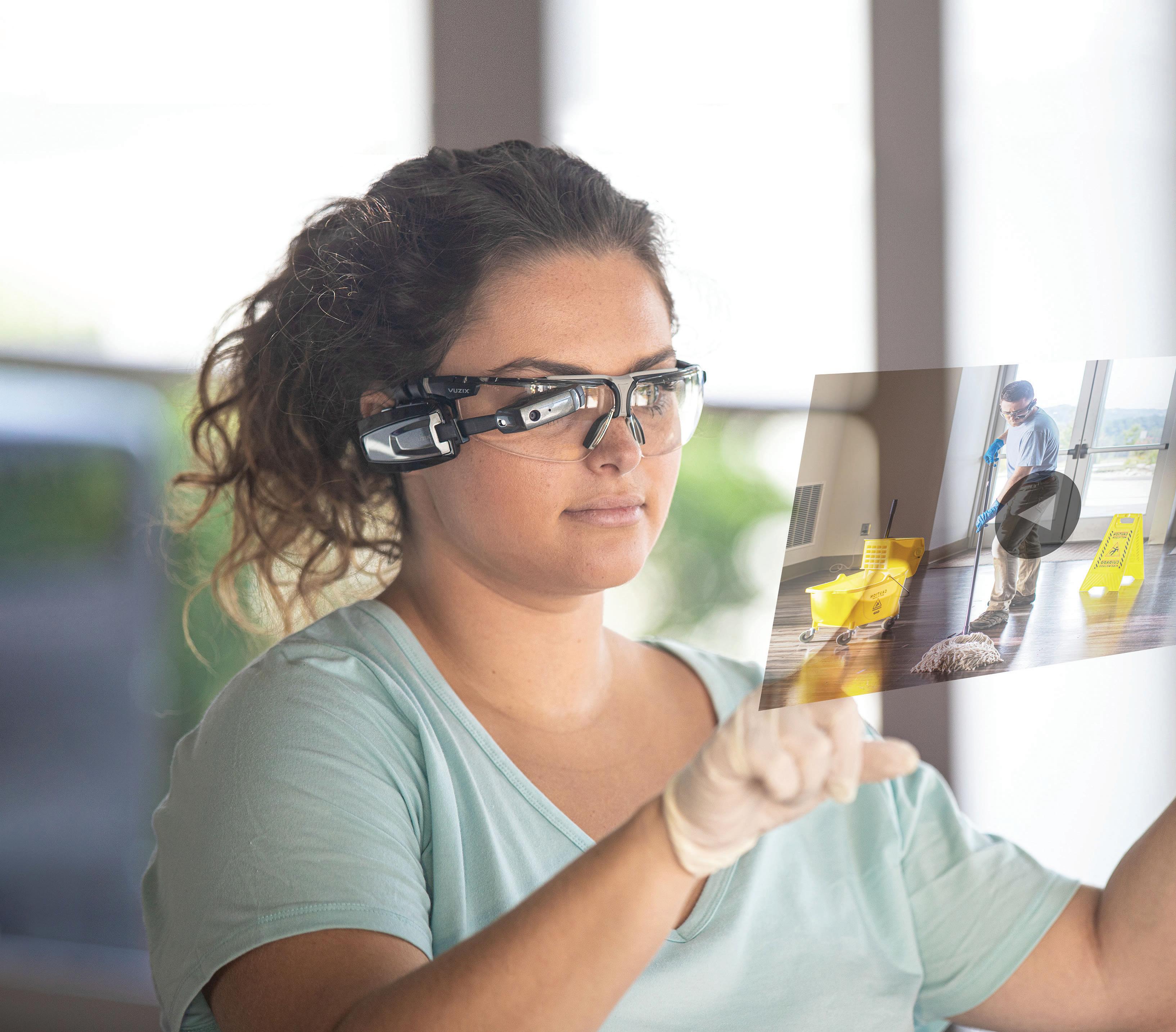
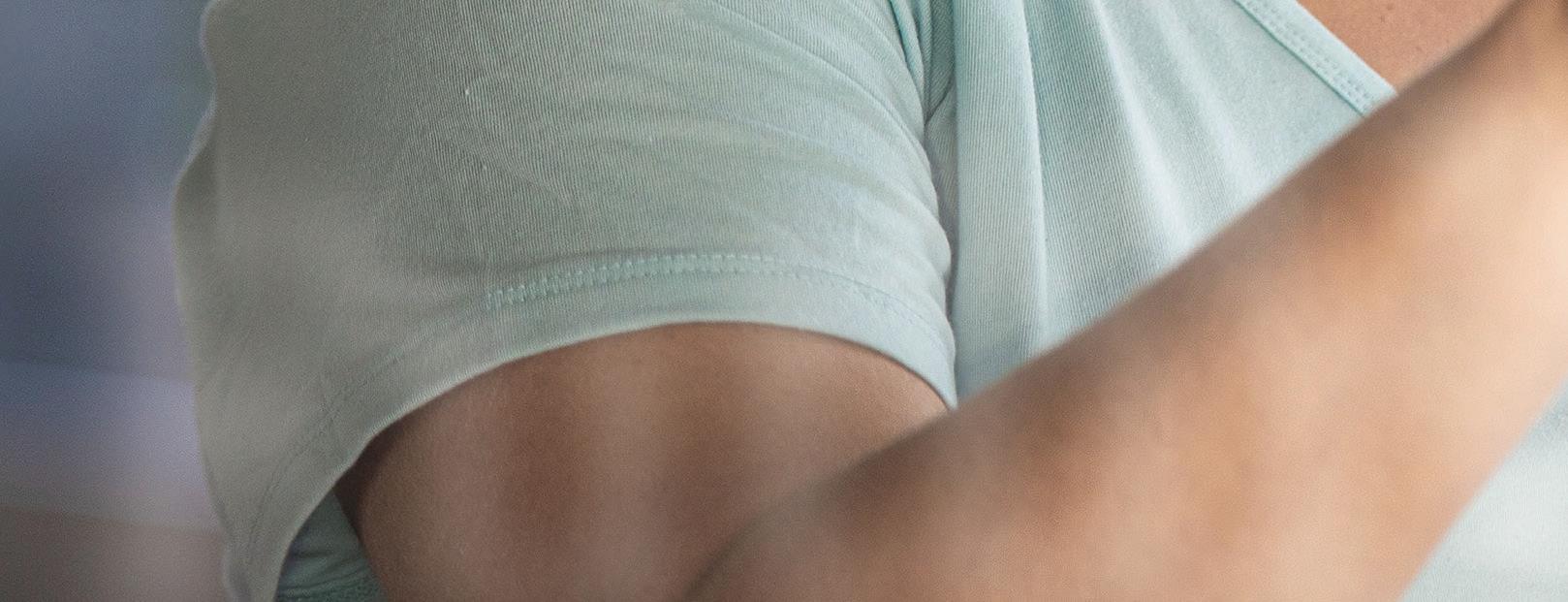
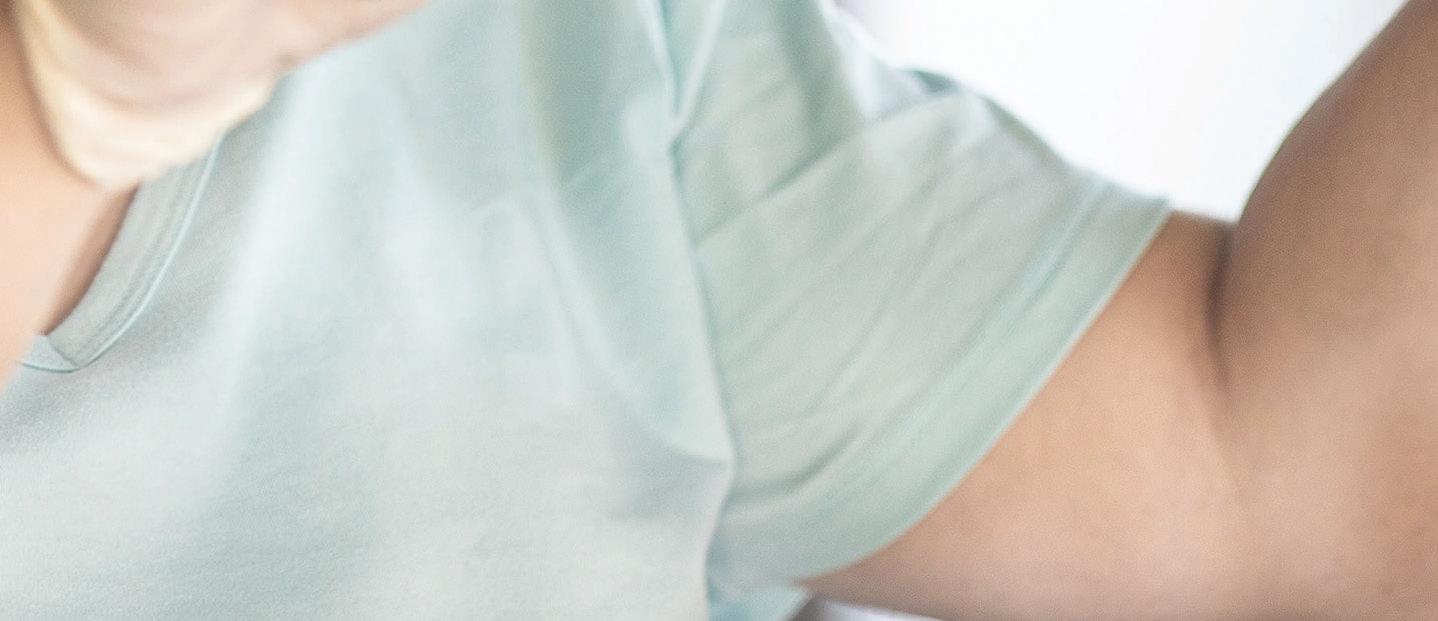
Are YouFuture Ready?
Four strategies for embracing technology and preparing your workforce for tomorrow.
Words Brant Insero
For the past 20 years, the industrial manufacturing industry has implemented automation and robotics in its facilities to increase efficiencies and overcome labour issues, product inconsistencies, and profitability challenges in the face of competition. The commercial cleaning industry is at the start of its hike, and the path looks very promising to implement millions of robots worldwide. The real question is … are you ready?
According to a recent ISSA webcast that explored the role of robotics in our industry, we will see three million robots deployed globally over the next 10 years. As we discuss robotics with our members and industry professionals, we need to embrace technology and adapt our business operations to take advantage of the opportunities that come with this innovation. It is time to get into the growth mindset and stop being complacent.
TECHNOLOGY 34 INCLEAN March / April 2024
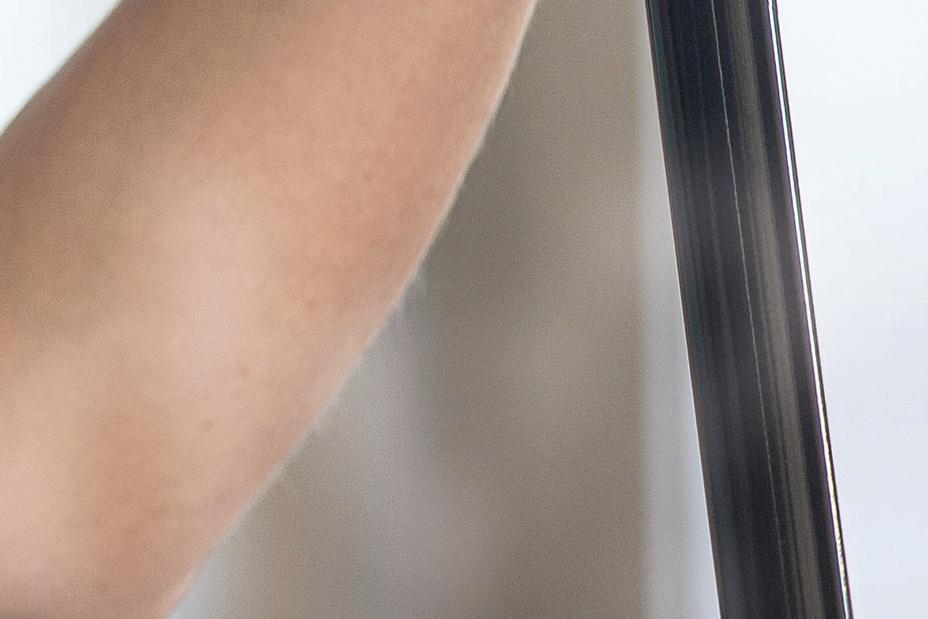
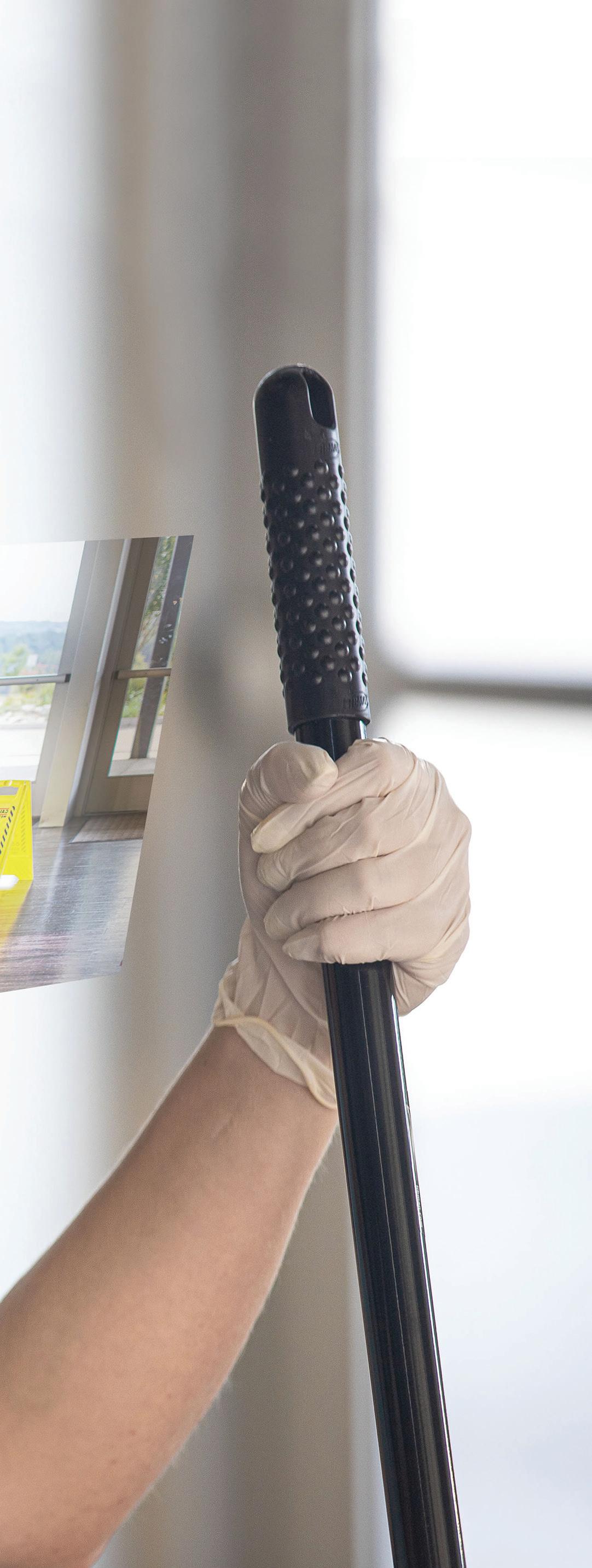
Ready?

There is a growing trend where students can earn their college degrees exclusively online. This trend will continue and drive demand for more online vocational learning experiences. However, with many trades, it is essential to understand that a skilled worker will not succeed only by taking online courses. An authentic blended learning and assessment process for workers will drive real change and impact the bottom line for any organisation. To help us think about why we need a blended learning approach, we have nearly 40 million cleaning workers globally with many backgrounds, languages, and resource accessibility. Over 40% of these
workers have changed jobs in the last year, with professional development opportunities being their top workplace incentive.
Over the years, you may have read many articles promoting a blended learning approach for adults, primarily focusing on kinesthetic and hands-on learning. As we continue to engage our workforce with technology, online learning platforms have become a primary source of employee education. Thinking about how technology impacts education and certification, here are a few tips to help you become future-ready.
TIP 1: TAKE ADVANTAGE OF DIGITAL LEARNING
As a word of caution, not everything you read online is true. This may seem obvious, but many individuals use social media apps before asking professionals. While technology has wonderful intent, we must know what is true. Research your answers from credible sources. Digital learning will continue to grow and will soon implement virtual reality (VR) and augmented reality (AR). When an organisation reduces its operational budget, it often cuts training first. Considering the cost of training and education, how can you become more cost-effective when you have a geographically diverse audience? Leveraging online learning and VR can create a real-life learning experience without needing a trainer on-site.
Prepare for entry
Now that robots and automation are becoming more prevalent, we must prepare for their entry into the cleaning industry. Here are some questions to consider as you prepare your training programs for tomorrow.
• Do you have a training program detailing how to prepare your physical location for automation?
• Do you have a training program explaining how to prepare your sta for automation?
• Does your training program coach building occupants on how to “co-robot” while in the working environment?
• Does your training program cover the value of automation for your team?
“
Online learning platforms have become a primary source of employee education. ”
In addition to cost-effectiveness, VR can enhance training safety. VR is one of the best ways to reduce liability when training staff on the complexity of using hazardous chemicals and tools safely. In addition, leveraging robots to do daily, time-consuming tasks will allow workers to train via VR to tackle more complex tasks.
TIP 2: MEASURE YOUR RESULTS
The famous management consultant Peter Drucker once said, “You can’t manage what you don’t measure.” Online learning platforms collect the data necessary to measure someone’s success and path. As companies identify how they can work together, some combine quality cleanliness scores with required learning paths based on the deficiency trends in the quality audit phase. With the cleaning industry’s high turnover rate, online learning can effectively drive learning and decrease employee turnover while offering a low-cost training option. Leveraging other data sources, such as quality assurance applications, worker injury reports, or absenteeism rates will help drive forward the educational needs of the workforce. It’s time to begin measuring workplace culture as a key performance indicator of the training impact. Younger generations demand mission-driven organisations with powerful recognition programs.
TIP 3: USE DATA TO CUSTOMISE EDUCATION
Data collection can significantly impact education and certification. For example, numerous sales assessment tools can provide accurate data on the “DNA” of a salesperson. Once the assessment is complete, we can identify the gaps within the individual’s capabilities to become more successful. As the data flows, we can create a micro-learning environment tailored to that individual’s needs.
TECHNOLOGY
www.incleanmag.com.au 35
Photo courtesy of Midlab.
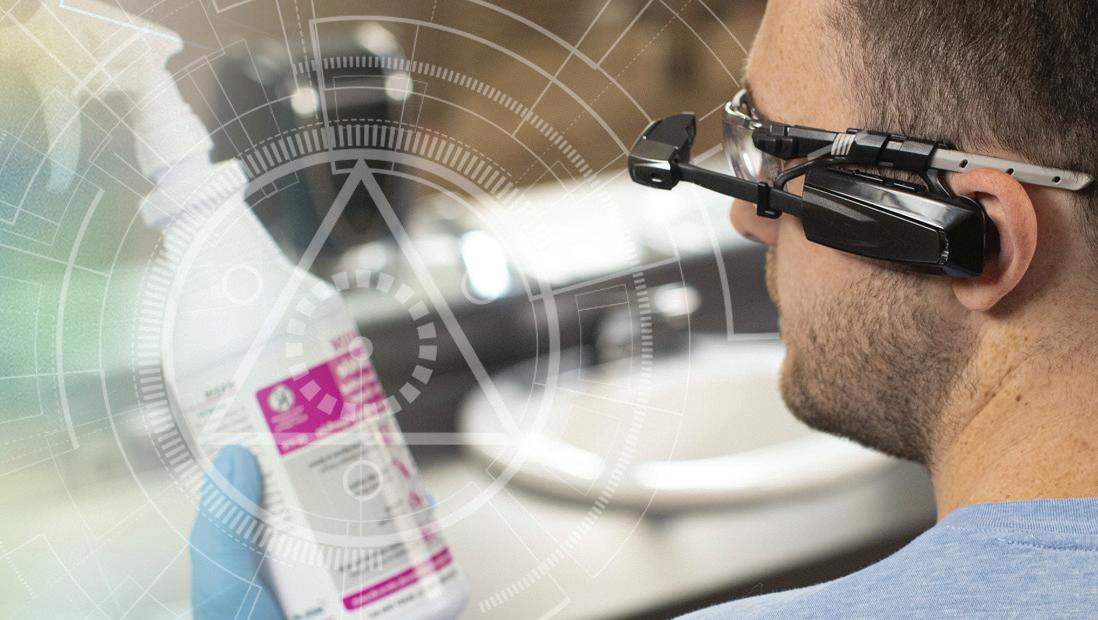
Imagine that your assessment reveals you need to gain skills in closing sales. Based on this identification, you would undergo training to maximise your potential and overcome your gaps.
Undergoing certification is another way to leverage data and confirm you understand the fundamentals of your learning.
TIP 4: USE A BLENDED LEARNING APPROACH
Learners typically retain 50% of what they were just taught after an hour. However, it is said that an individual will keep closer to 80% to 90% if they teach the information they learned to someone else.
Soon, VR and AR will close a gap in the learning process and help overcome the obstacle of lowered learner retention numbers becoming the norm as younger professionals with a digital approach to life enter the workforce. Utilising VR learning, employees will watch a short video and then be prompted to perform the task they just learned with a headset and sensors tracking their motions.
With the transition in motion today for tomorrow’s future-learners, remember that VR will not be the only learning mechanism. Implement a blended approach with frequent, short learning
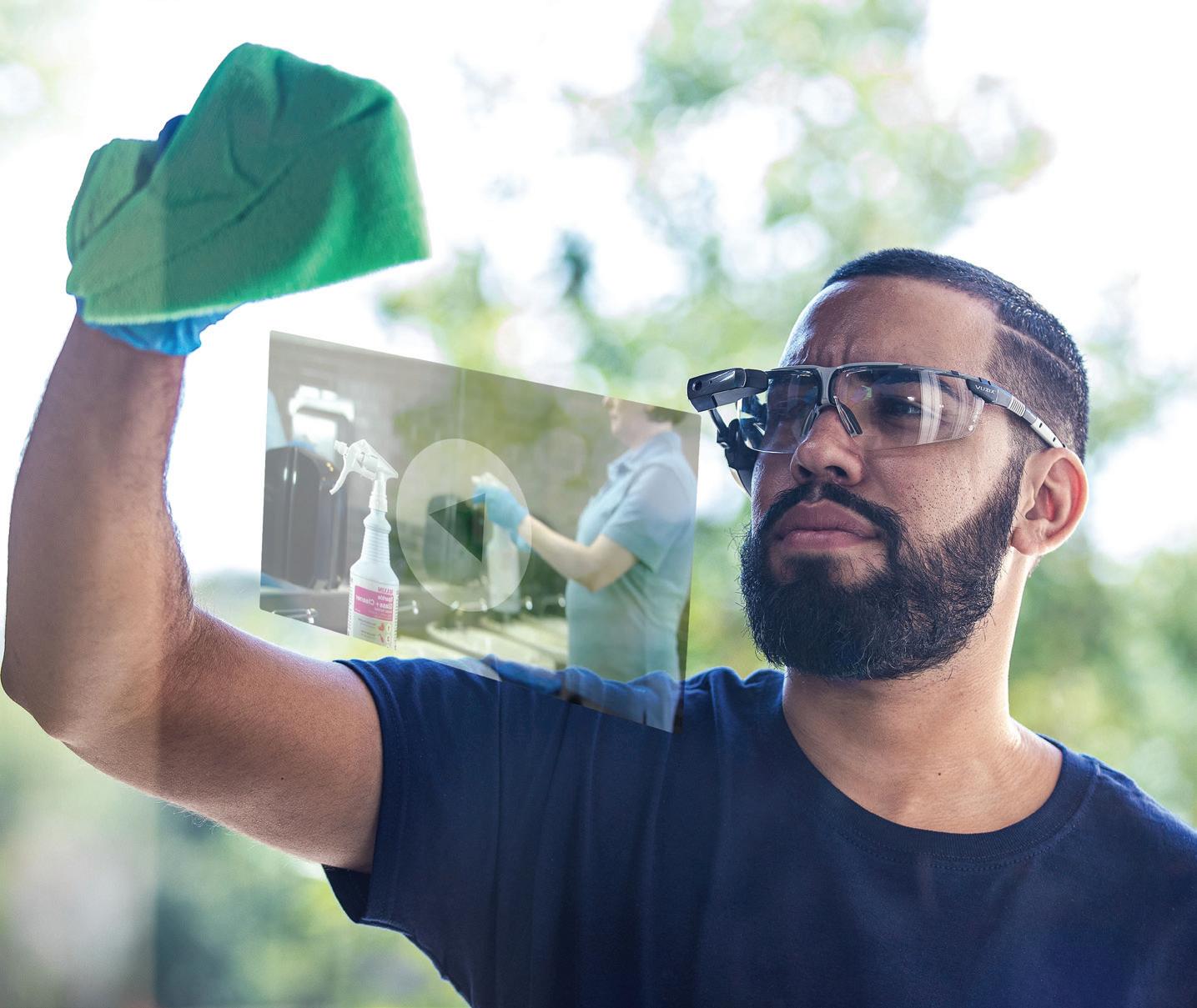
sessions for your employees. As people do not learn the same way, blending classroom-led and performance-based training with online learning and other new teaching methods, such as VR, is essential. When building your learning experience, remember to create a blended approach that engages the learner at a deeper level.
LEARN FROM OTHERS
We need to acknowledge how other industries, such as manufacturing, have implemented automation and learn from the challenges they faced training their
teams. The automation acceptance phase took time for companies to overcome as employees initially viewed robotics as their replacement rather than a tool to enhance their output. Remember, people will support what they helped to create. ■
Brant Insero is ISSA’s chief global education officer. With nearly 20 years of professional training experience, he has instructed industry professionals within commercial cleaning, supply chain, telecommunications, retail, and financial vertical markets. For more information, visit issa.com.
TECHNOLOGY
VR and AR will close a gap in the learning process and help overcome the obstacle of lowered learner retention numbers becoming the norm as younger professionals with a digital approach to life enter the workforce.
Photo courtesy of Midlab.
36 INCLEAN March / April 2024
Photo courtesy of Midlab.
BEY O ND CLEAN: EXPLORE, EXPERIENCE, ELEVATE
FREE TO ATTEND
CALL FOR SPEAKERS
UNLOCK THE FUTURE OF CLEAN AT AUSTRALIA’S ONLY DEDICATED CLEANING AND HYGIENE EVENT!
Dive into two transformative days of cutting-edge innovations, an expert-led education program, and unparalleled networking opportunities in the heart of Sydney at the ICC Sydney on 11-12 September. Whether you're looking to amplify your business, discover the latest in cleaning technology, or connect with industry leaders, this is an event not to be missed!
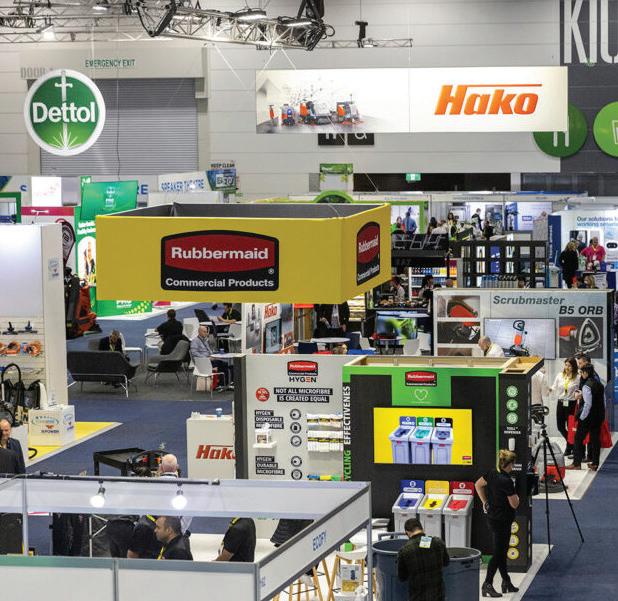
Do you have ideas and insights to share, a case study to present or a discussion topic you’d like to address? Join the line-up of industry experts and leaders who are passionate about the latest products, services and best practices facing the cleaning and hygiene industry.
KEY TOPIC AREAS
Sustainability & Green Cleaning
Social Initiatives & Governance
Cutting Edge Technologies & the Future of the Industry
AI & Automation
Supply Chain Optimisation & Procurement
Workforce Empowerment and Business Development






























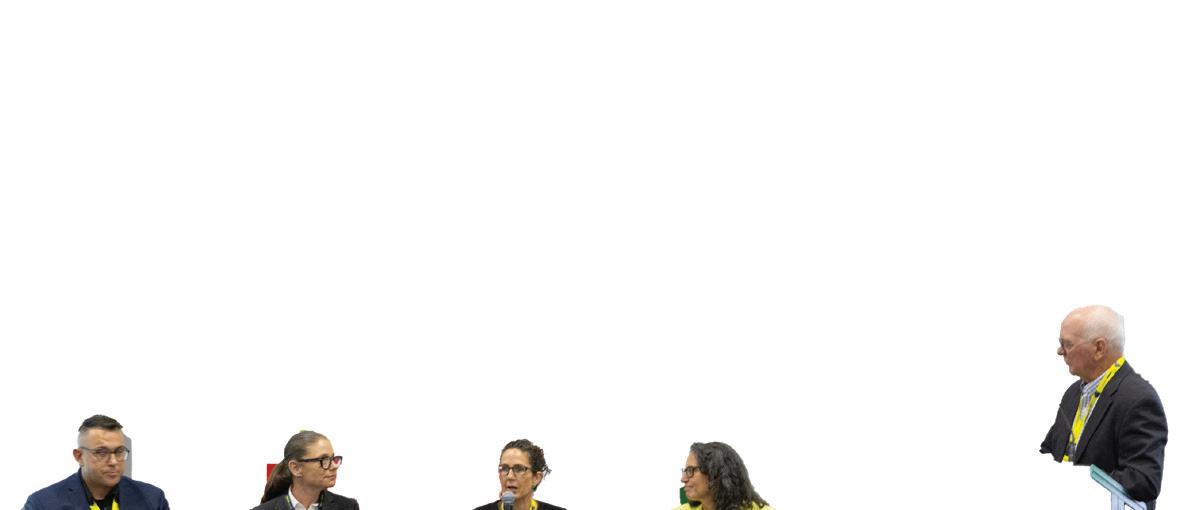
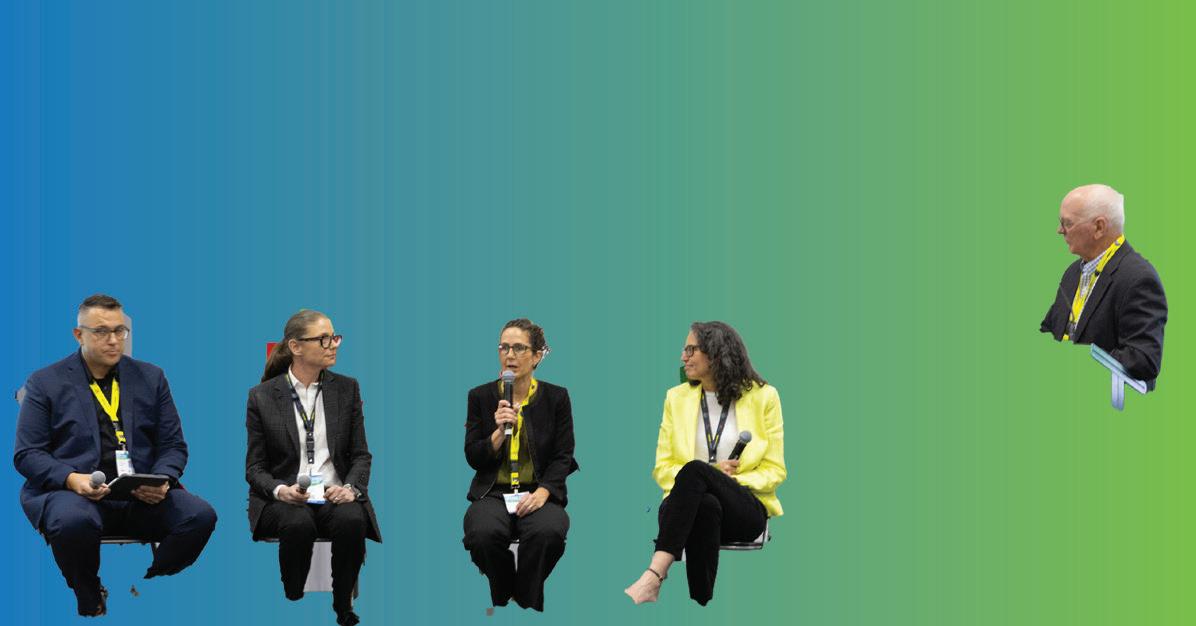







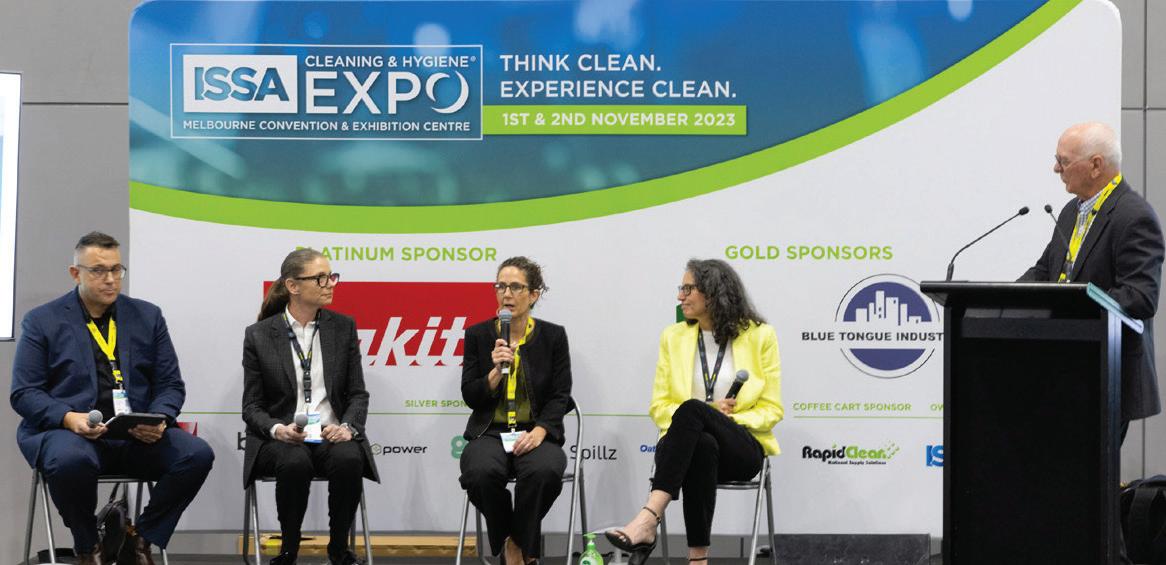




+61-298-904-951 oceania@issa.com issacleaninghygieneexpo.com
Smart Sales Strategies
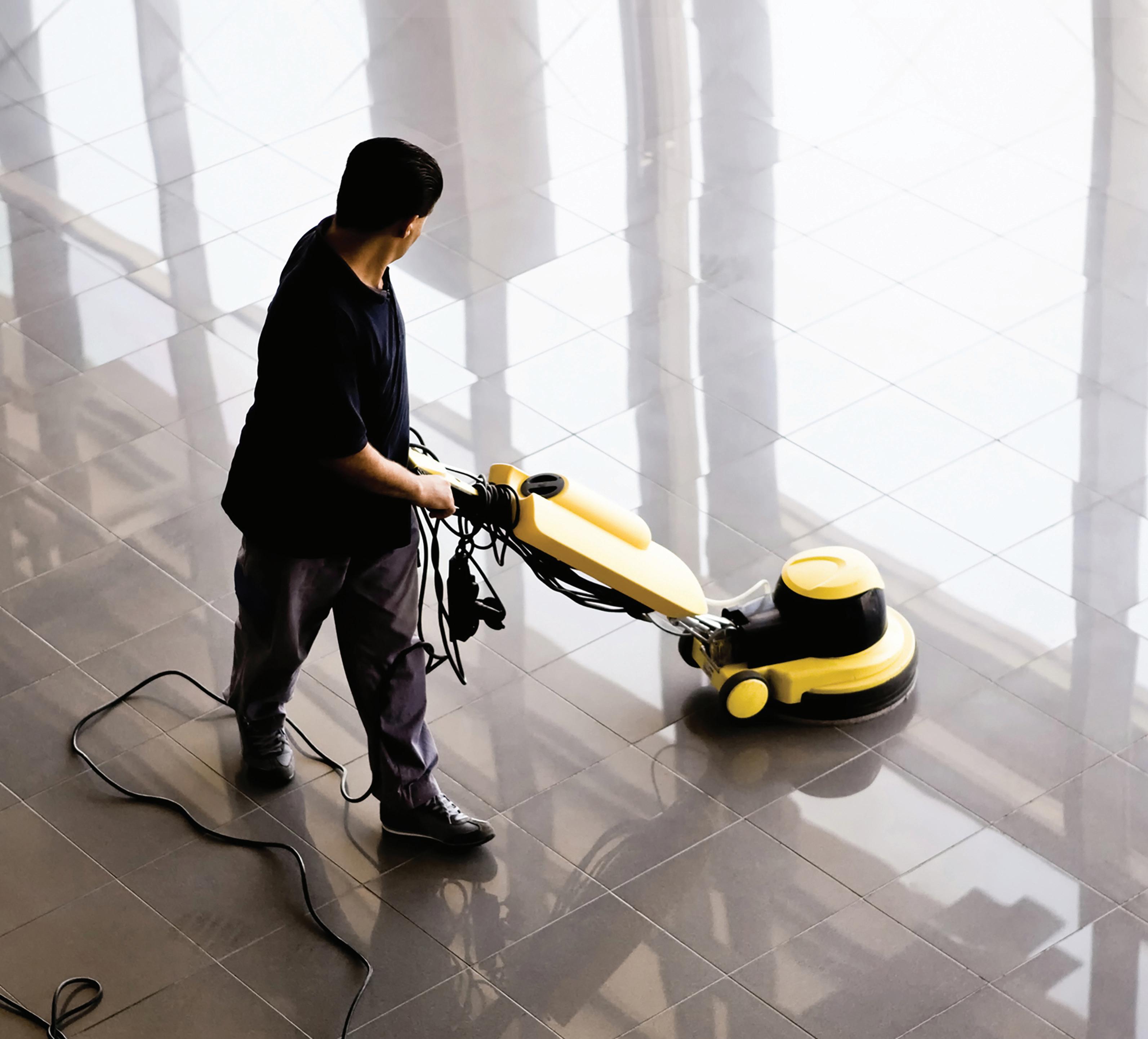
Create your plan to win commercial floor care clients.
Words Adam Povlitz
Commercial floor care is a lucrative niche requiring more than technical skills. It also demands a smart sales strategy that sets you apart. Whether you specialise in carpet, hard floors, or both, you must know how to target, connect, and impress your prospects. There are many intricacies to targeting commercial cleaning prospects for carpet and hard floors, including making an impactful entrance, discovering the key to gaining access, and securing that allimportant appointment for a compelling presentation.
From identifying the unique needs of commercial spaces to employing effective communication strategies, establishing meaningful connections is essential. Beyond the technical proficiency of hard floor cleaning expertise, the success of your service hinges on building solid relationships and solving problems. Take your business to new heights by mastering the nuances of targeting and turning prospects into valued clients.
SALES STRATEGIES 38 INCLEAN March / April 2024
THE POWER OF PROJECT WORK
While many cleaning contracts focus on recurring nightly services, the oftenoverlooked goldmine lies in periodic project work. While not part of the daily routine, hard floor care, carpet care, and related services (high dusting, blind cleaning, pressure washing, marble polishing, etc.) boost significant profit potential.
By integrating periodic specialised project work into cleaning contracts, businesses enhance their revenue streams and showcase a commitment to comprehensive cleanliness. Emphasising the long-term benefits of maintaining flooring and other surfaces can be a compelling selling point, enticing clients to invest in additional services. Strategic inclusion of periodic projects becomes a key differentiator, setting businesses apart in profitability and service excellence.
An approach adopted by some professionals is exclusively engaging in project work. When executed with a
robust and aggressive sales effort, this focused strategy can prove viable and rewarding. Project-centric contractors often excel in delivering specialised solutions, catering to clients’ unique and immediate needs.
By concentrating on individual projects, contractors can showcase their expertise, build an excellent reputation, and establish strong client relationships. Additionally, a proactive and assertive sales approach becomes paramount, as it drives the acquisition of high-value projects and contributes to a steady project pipeline.
However, success involves more than just winning projects—it also requires establishing a base for repeat business and referrals. With a strategic blend of targeted marketing, networking, and a customer-centric approach, contractors can navigate the projectfocused landscape, creating a robust and sustainable business model. On top of this, partnering strategies such as free quotes, demonstrations, and others
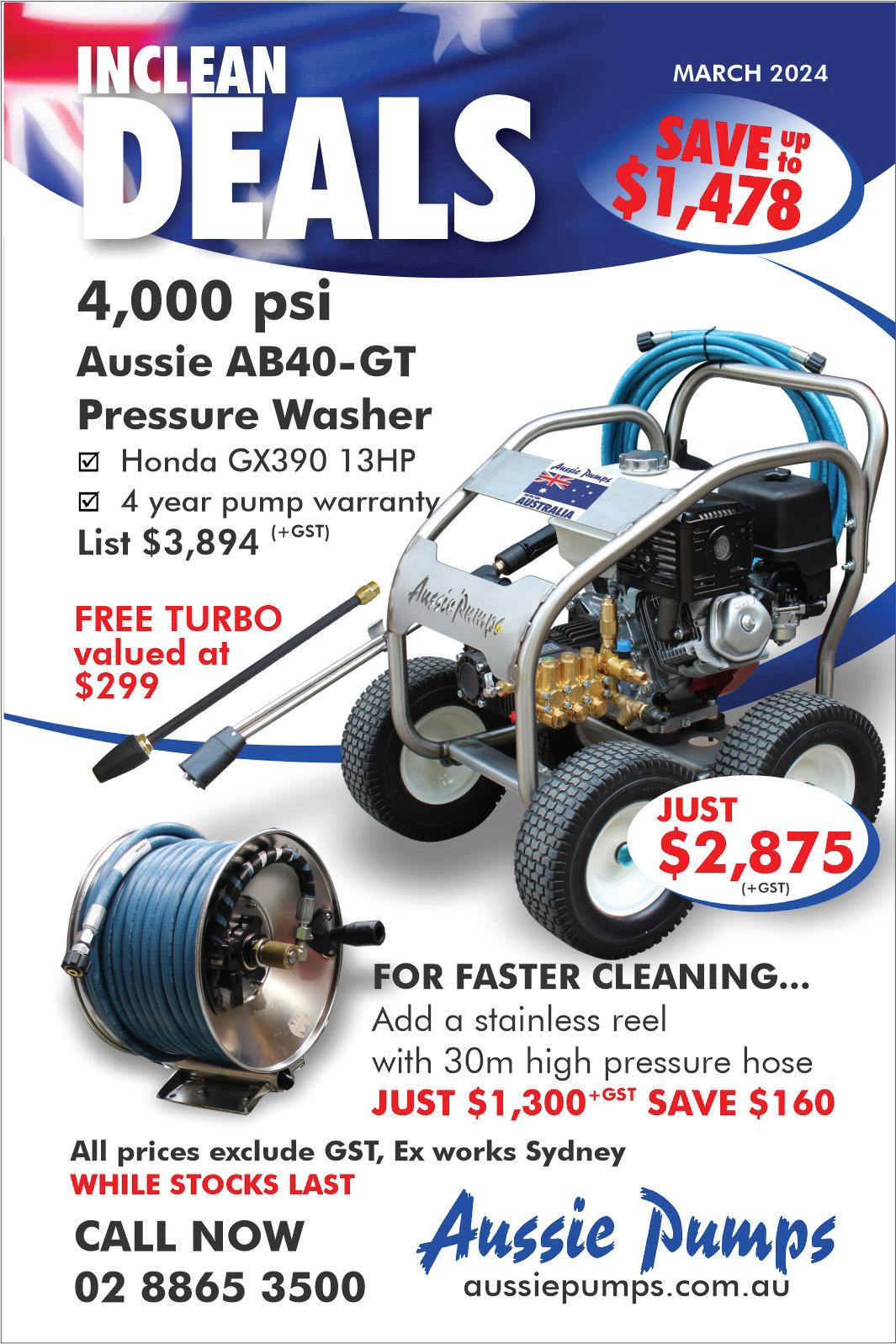
common to most companies—along with your strong differentiation factor as a specialised provider—will get you real results.
THE BACK DOOR STRATEGY
When contractors don’t utilise up-sell strategies and include those specialised services in their recurring services, they miss out on valuable opportunities and higher margins—leaving those openings to their competition. Savvy contractors seize those unique opportunities by strategically positioning themselves to gain project work from competitors’ recurring clients.
Recognising these situations as valuable entry points, shrewd contractors secure immediate project contracts and lay the groundwork for establishing long-term, recurring services. The key lies in offering specialised services or addressing specific needs that competitors may have overlooked in their regular cleaning contracts.
By providing exceptional project-based
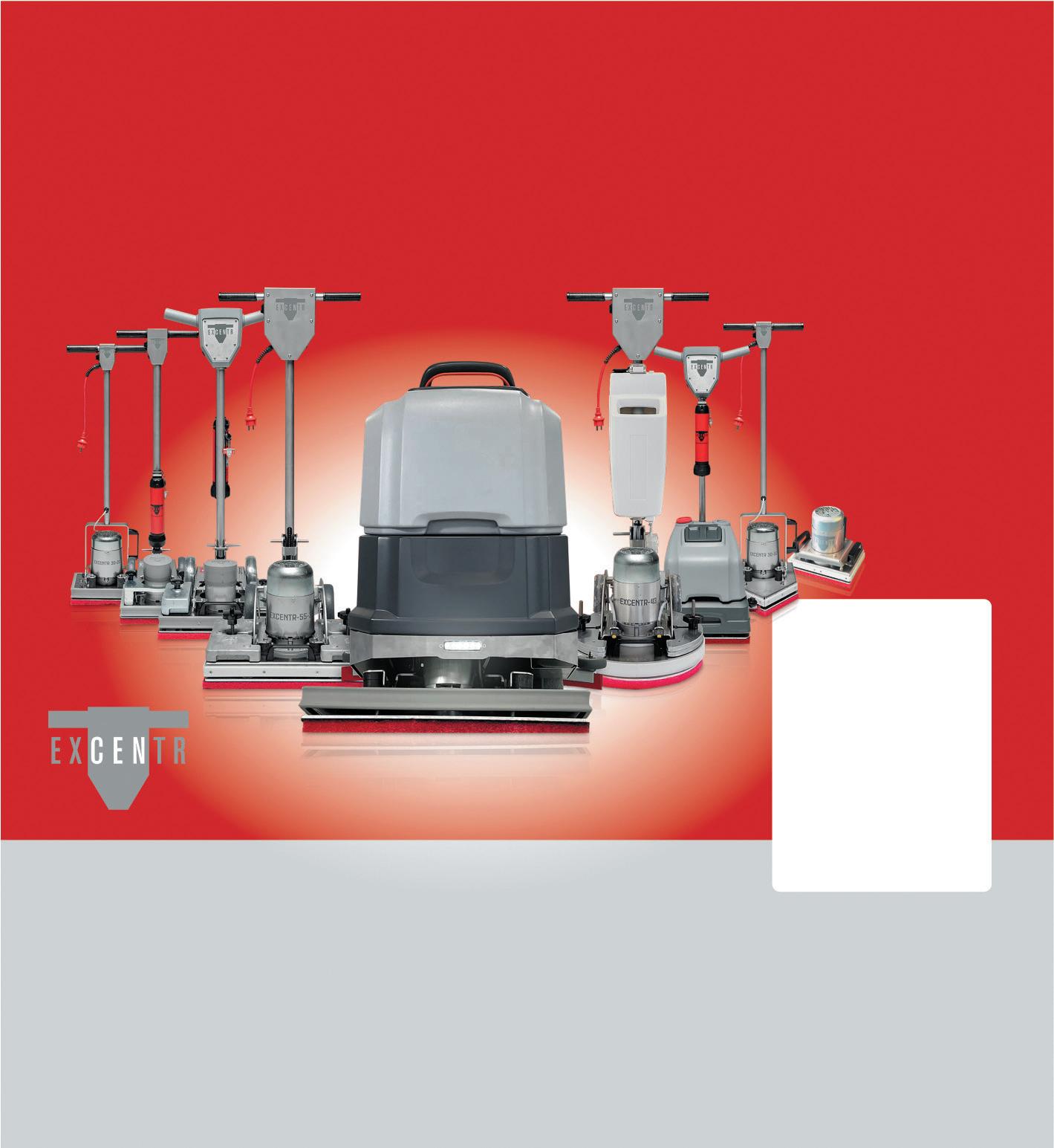
SALES STRATEGIES
www.incleanmag.com.au 39
solutions, contractors can showcase their expertise, creating a favourable impression that positions them as reliable partners for ongoing services. This approach expands the client base and fosters client loyalty, as businesses appreciate comprehensive solutions tailored to their specific requirements. Essentially, the strategy goes beyond immediate gains, aiming for sustainable growth by seamlessly transitioning from project work to securing recurring services within the competitive commercial cleaning market.
OVERCOME CHALLENGES IN EXPANDING OFFERS
Some contractors need more resources or a strategic decision to provide certain services to their existing recurring cleaning clients. While these hurdles may seem overwhelming, strategic planning and resource allocation can transform them into opportunities for growth.
Contractors should assess their capabilities and consider investing in training, equipment, or partnerships to bridge resource gaps. Additionally, understanding the reasons behind not pursuing certain services is crucial. It may be misaligned with the contractor’s core competencies or an assumption that clients might not be interested. However, with effective communication and market research, contractors can tailor their offerings to meet client needs, ensuring
a more comprehensive and satisfying service.
By embracing innovation, upskilling, and aligning services with client expectations, cleaning contractors can overcome existing limitations and create a competitive edge in the market, fostering stronger relationships with their recurring clients and expanding their service portfolio.
Remember, “recurring” might not align with the daily or weekly service model regarding project-based work. Yet, it’s crucial to recognise that many projects follow a cyclic pattern, occurring quarterly, semi-annually, or annually. This cyclic nature presents a unique opportunity for businesses to capture and cultivate these recurring projects strategically over time.
By strategically planning and securing projects repetitively, businesses can establish a reliable revenue stream that sustains them and contributes considerably to long-term profitability. This approach requires a proactive mindset to identify and capitalise on opportunities that unfold periodically, turning them into a consistent source of income.
Commercial contractors can enhance their business by cleverly incorporating hard floor and carpet care project work. This ensures higher profit margins through recurring services and positions them to gain a substantial market share.









“
You must know how to target, connect, and impress your prospects. ”
By surpassing competitors with quality offerings, contractors create valuable entry points into meetings, presenting an excellent opportunity to highlight their services to prospective clients. This strategic approach boosts financial returns and establishes a strong foothold in the competitive landscape, paving the way for sustained growth and success. ■
Adam Povlitz is CEO and president of Anago Cleaning Systems, one of the world’s leading franchised commercial cleaning brands and a leader in technological advances relating to business operations and janitorial services. Visit anagocleaning.com or connect with Povlitz on LinkedIn: linkedin.com/in/apovlitz.


SALES STRATEGIES
THE DIRT OFF YOUR FLOORS INDUSTRIAL BUILD IN A COMPACT SIZE Don't be fooled by SHOCK’s stylish looks – this cleaning machine is an industrial tool comprised of heavy duty and meticulously designed components. Underneath it’s stealthy glass-filled polypropylene casing is a cast alloy motor chassis, an aluminium oscillating drive and a 1.8kg stainless steel weight kit. All corrosion proof, brutally tested and expertly assembled to provide you with the ultimate detail cleaning machine. 40 INCLEAN March / April 2024
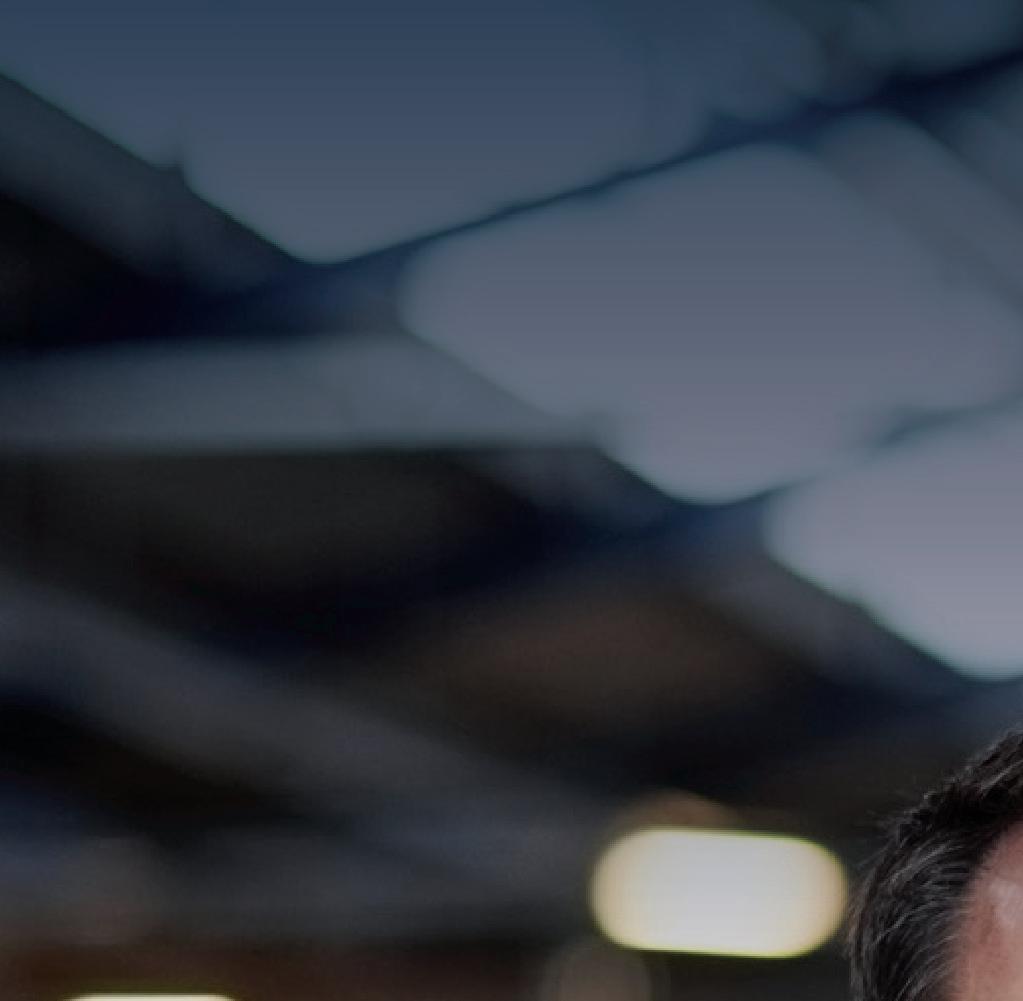
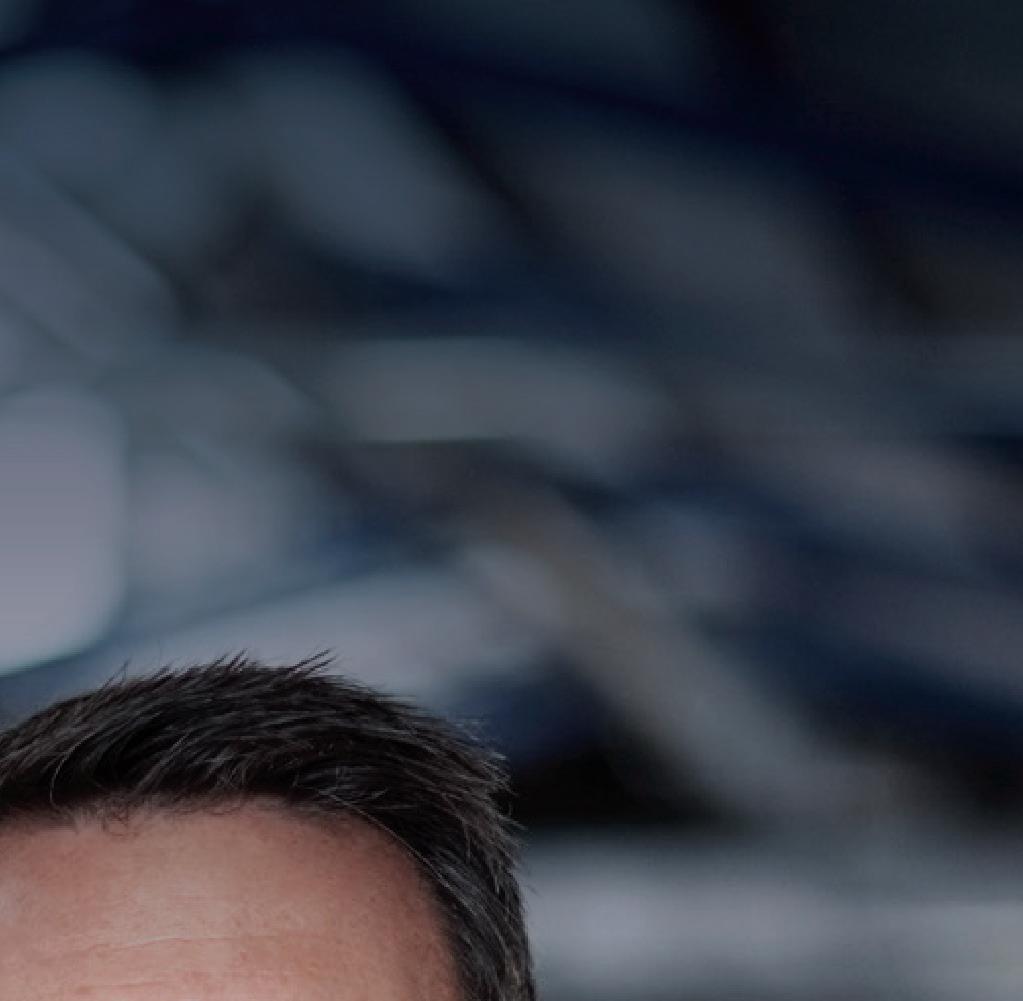
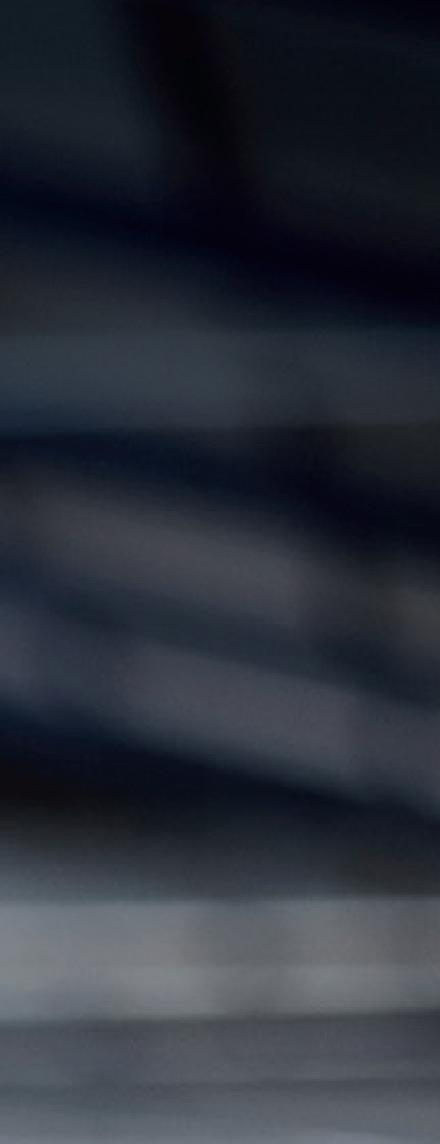

Keep up to date with the latest industry news direct to your inbox Sign up to INCLEAN’s weekly newsletter at www.incleanmag.com.au/register-for-e-news www.incleanmag.com.au
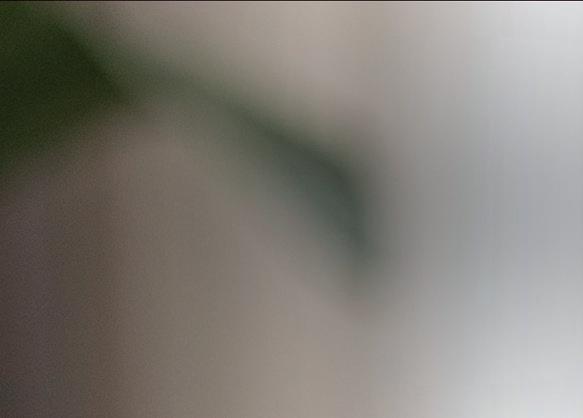

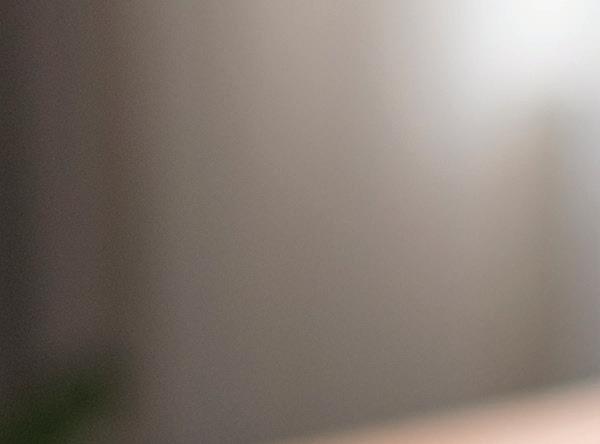
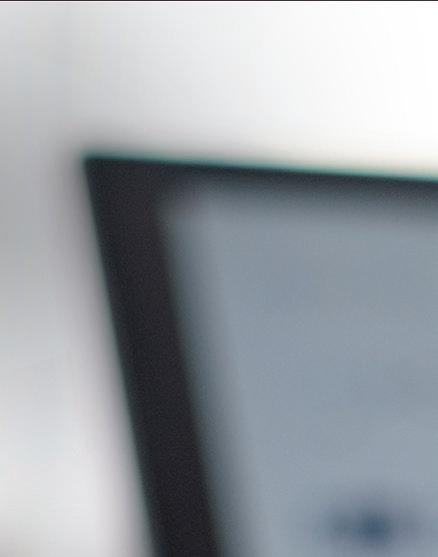
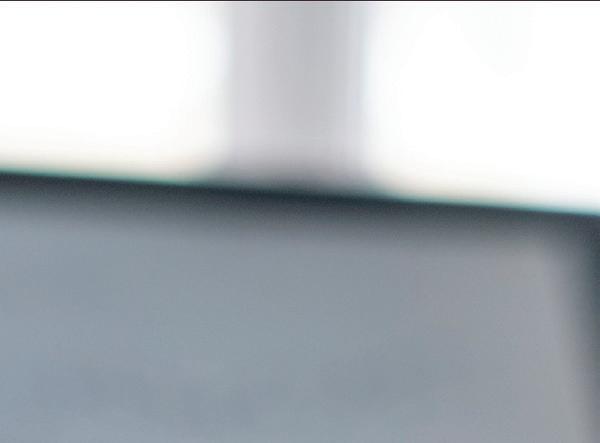
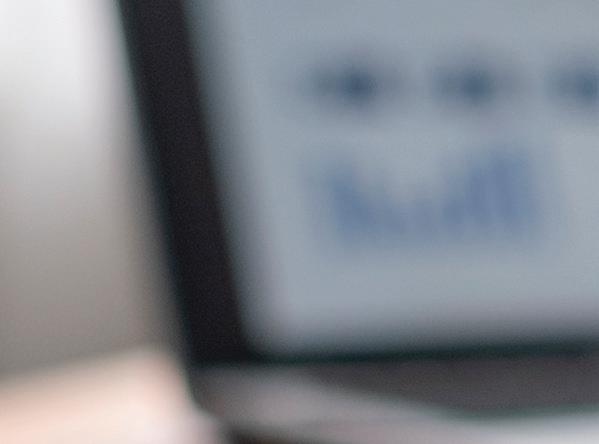
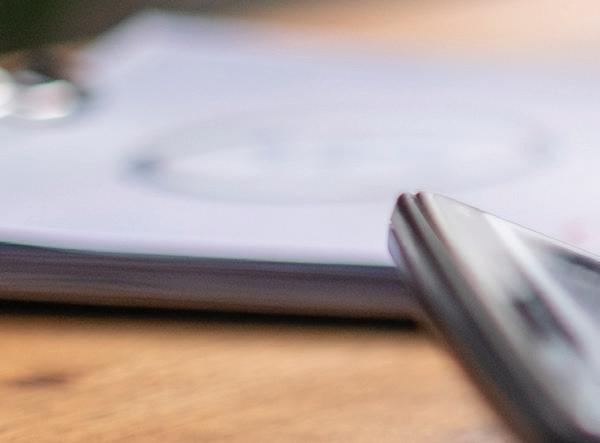
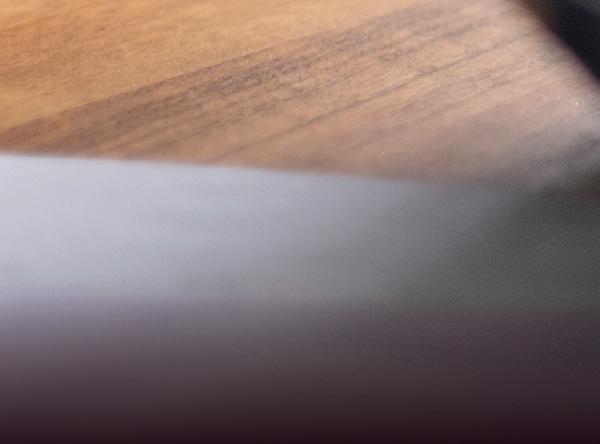

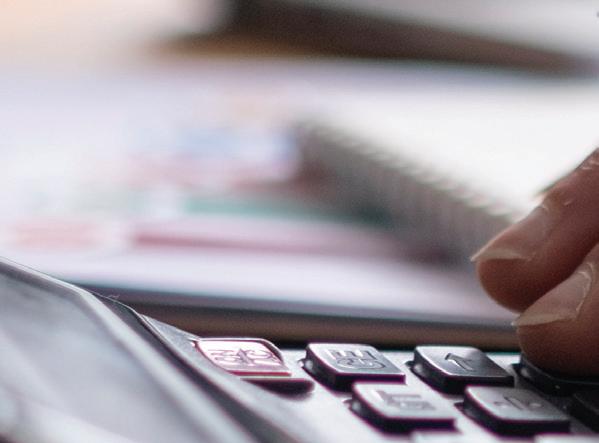
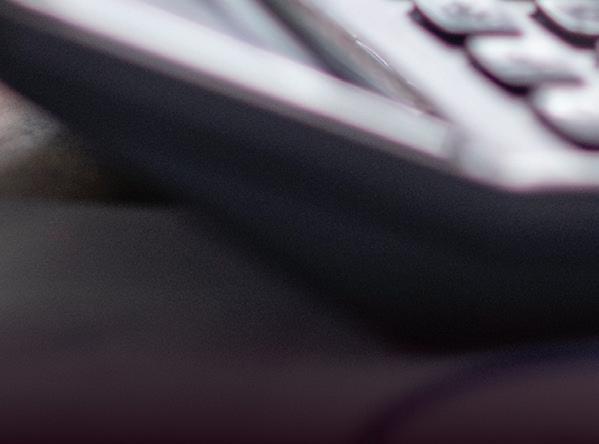
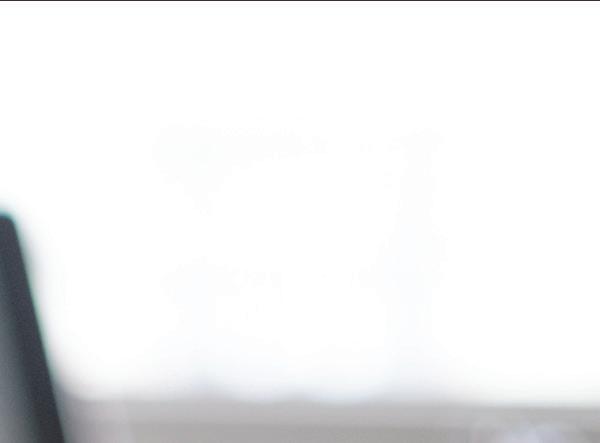
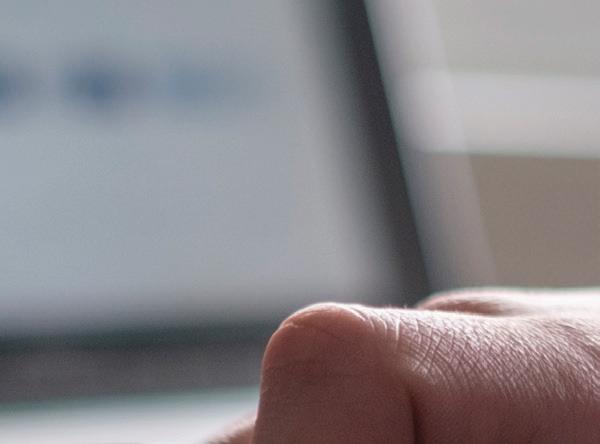
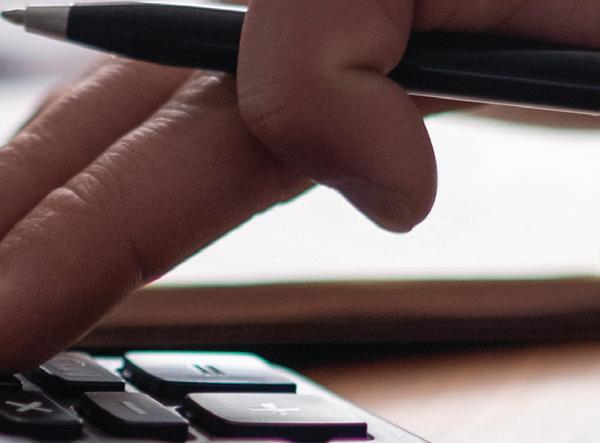

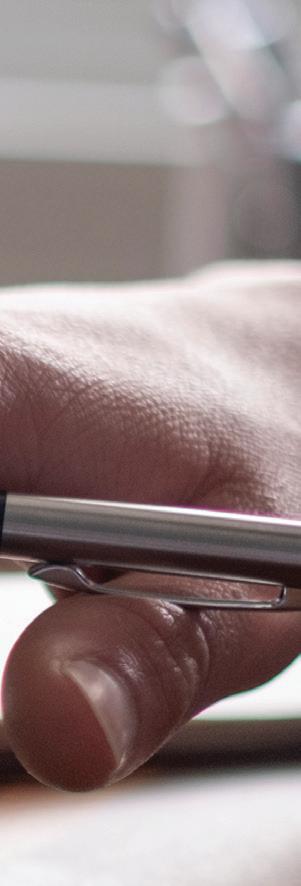
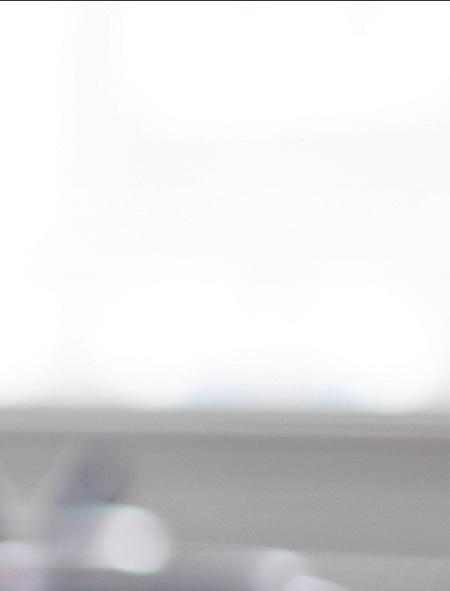
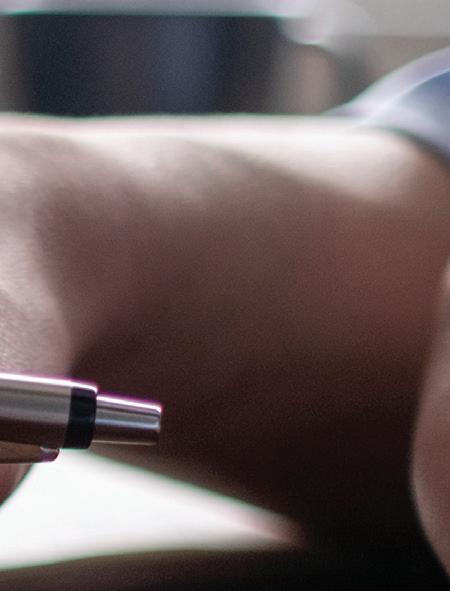
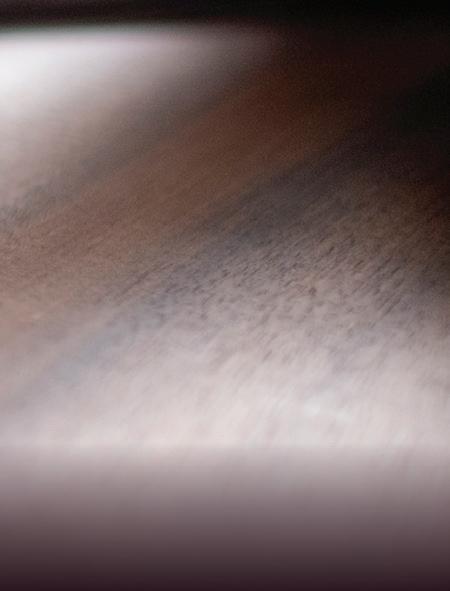
Price Jobs to WIN in Uncertain Times


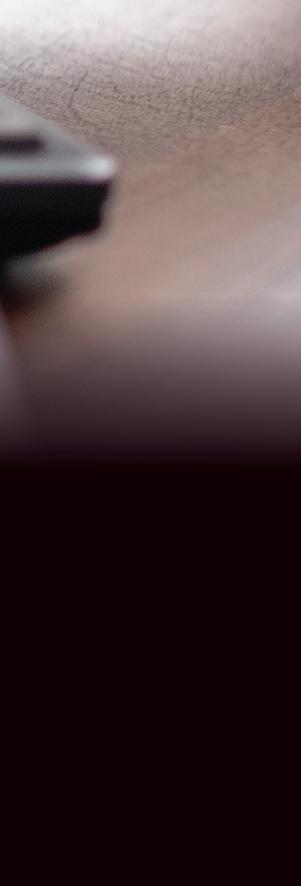
An unseen battle for business owners and CEOs.
Words Brad Horan
The year 2024 has brought a unique set of challenges for cleaning business owners and decision-makers. Inflation and costs are rising, and threatening interest rates keep climbing.
The choices you make today will make or break the success of your business tomorrow.
THE STORMS OF ECONOMIC CHANGE
In these turbulent economic times, every decision weighs heavier than ever. The cost of supplies, labour, and operations are not just numbers on a page— they are the lifeblood of your business.
With the market’s unpredictability, the “race to the bottom,” and information overload, it’s like driving blindfolded on a dangerous mountain pass during a thunderstorm. Each critical decision—from nding cash to pay wages to covering ever-increasing interest rates—feels like a high-stakes turn along a dangerous cli ’s edge, where one misstep could lead to a disastrous freefall into the economic abyss.

BIDDING AND ESTIMATING 42 INCLEAN March / April 2024
BIDDING AND ESTIMATING
CHARTING A COURSE OF BRILLIANCE
As costs rise and cash gets tighter, pricing becomes a critical but o en disregarded tool, not just to survive, but to beat your competition by providing the best value.
All too o en, I hear things like, “I have to drop my prices,” “I won’t win business,” or “I can’t compete with X; they have more scale and/or lower costs.”
The argument around price is just not valid. The truth is people don’t buy on price; they buy on value. It’s not about setting prices; it’s about understanding customers’ needs and creating highly valuable service packages that deliver quality and build trust.
TACKLING THE BIG QUESTIONS
• What do your customers value?
Maybe it’s your eco-friendly products or your lightning-fast response times.
Start today by simply asking your ve best customers what they value most about your service. Their insights could be the key to your next big win.
• What is your cost story? Dive into your expenses. What does it cost to deliver every service? Having a deeper understanding of what drives pro t enables you to make smart strategic decisions.
• How do you stand out? In a sea of competitors, what are they doing di erently than you? Don’t copy, but understand what you can do di erently to shine above the competition.
GETTING A FRESH PERSPECTIVE
Sometimes, gaining this insight means
seeking viewpoints from outside your immediate circle. Engaging with someone completely removed from your business can o er a fresh, unbiased perspective on your pricing and service value.
This isn’t about questioning your expertise; it’s about enriching it with diverse viewpoints from experienced people who can bring ideas from outside your business or even your industry.
“
The truth is people don’t buy on price; they buy on value.
”
THREE KEY ACTIONS FOR UNMATCHED SUCCESS
1. Give customers a choice: Present your services as a range of compelling choices. From essential to premium, let each option speak to di erent customer needs, adding depth and breadth to your business.
2. Re ne and elevate your value pricing strategy: Ground your pricing in a deep understanding of your costs and customer value. Ensure it re ects the exceptional service you provide.
3. Outsmart your competition: Stay informed about the market and your competitors. Use this knowledge to innovate and o er services that set you apart.
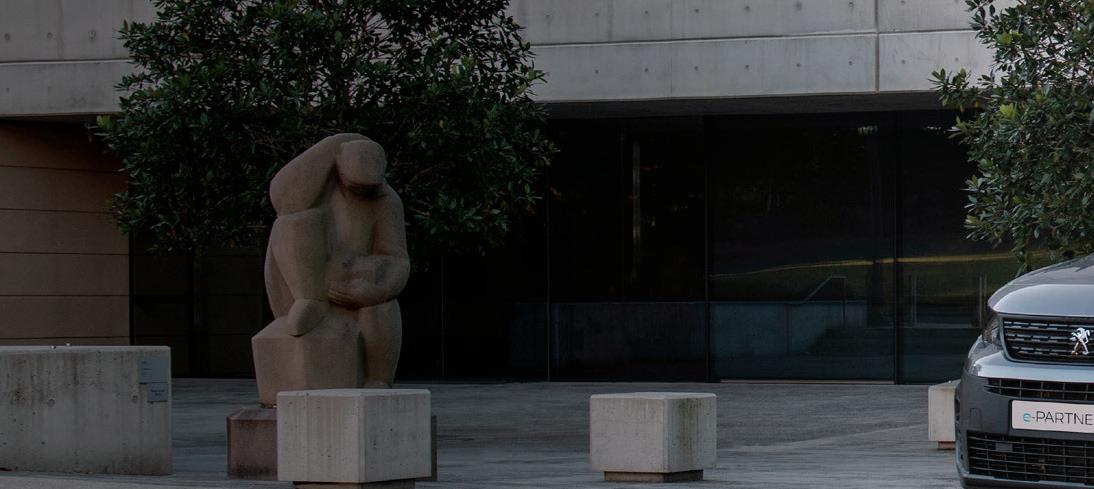

THE DAWN OF A NEW ERA
Business owners and leaders o en fear pricing, the uncertainty it brings, and the fear of losing customers. It becomes much easier once you have the facts about costs and why customers buy from you.
Don’t raise prices; come up with entirely new customer-value-rich o erings that your ideal customers can’t resist. Our clients have used this exact method to achieve an average of 2.29 times more pro t, with some as high as ve or even eight times more pro t.
Anthony Tesler of Need-A-Skip-Now says, “I thought it was just about having the lowest price. I was wrong. By focusing on customer-value pricing, we went from just surviving in a very competitive market to making ve times more pro t in just one year.”
Igor Katelenets of Cleaning Star admits, “I was chasing the wrong type of business. I thought chasing big jobs would make my business easier, but the reality was that I was losing money on many of the jobs. I changed the strategy and doubled my pro t.”
SURVIVAL IS NOT ENOUGH
By embracing these strategies, you will not only survive the turmoil but will rise as a legend in the cleaning industry, inspiring others and carving a legacy that transcends the ordinary. Let’s mark 2024 as the year you rede ned success in the cleaning industry. ■
Brad Horan is the founder of Lucrature. He can be reached at bhoran@ lucrature.com or visit his website at Lucrature.com.
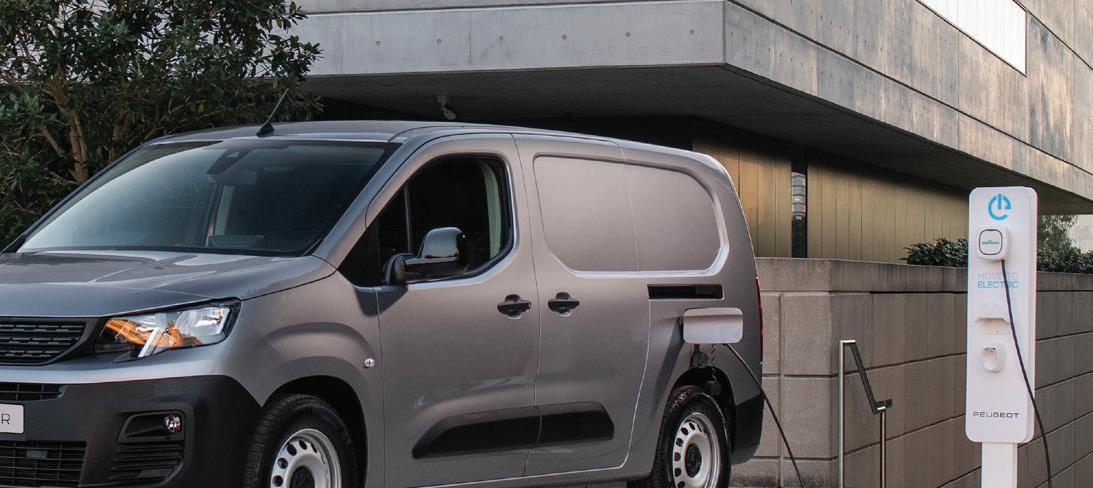

E-PARTNER 100% ELECTRIC 5 Years/200,000 km Warranty1 on PEUGEOT commercial vehicles - 5 Years Roadside Assist2 PEUGEOT commercial vehicles - Prepaid Service Plans available3 FOR THE DAY AHEAD 1. 5 Year/200,000 km Warranty on PEUGEOT commercial vehicles. Subject to terms, conditions, and exclusions. Visit www.peugeot.com.au/owners/warranty.html 2. 5 Year Roadside Assist on PEUGEOT commercial vehicles. Subject to terms, conditions, and exclusions. Visit www.peugeot.com.au/owners/peugeot-roadside assistance.html. 3. Subject to terms and conditions, visit www.peugeot.com.au/owners/peugeot-servicing/service-plans.html www.incleanmag.com.au 43
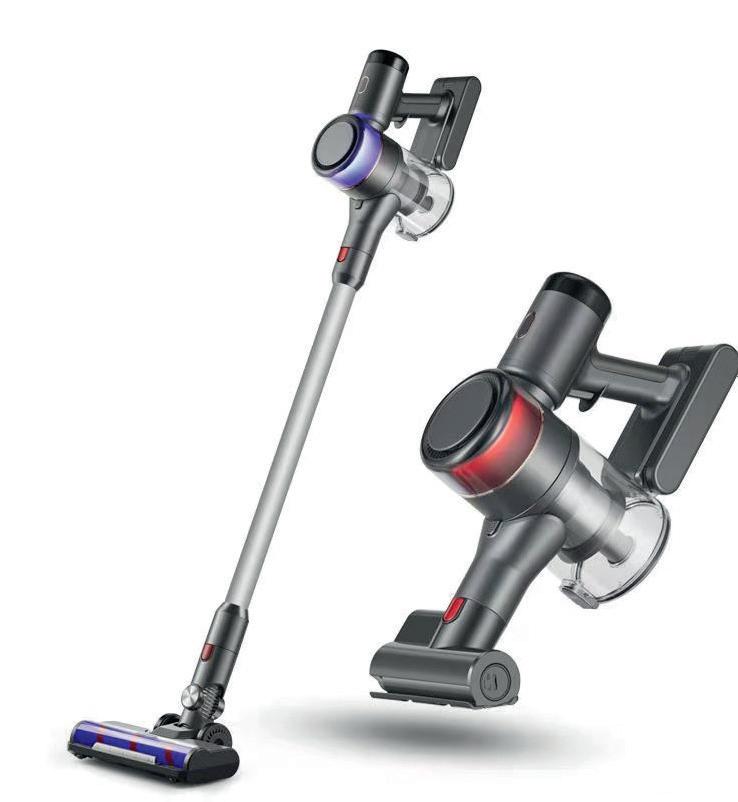

Tempo HD
Tempo HD is a multipurpose neutral detergent designed for use in commercial, institutions and industrial environments. Tempo HD rapidly emulsifies common food oils, minerals oils, and synthetic oils. Being pH neutral and solvent-free Tempo HD is safe for use on most surfaces. Tempo HD can be used in any area where oil and grease are a problem, including supermarkets, commercial buildings, kitchens, factories, institutional, government and healthcare facilities.
Concentrated formula


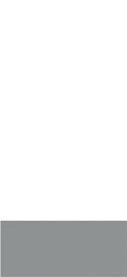
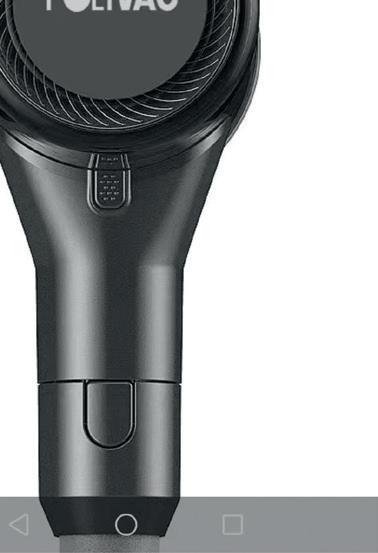
Polivac Rechargeable Stick Vac
Setting new standards in cleaning convenience with these features:
Rechargeable lithium battery
Up to 55 minutes operating time
Powerful 350 wattbrushless motor that e ortlessly captures dirt and dust from any surface
Motorised power brush ensures deep cleaning
Colour battery indicator
Speed indicator
0.6L bagless dust capacity
Detachable handvac
HEPA filtration to ensure clean, allergen-free air
Polivac International
(03) 8378-0000
sales@polivac.com.au
www.polivac.com.au
Neutral pH & solvent free
No anti-foam required
Makes up to 800-litres
Whiteley Corporation
1800 833 566
marketing@whiteley.com.au
www.whiteley.com.au

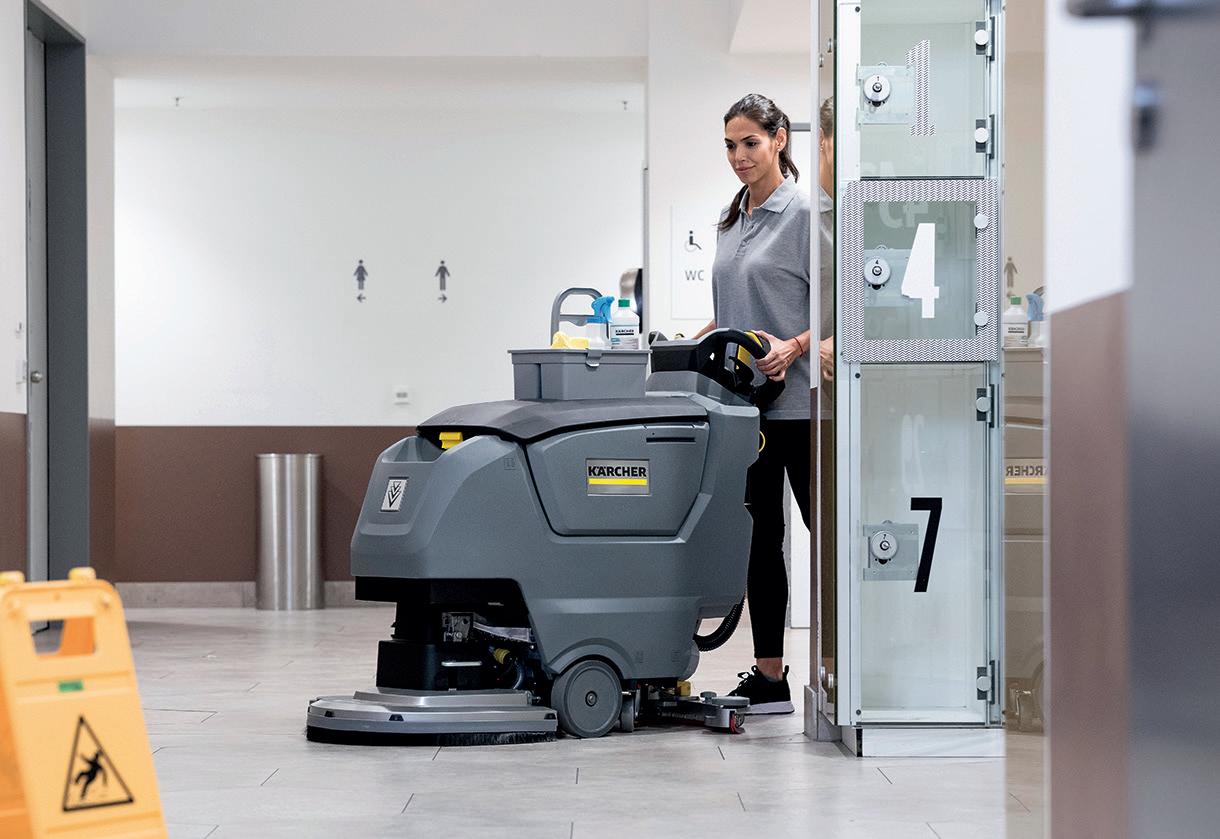
Kärcher B 50 W scrubber dryer
The Kärcher B 50 W combines proven quality with technical sophistication. One of the features of the B 50 W is its smartphone app, Machine Connect. The app provides access to a wide range of functions that are designed to optimise your cleaning experience. From FAQ videos and an overview of cleaning parameters to machine authorisations and available cleaning resources. The B 50 W is packed with innovative features including a contactless detergent dosing system, DOSE, ensures precise and e ortless dosing of cleaning agents, saving you time and ensuring consistent cleaning results. With the newly redesigned automatic dirty water tank rinsing system, cleaning the machine is a breeze, allowing you to focus on what matters mostachieving spotless surfaces.
Kärcher
1800 675 714
professionalcare@karcher.com
44 INCLEAN March / April 2024 PRODUCTS
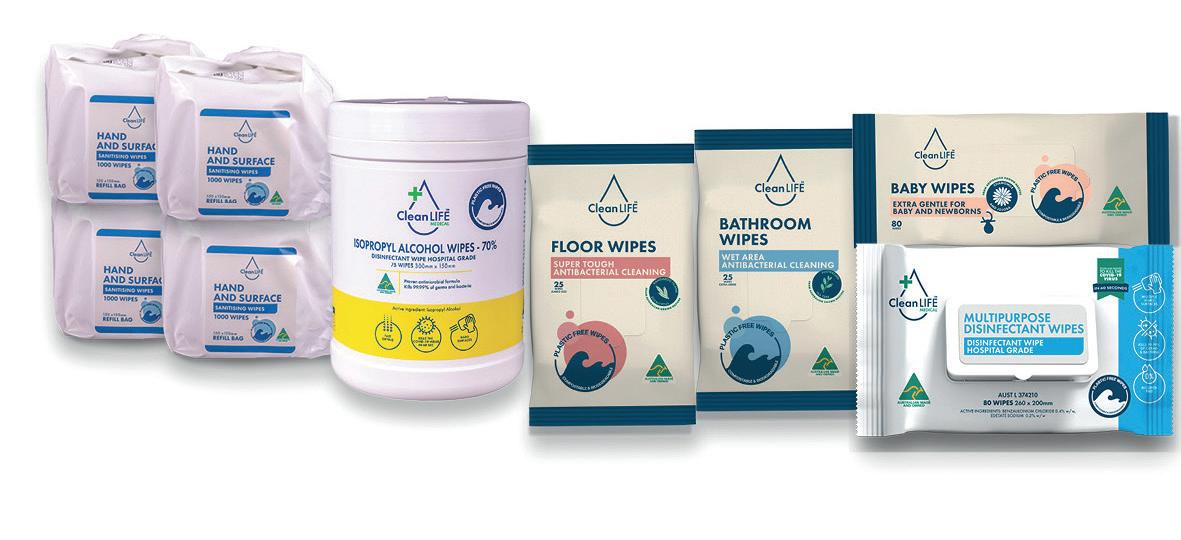
CleanLIFE plastic-free wipes available to purchase through RpaidClean stores
CleanLIFE plastic-free wipes are now available to purchase through RapidClean stores nationwide. The CleanLIFE plastic-free wipes for commercial and residential use come in a variety of formats that include soft packs, canisters, and bulk tubs/refills. The CleanLIFE range extends from baby/personal care right through to TGA-listed medical wipes and commercial bulk sanitising wipes.
These Australian made and owned wipes are manufactured in South Australia, using Australian purified water and Australian-grown natives/botanicals. To find your local RapidClean member please visit www.rapidclean.com.au.
RapidClean sales@rapidclean.com.au
www.rapidclean.com.au
ALLiON GC2
The ALLiON GC2 is a 48V Lithium Iron Phosphate (LiFePO4) battery with a capacity of 30 Amp Hours (Ah). The integrated BMS ensures that operation is safe and reliable over the life of the battery. The ALLiON GC2 offers all of the benefits of LiFePO4 chemistry including fast recharge, and high levels of safety and stability. It can deliver up to 6,000 cycles and provides significantly more usable capacity than lead acid batteries. The ALLiON GC2 includes CANBus communication ports for remote monitoring. By connecting the battery to the ALLiON AL4830-GAUGE Battery Monitor, you can remotely check the battery’s State of Charge (SoC), voltage and current flow. ALLiON GC2 batteries are a suitable power solution for floor cleaning machines, golf carts, commercial turf equipment and recreational vehicles. ALLiON GC2 batteries are available at R&J Batteries branches nationwide.
R&J Batteries
1300 769 282
industrialsales@rjbatt.com.au rjbatt.com.au
TEAM by WorkWave - Your next all-inone workforce management software
Coming next year to the cleaning industry, TEAM by WorkWave is an all-in-one workforce management software that solves common business challenges, like managing a disparate workforce, supporting compliance, and supplying proof of attendance, all while streamlining and optimising business performance.
TEAM by WorkWave aims to:
` Optimise scheduling
` Connect your mobile workforce and validate staff presence on site
` Ensure accuracy of payroll with inbuilt Award Interpretation
` Reduce redundancies and provide single source of truth data
` Provide actionable reporting and analytics
` Gain savings with streamlined, technology-driven processes
TEAM Software by WorkWave (03) 8899 6683
sales.apac@teamsoftware.com
www.teamsoftware.com
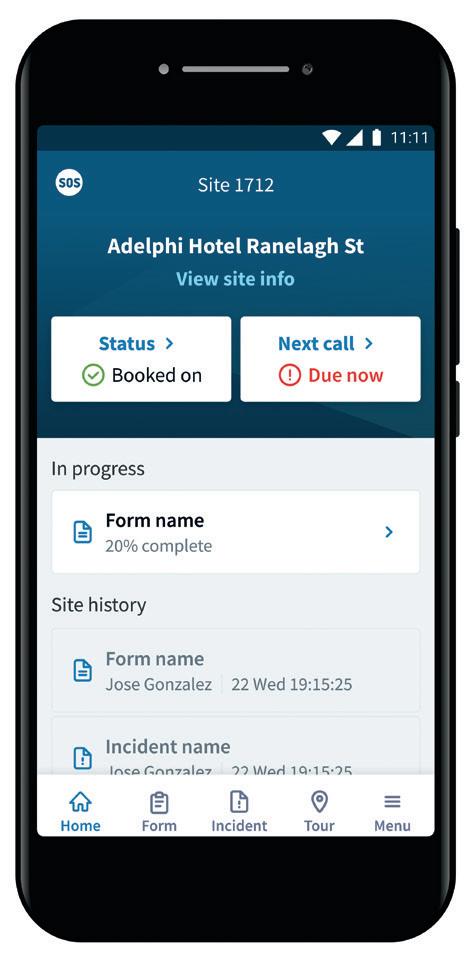
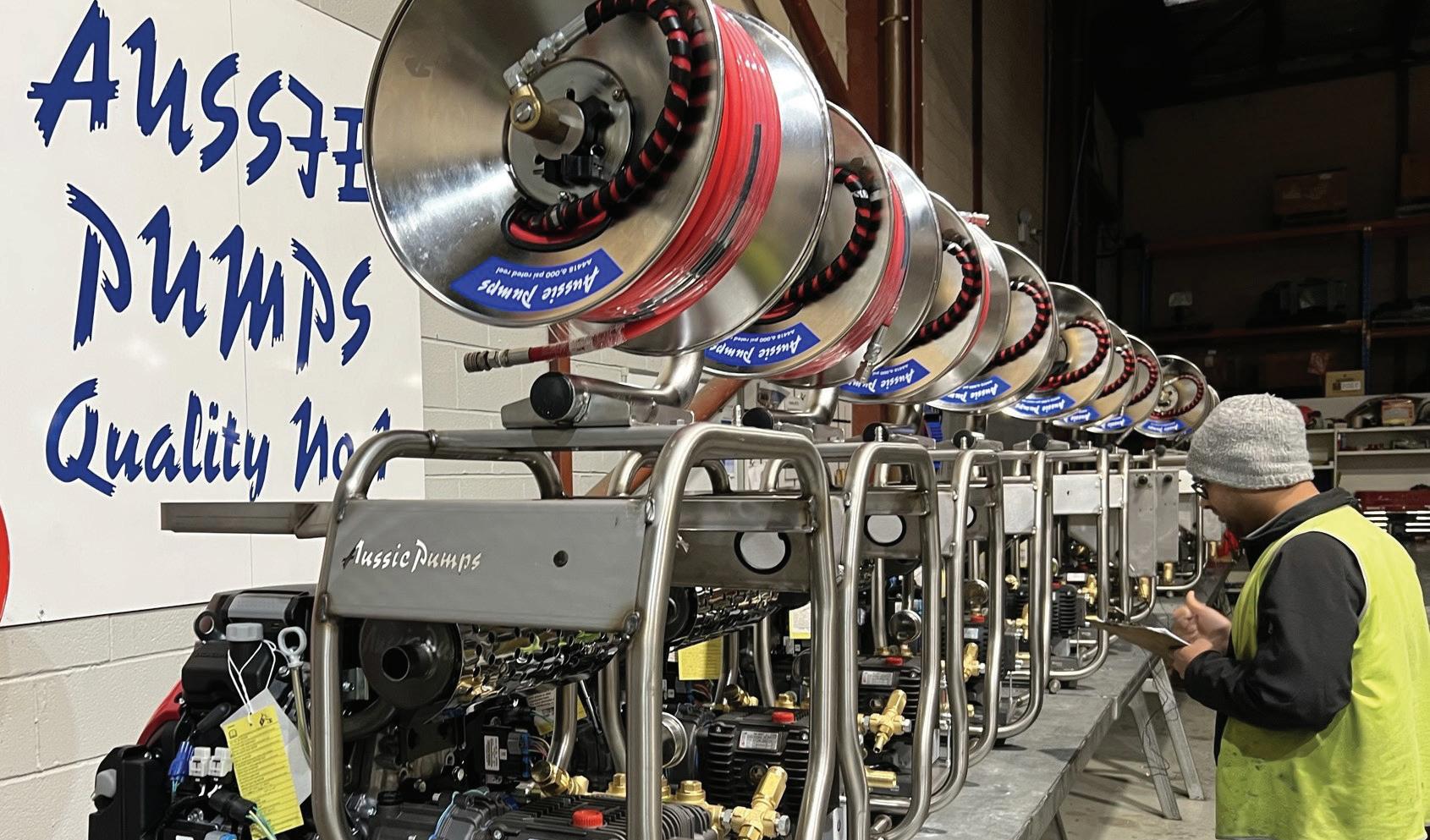
New Python Deluxe
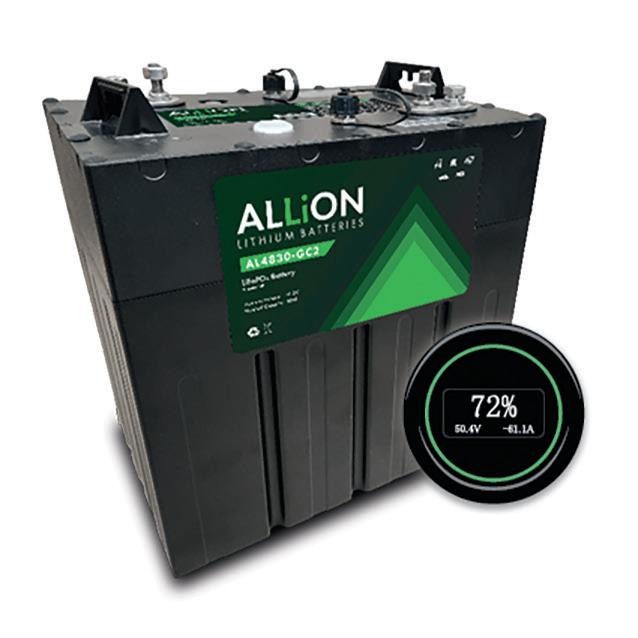

Aussie Pumps’ new Python Deluxe Jetter offers more capability for plumbers clearing blocked drains. The new version, powered by Honda’s high tech iGX800 engine delivers more flow, at pressure than any other comparable machine. The Python Deluxe offers the capability to clean up to 9” diameter pipes. This performance is delivered by a 341plm flow pump that can operate a maximum pressure of 4,200 psi. The combination of pressure and flow clears bigger blocked drains fast. The Aussie Python in the new version, comes with a sculpted stainless steel heavy duty frame, a 30 litre stainless steel break tank with cut off float and low water cut out pump protection. Stainless steel reels are included in the standard package. The unit is Class B requiring operator certification available through Aussies’s Safety Training Program available online.
Aussie Pumps
02 8865 3500
Aussiepumps.com.au
www.incleanmag.com.au 45 PRODUCTS
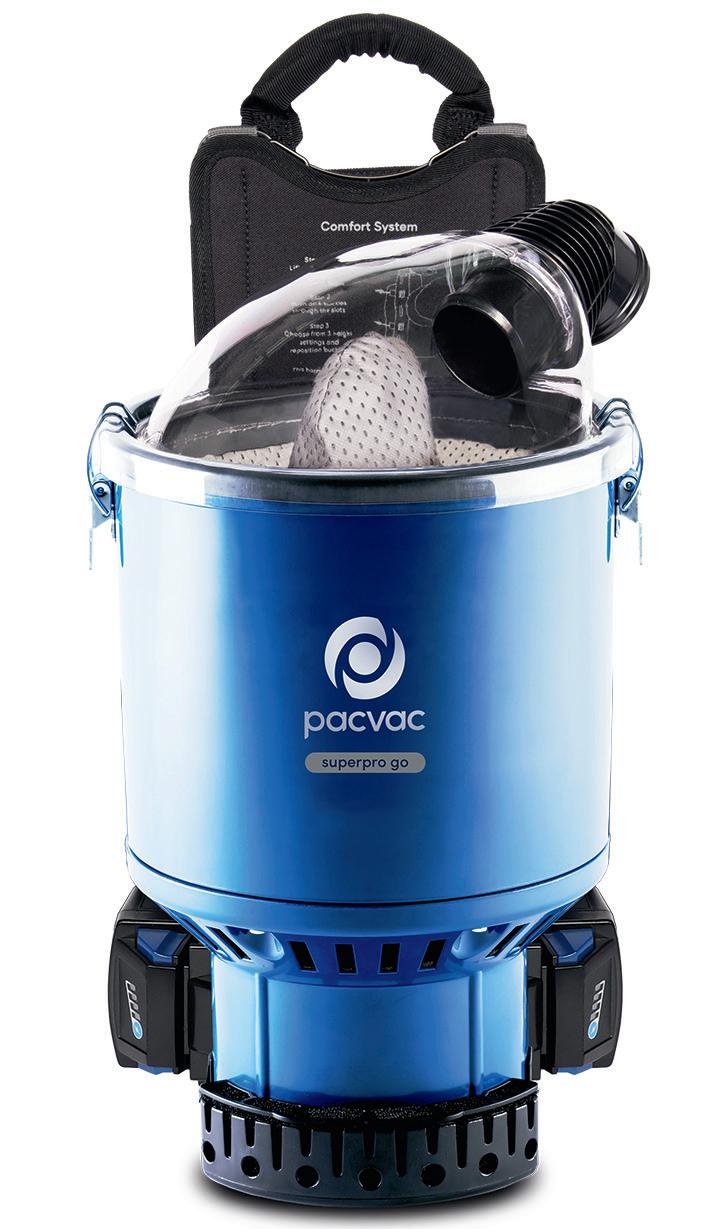
INOX Scour N Sponge
The INOX Scour N Sponge combines the cleaning power of a stainless-steel ball with the flexibility of a sponge to clean edges of the pan. The unique INOX yarn is knitted to increase its durability and life compared to the average stainless-steel ball. It is ideal for cleaning stainless steel pts, pans, dishes, cutlery, co ee machine steam wand etc.
Oates Professional
1300 669 686
csvic@fhp-ww.com
professional.oates.com.au
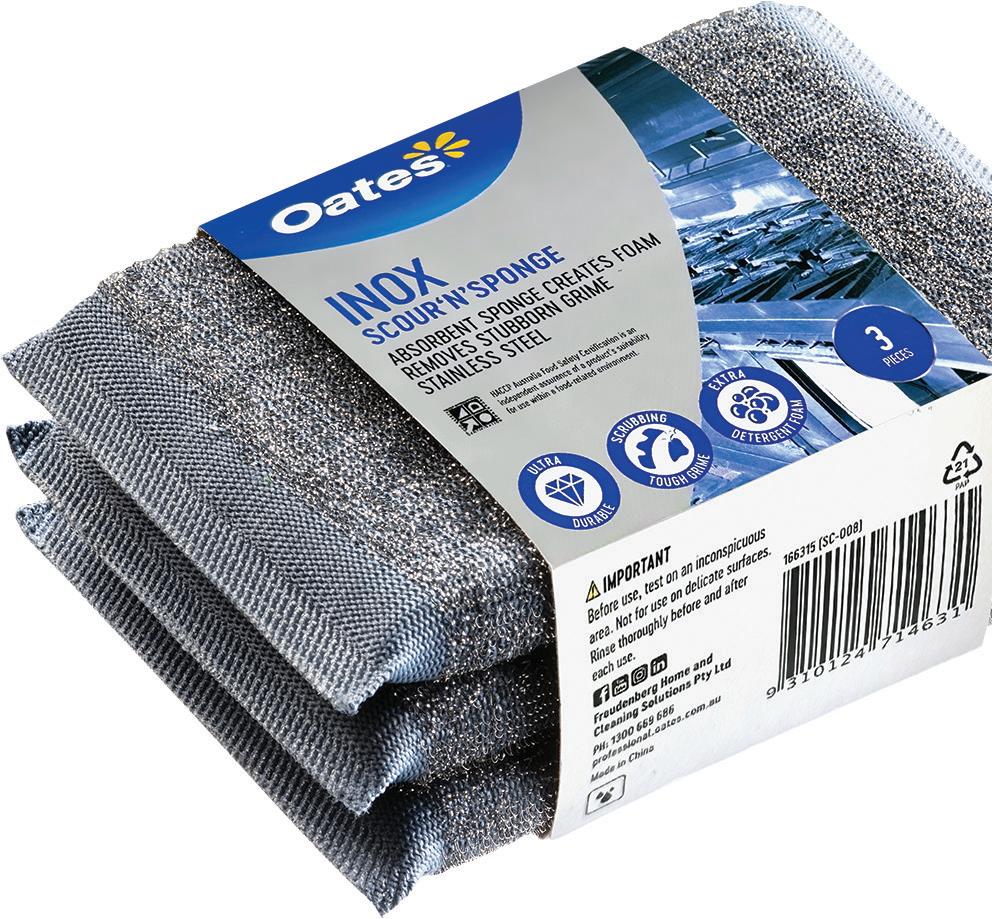

Get ready to go with Pacvac’s Superpro go
Pacvac’s Superpro battery 700 advanced has been a cleaning industry favourite for the past decade, and it was time for an innovative upgrade. The Superpro go features Pacvac’s Ecoharness, made from at least 50 per cent recycled postconsumer polyester (rPet) - otherwise known as recycled plastic water bottles. It gives its wearer a comfortable, tailored fit with a height adjustability system, extra thick padding, load bearing straps and breathable mesh. Enjoy powerful suction designed to e ortlessly li away dirt, debris and allergens, along with the new powerful boost mode for a satisfying instant surge of even stronger suction for those extra-demanding cleaning tasks!
Pacvac
(08) 9479 1444
support@pacvac.com
Pavac.com
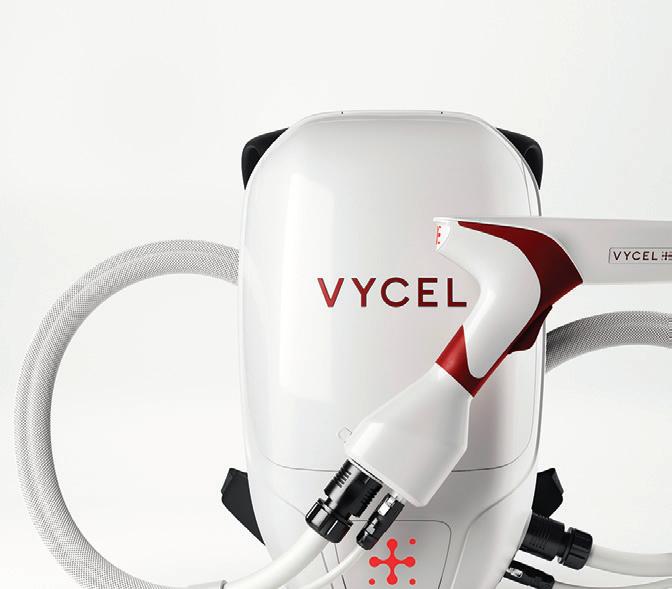

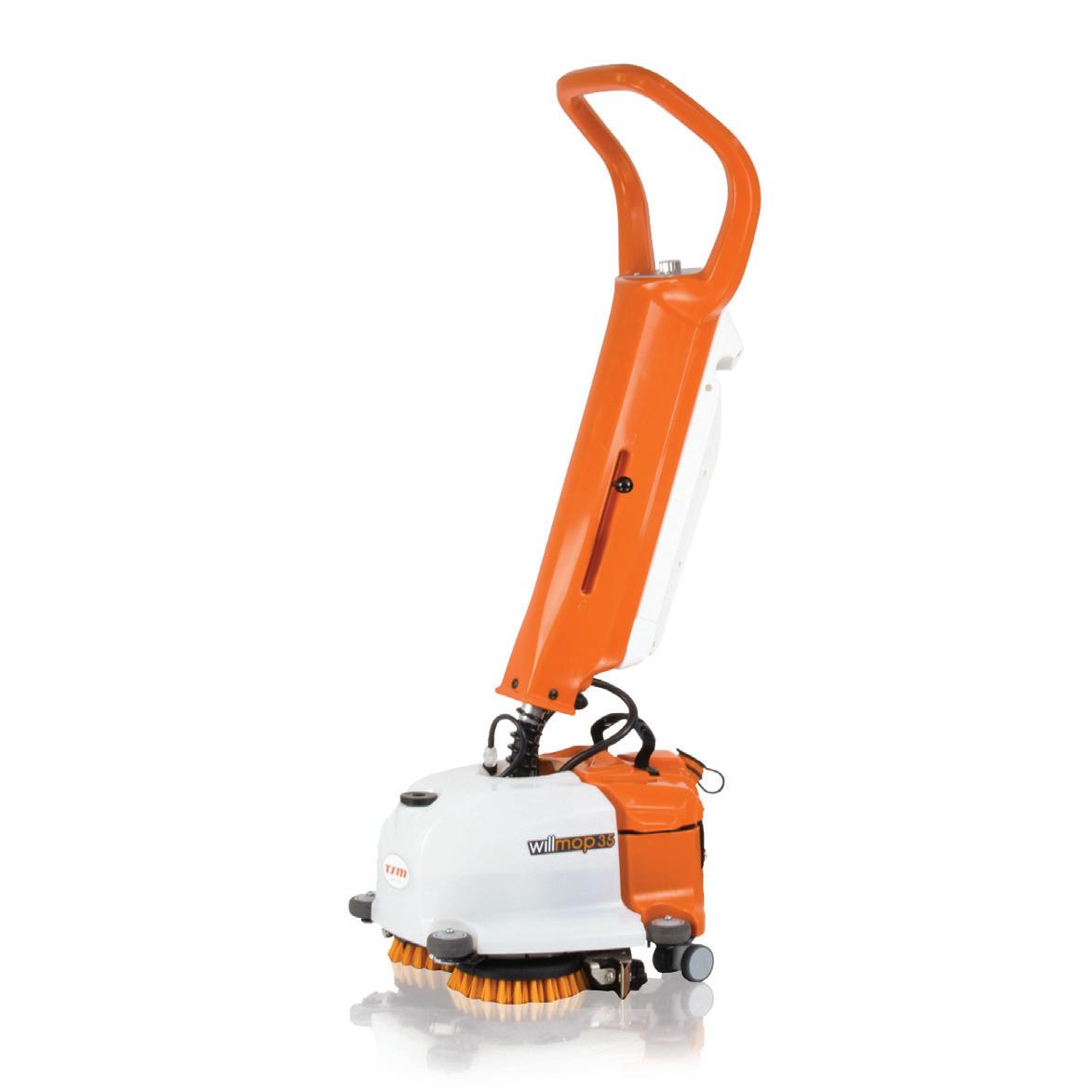
Willmop 35 Vertical Scrubber-Dryer
Thanks to the compact vertical scrubber-dryer Willmop 35, incredibly fast, professional cleaning in small and narrow spaces is attainable. Willmop 35 is designed to get the job done in a heartbeat.
37cm scrubbing paths
1400m2/hr coverage and up to 70 mins working time
Swappable lithium battery
Fully 360° rotatable steering guarantees revolutionary manoeuvrability
Free demonstration available
Central Cleaning Supplies
1300 347 347
sales@centralcleaning.com.au
www.centralcleaning.com.au
Vycel Electrostatic Sprayer

The Vycel Electrostatic Sprayer protects against viruses and pathogens by delivering a positively charged water-based antimicrobial spray, creating a mist that evenly coats and wraps surfaces, cleaning the air it passes through and disinfecting all surfaces rapidly and with ease. Up to 99.99 per cent e ective against pathogens, the Vycel Electrostatic Sprayer is easy to use, runs quietly, and leaves viruses nowhere to hide.
Coats and wraps 100 per cent of surfaces e ectively for full coverage
Covers up to 15,000 sq per tank (350 sq per minute coverage)
Disinfects and sanitises an area in 25 per cent of the time
Uses up to 75 per cent less liquid chemical solutions than traditional disinfecting methods
Dwell time of 30 seconds and no wiping required
Cordless and battery powered
CLEANSTAR XPOWER
03 9460 5655
sales@cleanstar.com.au
www.cleanstar.com.au
46 INCLEAN March / April 2024 PRODUCTS
Targeting Clean
SEBO DART Series consists of a twin motor upright vacuum cleaner and ultra-high speed Polishing Head for lightweight, versatile and easy to manoeuvre commercial cleaning. The vacuum boasts a “Flex” neck, S-Class filtration, an on-board hose, a crevice nozzle, powerhead with 4-level brush height adjustment and auto shut-off, it is userfriendly and achieves superb cleaning results quickly, easily, and economically. When added to the DART 2 professional vacuum cleaner, the UHS (ultra-high speed) polisher removes fine dust particles before releasing a gloss finish, without the use of chemicals or water. This has been achieved by using diamond pad technology, ultra-high speed and a patented automatic pad adjustment system that sets the pad to the correct height for the floor surface. Using the DART polisher with diamond pads eliminates the health and safety hazard of wet floors and saves the time and cost of applying chemical treatments.
SEBO Australia
02 9678 9577
www.sebo.com.au
Handpass
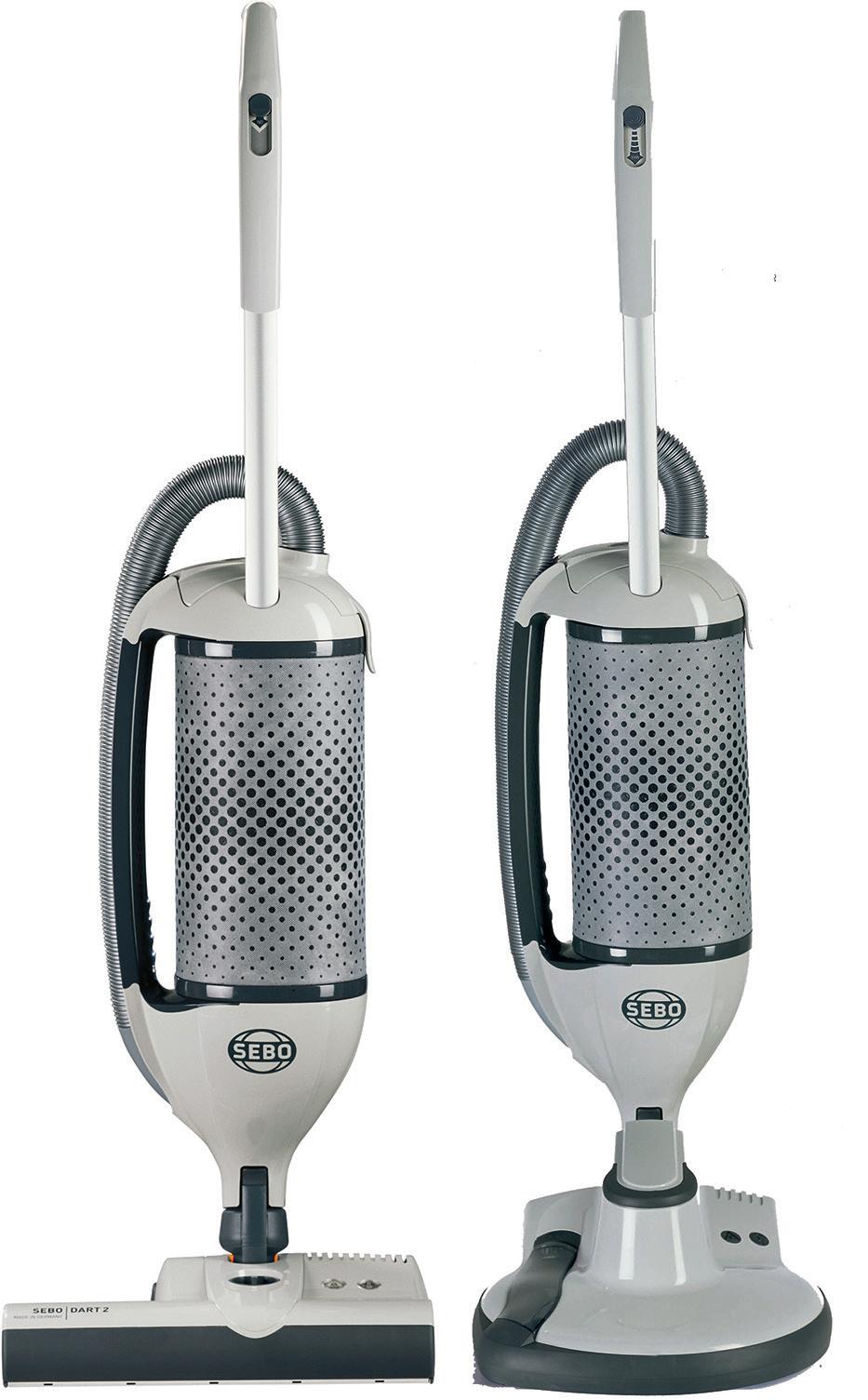
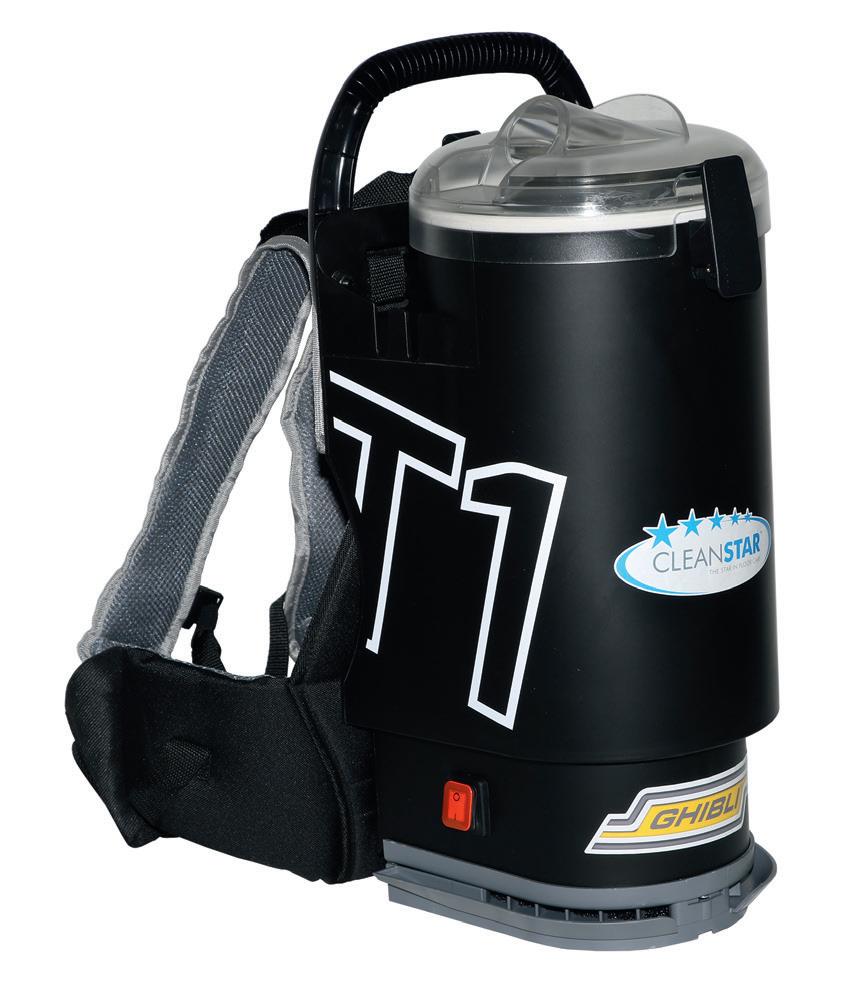
Ghibli T1 Backpack Vacuum Cleaner
Handpass is an antibacterial foaming hand soap enriched with aloe vera and other moisturisers that care for the skin. Designed for special foaming dispensers, it offers efficient and gentle cleansing suitable for food handlers, leaving hands soft and hygienic.
` No added fragrance; safe for food-handlers
` Economical with controlled dispensing
` Contains moisturising aloe vera and is pH-balanced
` Kills germs and leaves hands soft and hygienic
Agar Cleaning Systems
1800 301 302
sales@agar.com.au
agar.com.au
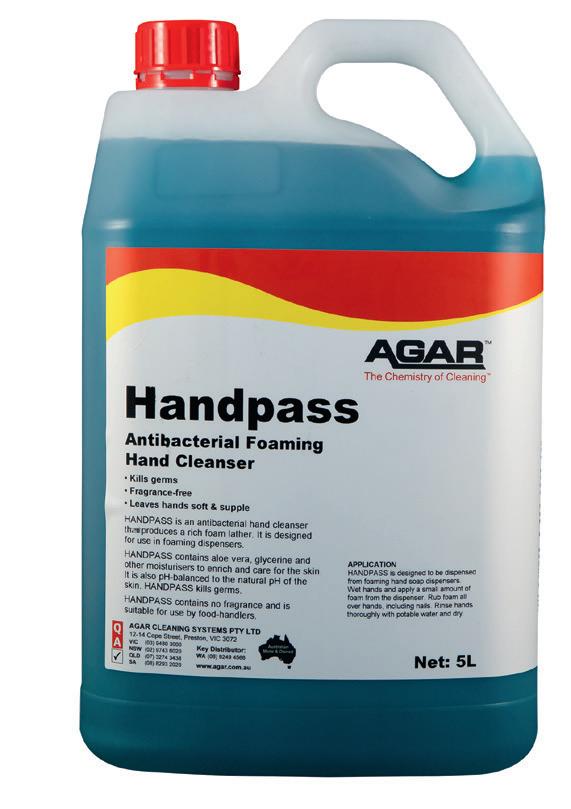

Boasting 1450 watts of pure force and lightweight at 4.78kgs, the Ghibli T1 Backpack Vacuum Cleaner is one of the lightest, quietest and most powerful backpacks on the market. Its HEPA-14 Filtration system and thermal motor protection ensures the life of the machine. The T1 Backpack now comes with 30 per cent recycled materials, as well as responsible brown box packaging that is made from 70 per cent recycled and 30 per cent responsibly sourced from Visy’s tree plantation in Tumut, NSW, while the box is 100 per cent recyclable ensuring less packaging waste.
CLEANSTAR XPOWER
03 9460 5655
sales@cleanstar.com.au
www.cleanstar.com.au
Central Cleaning Supplies
Nitrile Gloves
Central Cleaning Supplies’ range of disposable Nitrile Gloves are ideal for use in many types of applications. They are latex free, chemical resistant, ambidextrous, and finger textured. Available powder free in packs of 100, blue or black and in sizes ranging from small, medium, large, to extra-large.
Central Cleaning Supplies
1300 347 347
sales@centralcleaning.com.au
www.centralcleaning.com.au
www.incleanmag.com.au 47 PRODUCTS









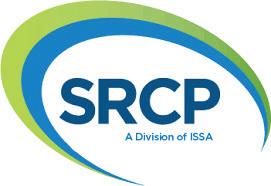
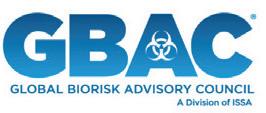
TOGETHER WE CHANGE THE WAY THE WORLD VIEWS CLEANING! JOIN NOW! EVENTS & TRADE SHOWS Benefit from networking events and global trade shows, including the Australian ISSA Cleaning & Hygiene Expo. issa.com/oceania oceania@issa.com 1800 621 872 Search ISSA Oceania ISSA OCEANIA MEMBER BENEFITS JOIN TODAY! issa.com/oceania oceania@issa.com +61 298 904 951 Search ISSA Oceania EDUCATION, CERTIFICATION & STANDARDS Take your operation to the next level with industry-leading training, education programs and accreditation, customised to the needs of Australian and New Zealand businesses. INDUSTRY NEWS Be on the front foot with INCLEAN magazine, international publications like ISSA Today and Cleanfax, online news and ISSA TV. GLOBAL NETWORK Expose your business to the ISSA Group, international office networks and alliances. MEMBER DIRECTORY Get featured in the online listing of all members which attracts over 15,000 clicks per month and provides access to all company profiles. FOUNDATION OF EXPERTISE Share in our vision, mission, values and goals. Together we can change the way the world views cleaning. TRENDS & INSIGHTS Gain valuable market analysis both regionally and globally. LOCAL MEMBER BENEFITS The ISSA Oceania team is working with a number of local service providers to provide members with exclusive discounts to relevant services. COMPLIMENTARY RESOURCES FOR YOUR BUSINESS Enjoy complimentary tools like Product Cost & Usage Calculator, Workloading & Bidding Tool, The Value of Clean Toolkit to take your business to the next level.
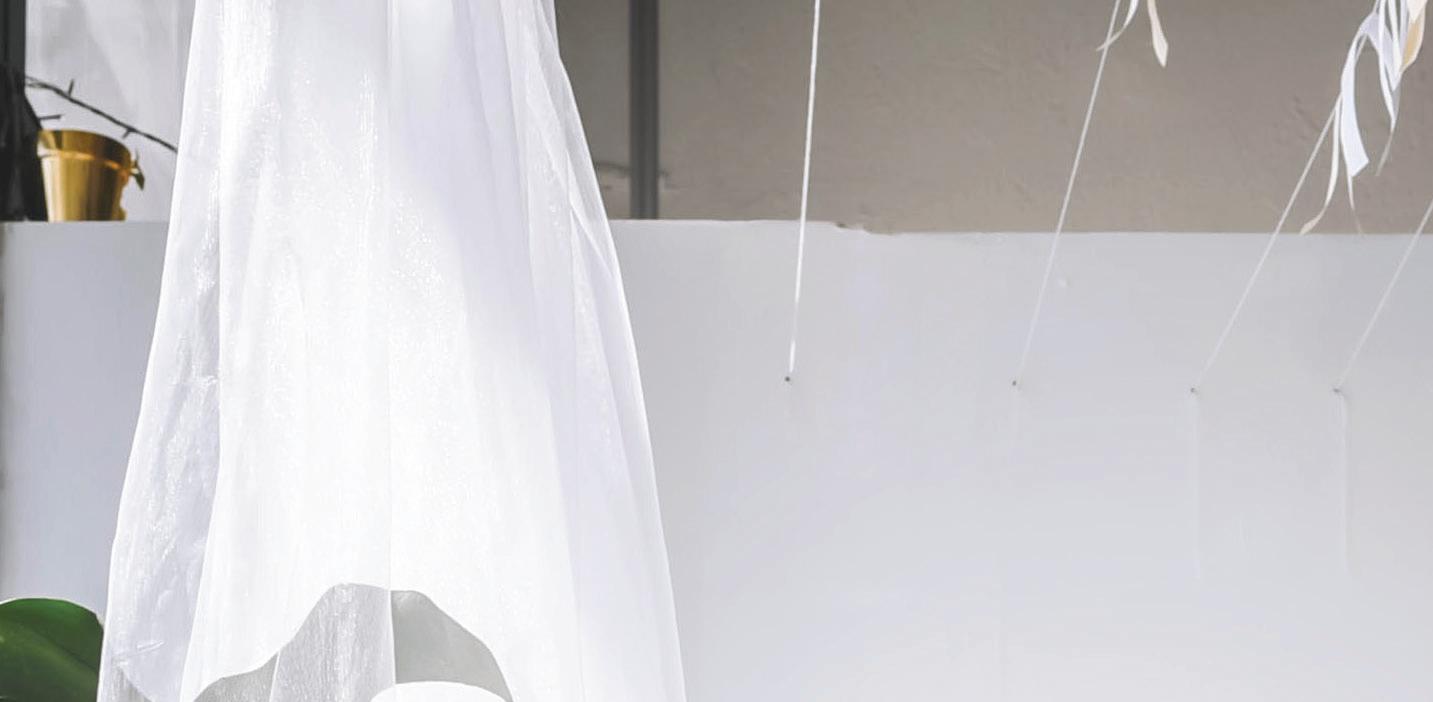

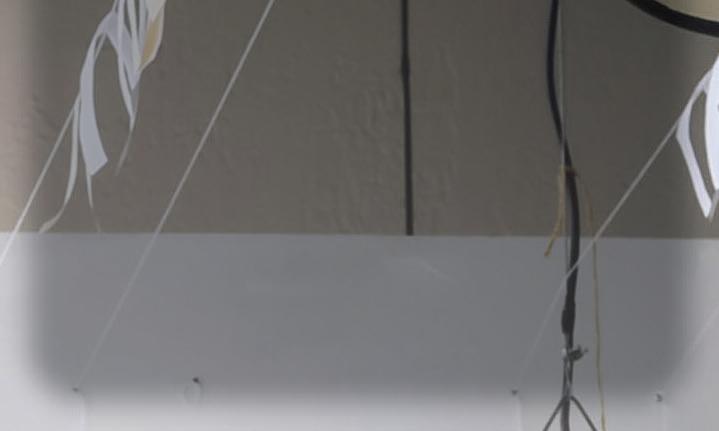
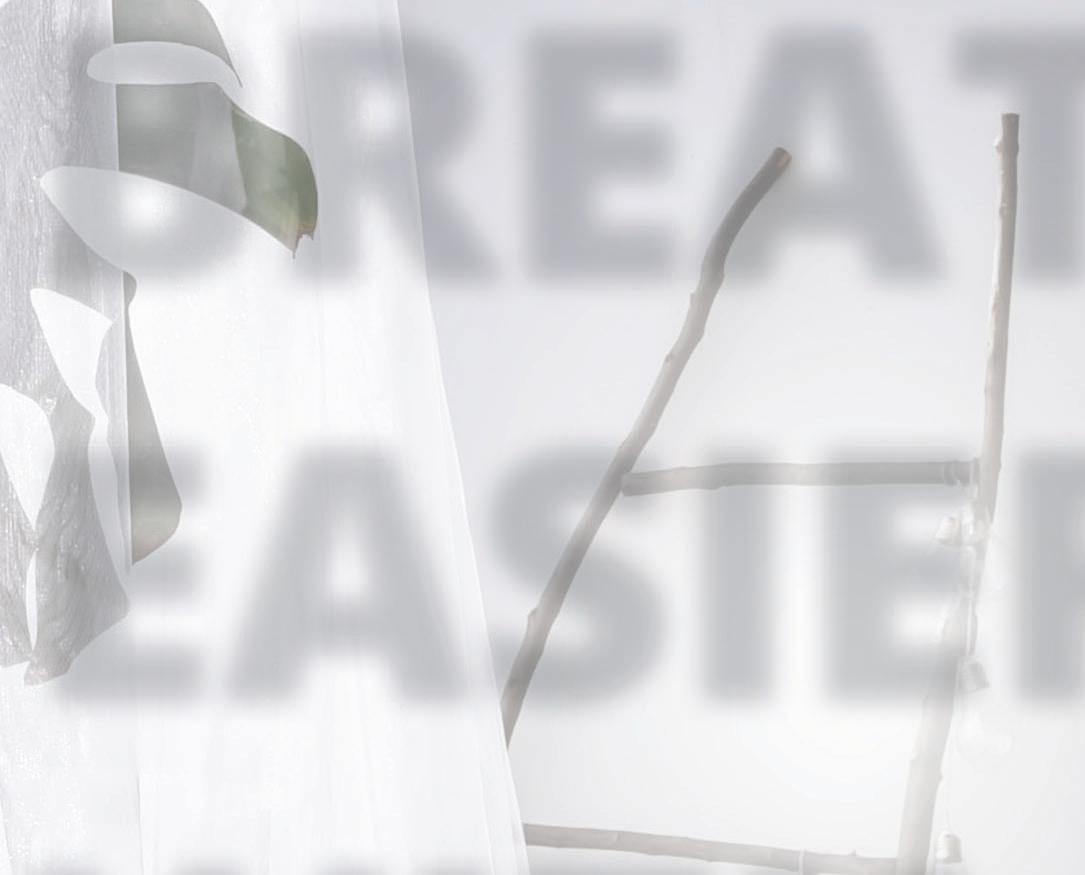

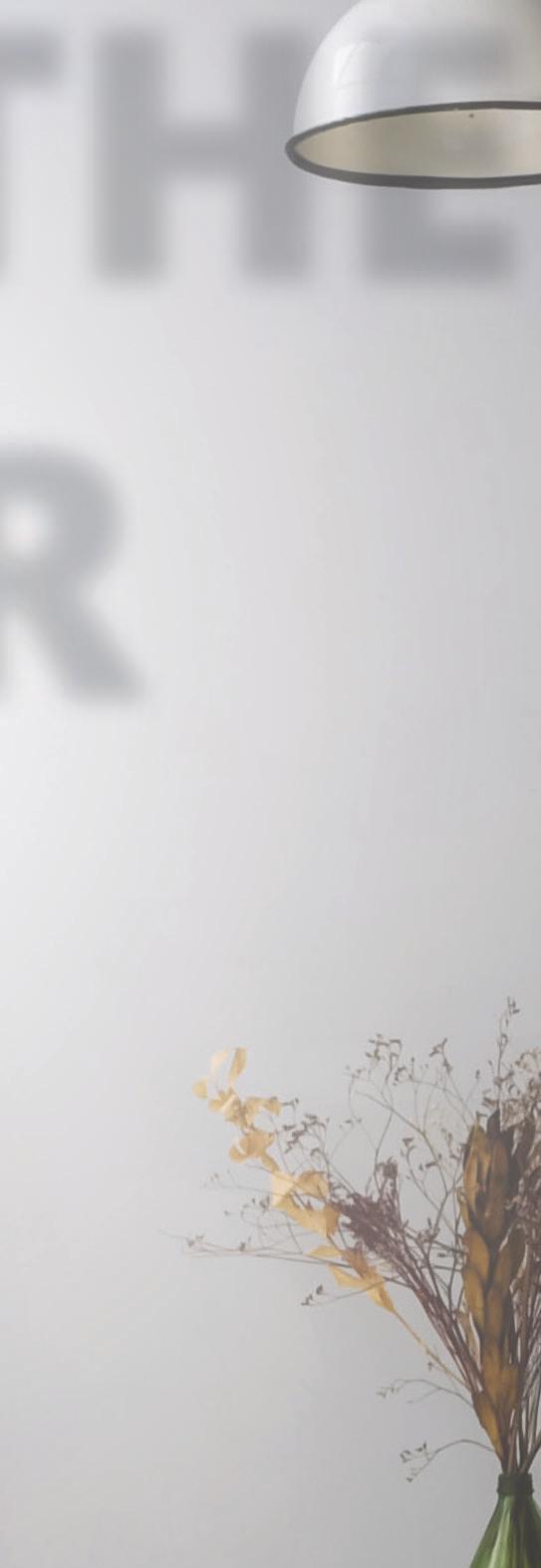
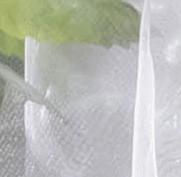
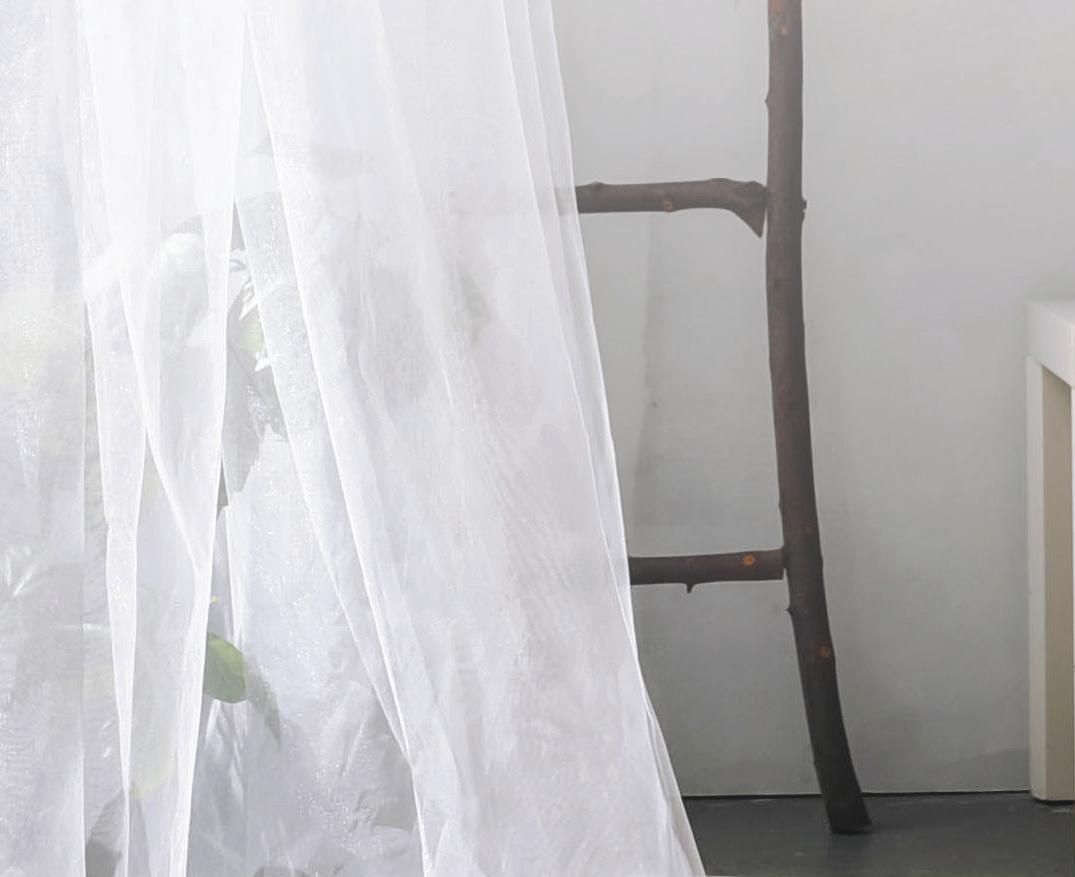

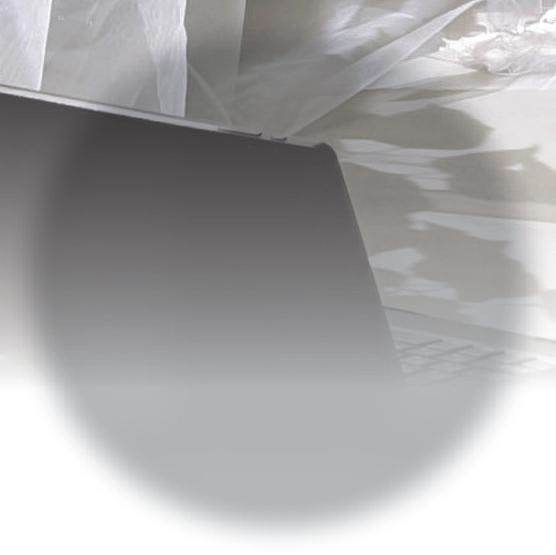
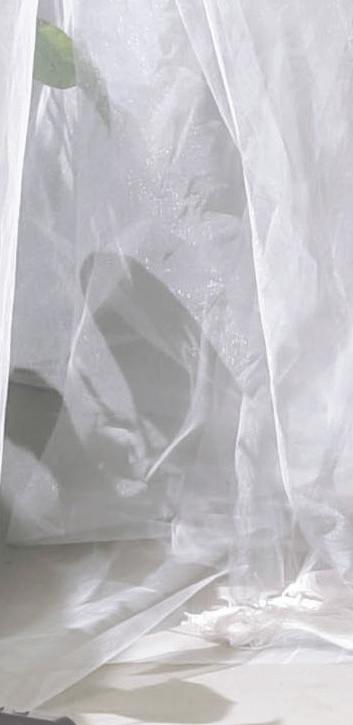
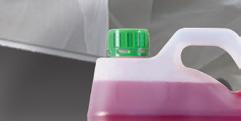
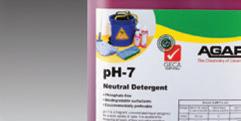
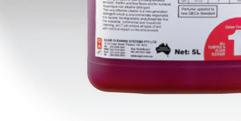

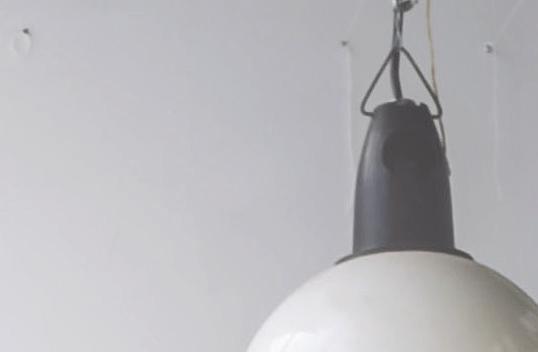

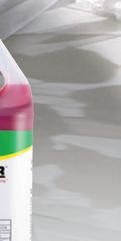

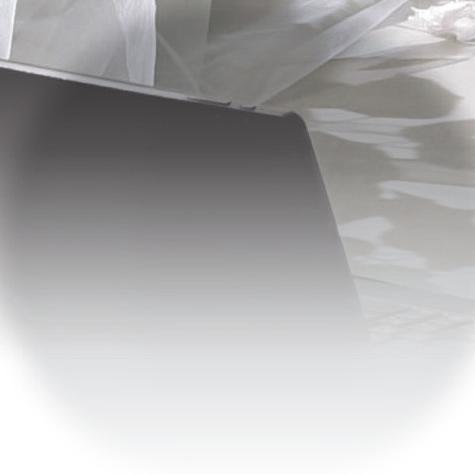


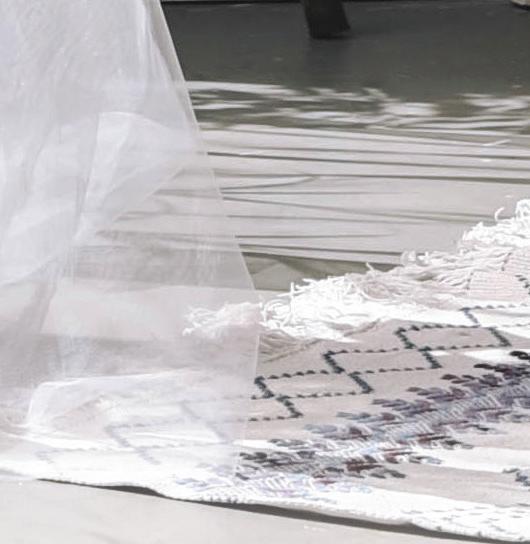
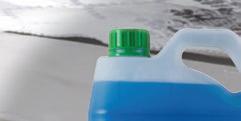
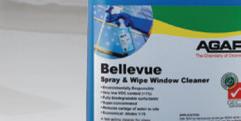



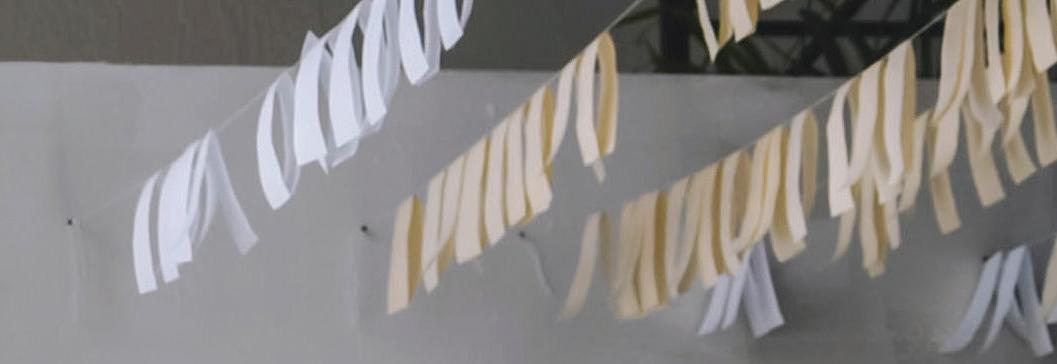
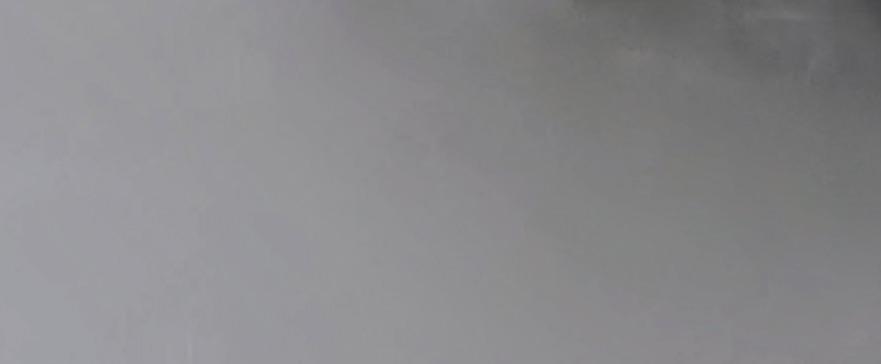
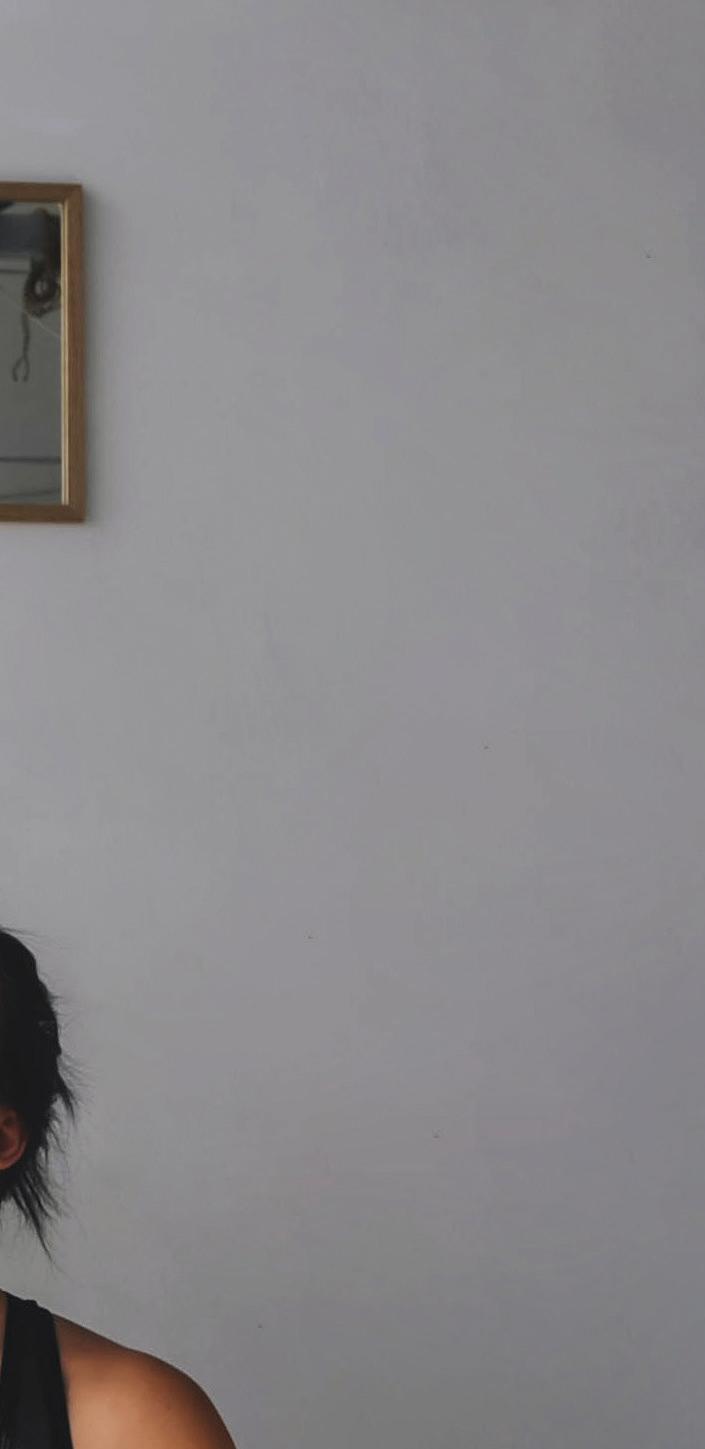
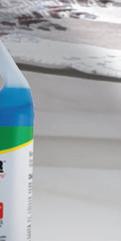

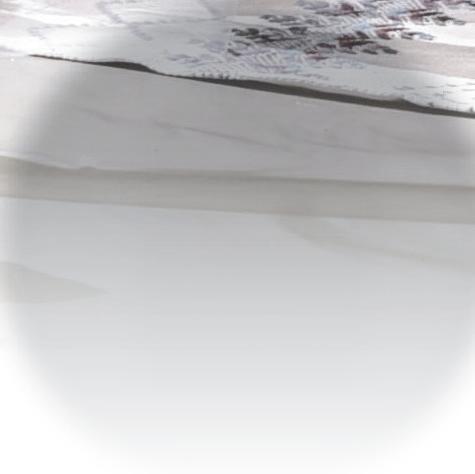
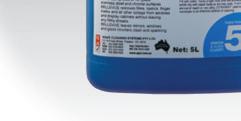
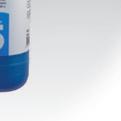



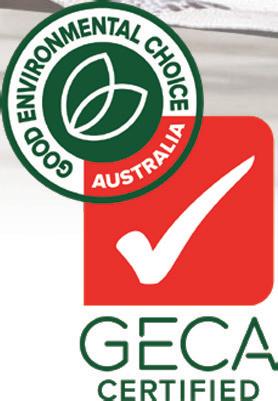

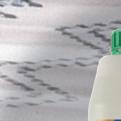
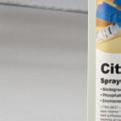

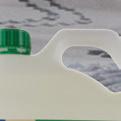
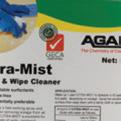

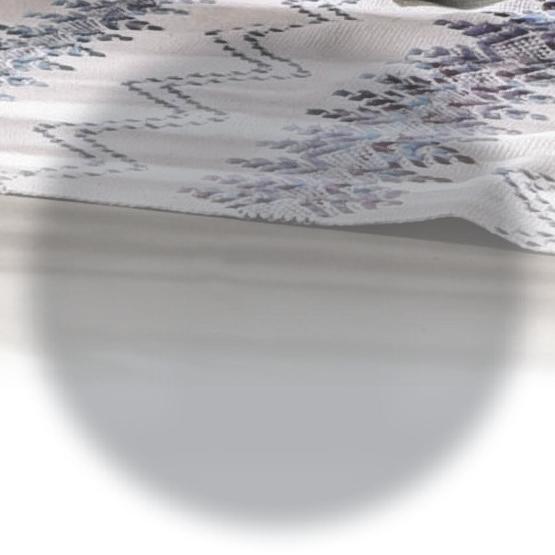
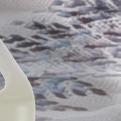
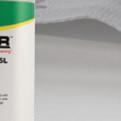
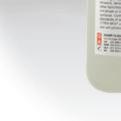

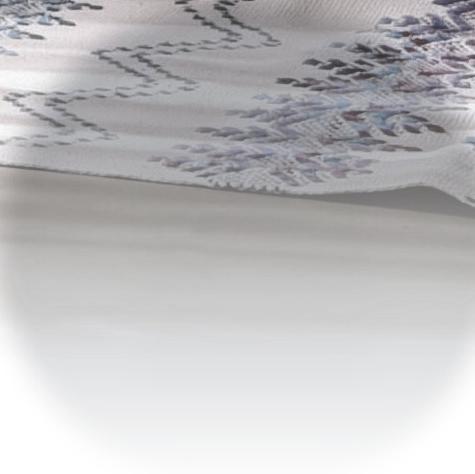

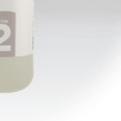

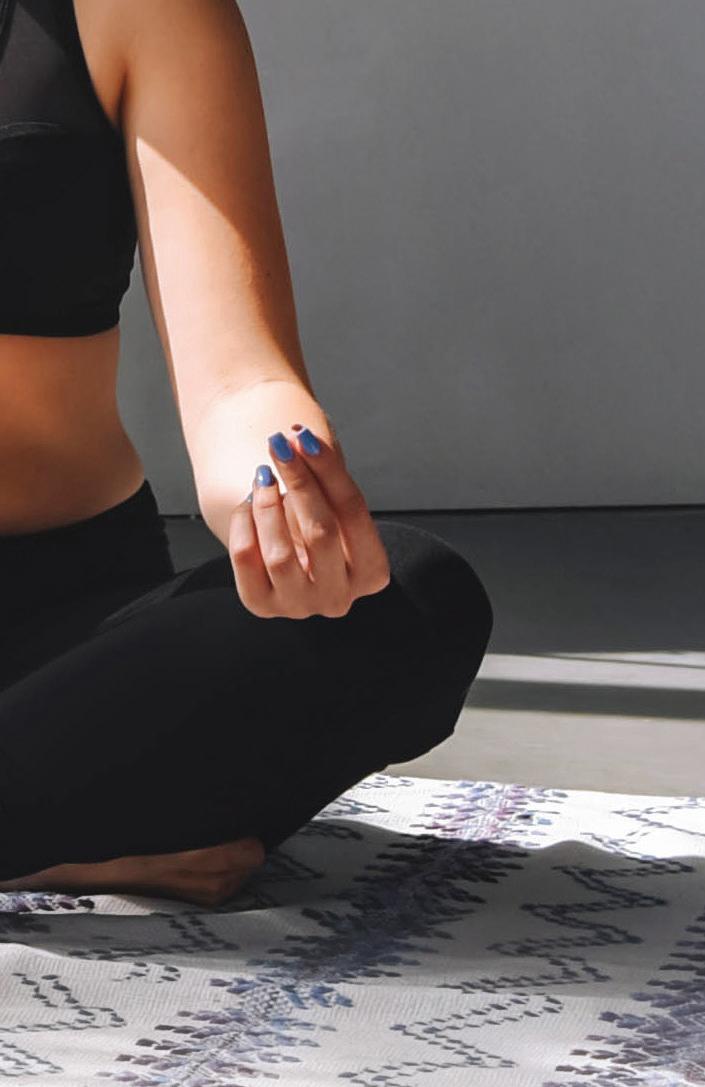
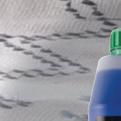
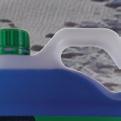
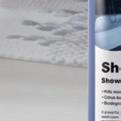
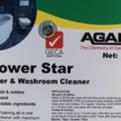
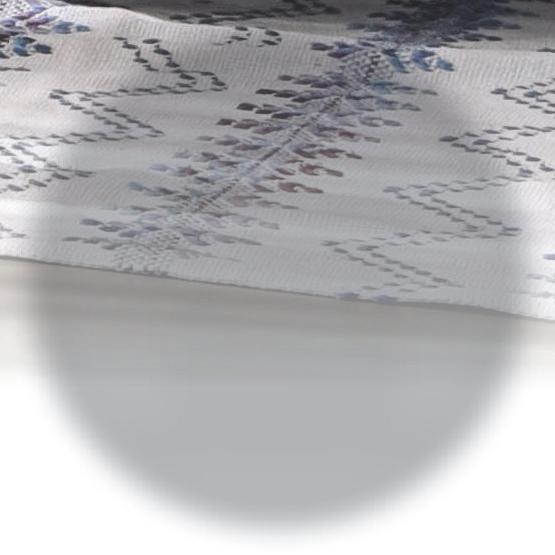
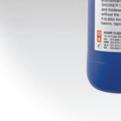
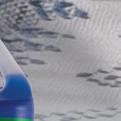
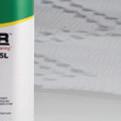

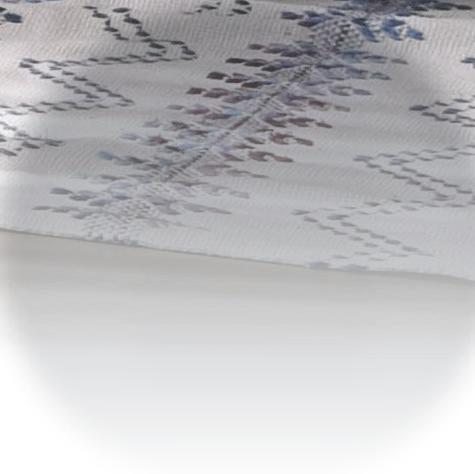
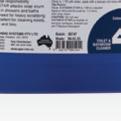
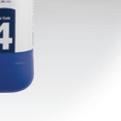

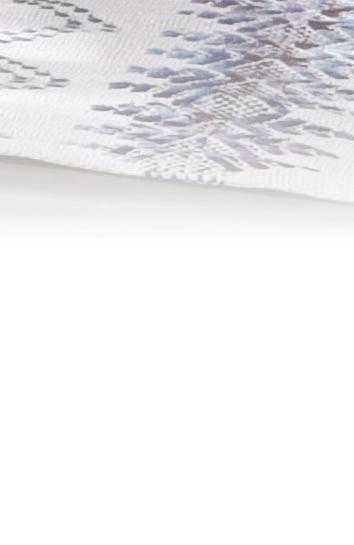
1800 301 302 | agar.com.au | sales@agar.com.au Bathroom Cleaner Spray & Wipe Cleaner Glass Cleaner All Purpose & Floor Low VOC’s in Agar’s GECA certified green cleaning range leads to better indoor air quality, meaning you can breathe easier! LOW VOC’S We continuously improve our formulas to be safe to use for our people, property, and the planet. SAFE TO USE BREATHE EASIER WITH AGAR SCAN TO LEARN MORE







































































































































 Garth Michalson, Managing Director, Cleanstar
Garth Michalson, Managing Director, Cleanstar

































































 Polivac Electric Shark Scrubber (SKMK2)
Polivac Electric Shark Scrubber (SKMK2)










































































































































































































































































































































































































































